Quick filters:
Moon chariot Stock Photos and Images
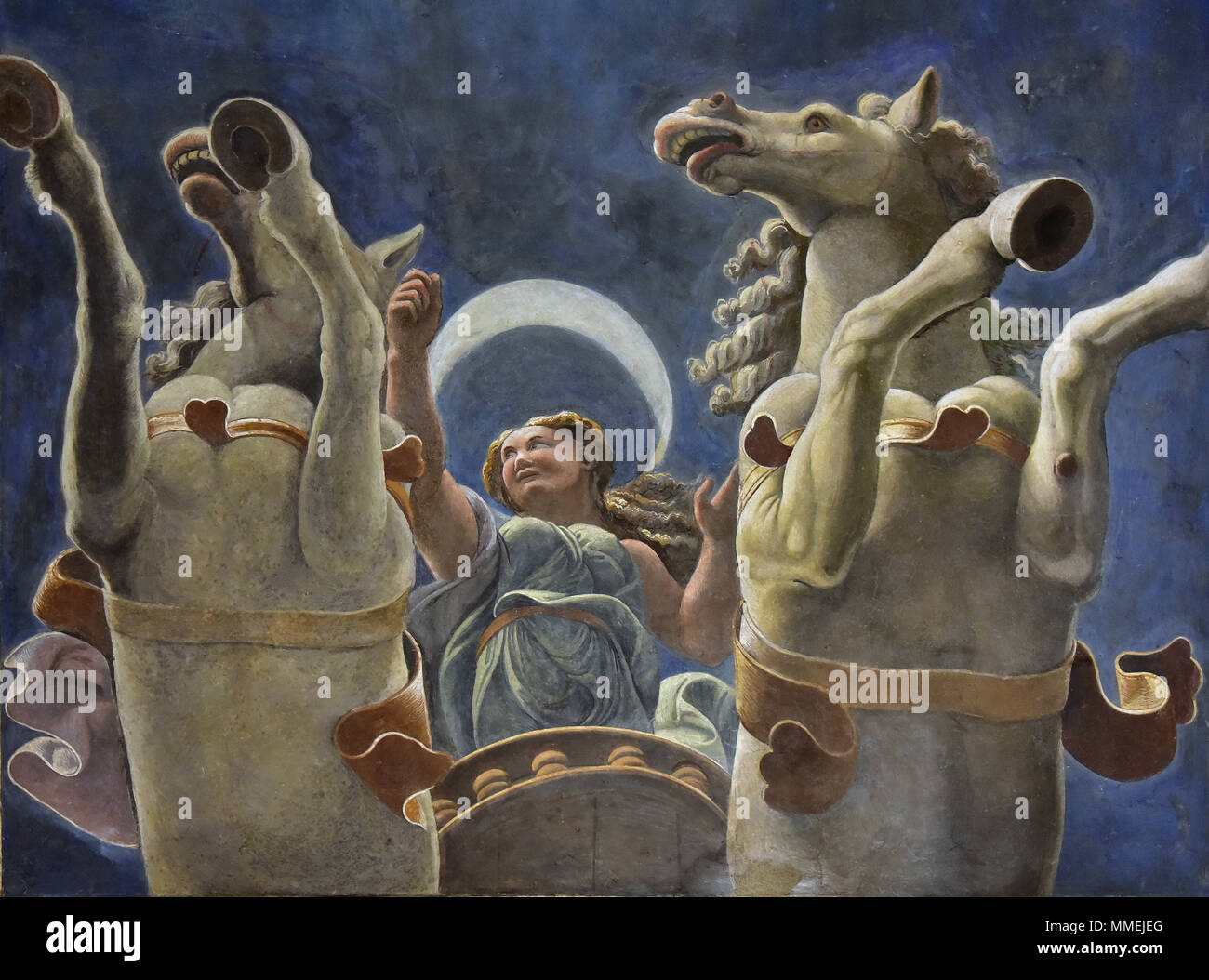 Chariot of the Moon fresco, Stanza del Sole, by Giulio Romano, Palazzo del Te, Mantua, Italy Stock Photohttps://www.alamy.com/image-license-details/?v=1https://www.alamy.com/chariot-of-the-moon-fresco-stanza-del-sole-by-giulio-romano-palazzo-del-te-mantua-italy-image184718648.html
Chariot of the Moon fresco, Stanza del Sole, by Giulio Romano, Palazzo del Te, Mantua, Italy Stock Photohttps://www.alamy.com/image-license-details/?v=1https://www.alamy.com/chariot-of-the-moon-fresco-stanza-del-sole-by-giulio-romano-palazzo-del-te-mantua-italy-image184718648.htmlRMMMEJEG–Chariot of the Moon fresco, Stanza del Sole, by Giulio Romano, Palazzo del Te, Mantua, Italy
 Tarot card image of Luna (the moon) from the Mantegna deck. The images shows the moon goddess driving her chariot across the skies, holding the crescent of the moon in her hand. Stock Photohttps://www.alamy.com/image-license-details/?v=1https://www.alamy.com/stock-photo-tarot-card-image-of-luna-the-moon-from-the-mantegna-deck-the-images-104000467.html
Tarot card image of Luna (the moon) from the Mantegna deck. The images shows the moon goddess driving her chariot across the skies, holding the crescent of the moon in her hand. Stock Photohttps://www.alamy.com/image-license-details/?v=1https://www.alamy.com/stock-photo-tarot-card-image-of-luna-the-moon-from-the-mantegna-deck-the-images-104000467.htmlRMG15HJB–Tarot card image of Luna (the moon) from the Mantegna deck. The images shows the moon goddess driving her chariot across the skies, holding the crescent of the moon in her hand.
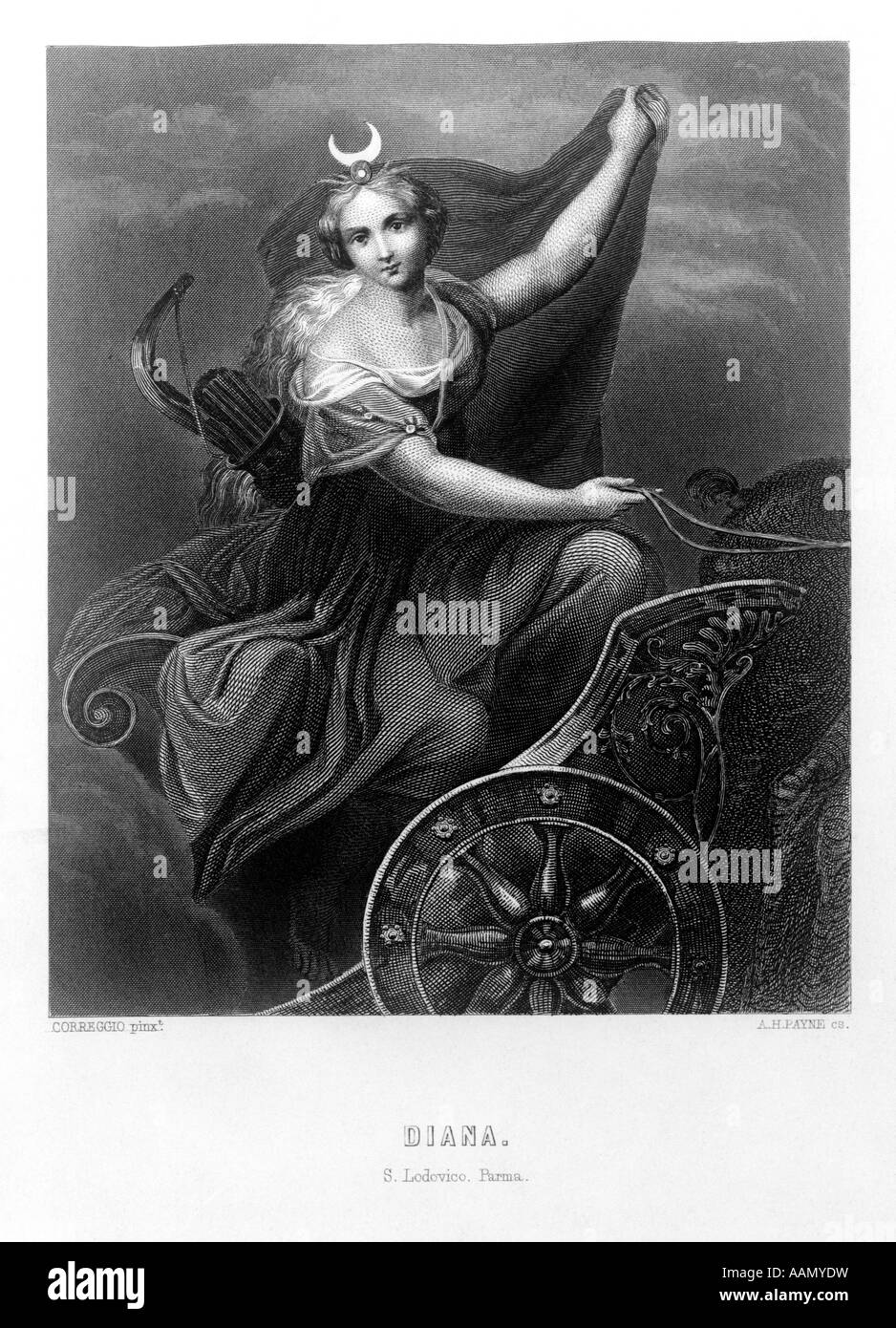 DIANA IN HER CHARIOT ROMAN GODDESS OF THE MOON FORESTS ANIMALS ENGRAVING BY PAYNE AFTER PAINTING BY CORREGGIO Stock Photohttps://www.alamy.com/image-license-details/?v=1https://www.alamy.com/stock-photo-diana-in-her-chariot-roman-goddess-of-the-moon-forests-animals-engraving-12666132.html
DIANA IN HER CHARIOT ROMAN GODDESS OF THE MOON FORESTS ANIMALS ENGRAVING BY PAYNE AFTER PAINTING BY CORREGGIO Stock Photohttps://www.alamy.com/image-license-details/?v=1https://www.alamy.com/stock-photo-diana-in-her-chariot-roman-goddess-of-the-moon-forests-animals-engraving-12666132.htmlRMAAMYDW–DIANA IN HER CHARIOT ROMAN GODDESS OF THE MOON FORESTS ANIMALS ENGRAVING BY PAYNE AFTER PAINTING BY CORREGGIO
 Detail of Selene (the Moon) in her chariot. Ceiling painted by Domenico Rizzo, sixteenth century, in the Chiericati Palace, Vicenza. Stock Photohttps://www.alamy.com/image-license-details/?v=1https://www.alamy.com/detail-of-selene-the-moon-in-her-chariot-ceiling-painted-by-domenico-rizzo-sixteenth-century-in-the-chiericati-palace-vicenza-image179156038.html
Detail of Selene (the Moon) in her chariot. Ceiling painted by Domenico Rizzo, sixteenth century, in the Chiericati Palace, Vicenza. Stock Photohttps://www.alamy.com/image-license-details/?v=1https://www.alamy.com/detail-of-selene-the-moon-in-her-chariot-ceiling-painted-by-domenico-rizzo-sixteenth-century-in-the-chiericati-palace-vicenza-image179156038.htmlRMMBD79X–Detail of Selene (the Moon) in her chariot. Ceiling painted by Domenico Rizzo, sixteenth century, in the Chiericati Palace, Vicenza.
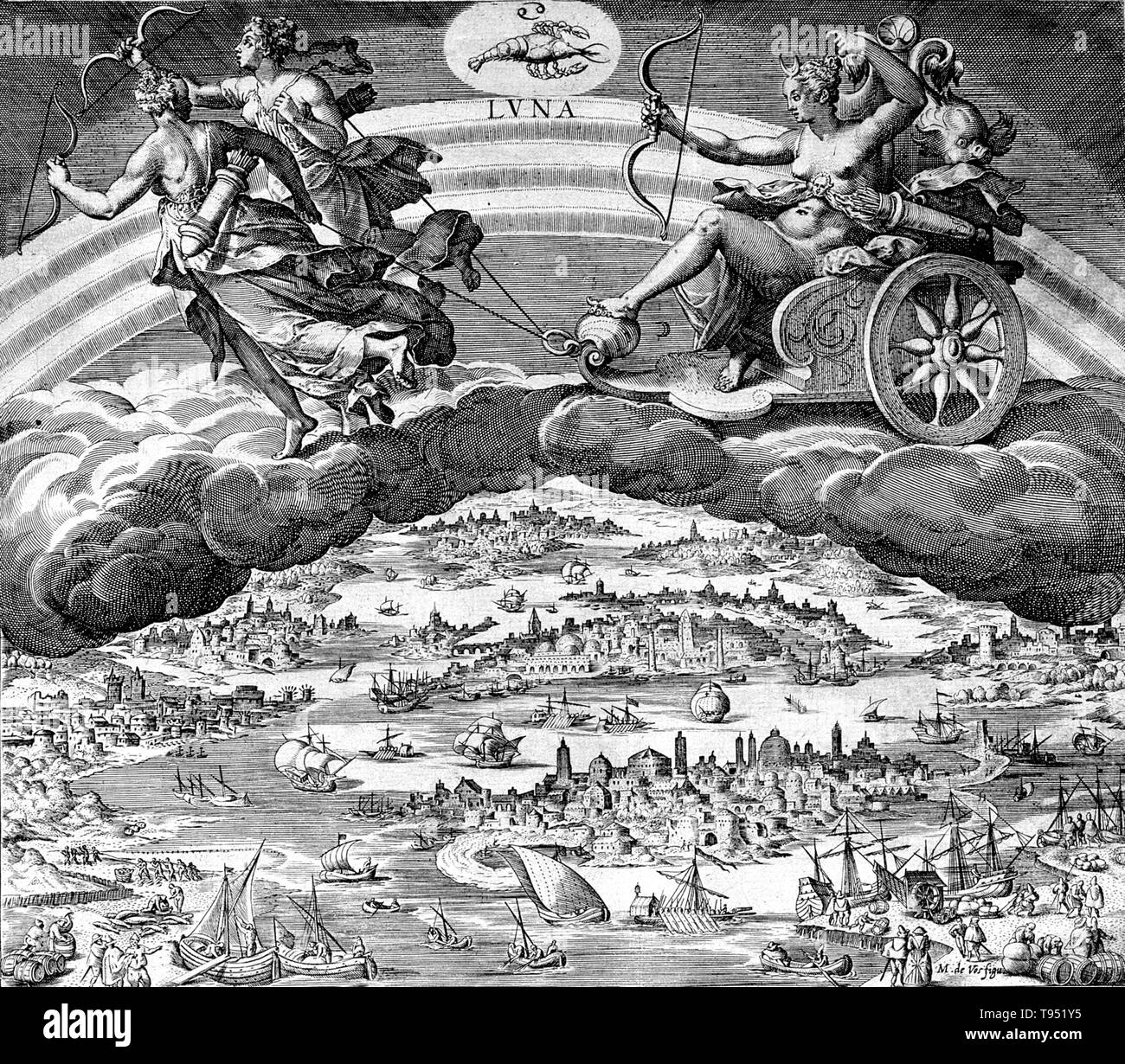 The Moon in her chariot, riding across the heavens. In ancient Roman religion and myth, Luna is the divine embodiment of the Moon (Latin luna; cf. English 'lunar'). She is often presented as the female complement of the Sun (Sol) conceived of as a god. Luna is also sometimes represented as an aspect of the Roman triple goddess (diva triformis ), along with Proserpina and Hecate. Stock Photohttps://www.alamy.com/image-license-details/?v=1https://www.alamy.com/the-moon-in-her-chariot-riding-across-the-heavens-in-ancient-roman-religion-and-myth-luna-is-the-divine-embodiment-of-the-moon-latin-luna-cf-english-lunar-she-is-often-presented-as-the-female-complement-of-the-sun-sol-conceived-of-as-a-god-luna-is-also-sometimes-represented-as-an-aspect-of-the-roman-triple-goddess-diva-triformis-along-with-proserpina-and-hecate-image246588361.html
The Moon in her chariot, riding across the heavens. In ancient Roman religion and myth, Luna is the divine embodiment of the Moon (Latin luna; cf. English 'lunar'). She is often presented as the female complement of the Sun (Sol) conceived of as a god. Luna is also sometimes represented as an aspect of the Roman triple goddess (diva triformis ), along with Proserpina and Hecate. Stock Photohttps://www.alamy.com/image-license-details/?v=1https://www.alamy.com/the-moon-in-her-chariot-riding-across-the-heavens-in-ancient-roman-religion-and-myth-luna-is-the-divine-embodiment-of-the-moon-latin-luna-cf-english-lunar-she-is-often-presented-as-the-female-complement-of-the-sun-sol-conceived-of-as-a-god-luna-is-also-sometimes-represented-as-an-aspect-of-the-roman-triple-goddess-diva-triformis-along-with-proserpina-and-hecate-image246588361.htmlRMT951Y5–The Moon in her chariot, riding across the heavens. In ancient Roman religion and myth, Luna is the divine embodiment of the Moon (Latin luna; cf. English 'lunar'). She is often presented as the female complement of the Sun (Sol) conceived of as a god. Luna is also sometimes represented as an aspect of the Roman triple goddess (diva triformis ), along with Proserpina and Hecate.
 Diagram by Michael Scot (13th century) showing Luna (moon) in her chariot, with two geomantic symbols on wither side (Via & Populus). After Scot's 'Liber Introductorius', from C.J.S. Thompson. 2004 Charles Walker / Stock Photohttps://www.alamy.com/image-license-details/?v=1https://www.alamy.com/diagram-by-michael-scot-13th-century-showing-luna-moon-in-her-chariot-with-two-geomantic-symbols-on-wither-side-via-populus-after-scots-liber-introductorius-from-cjs-thompson-2004-charles-walker-image179628623.html
Diagram by Michael Scot (13th century) showing Luna (moon) in her chariot, with two geomantic symbols on wither side (Via & Populus). After Scot's 'Liber Introductorius', from C.J.S. Thompson. 2004 Charles Walker / Stock Photohttps://www.alamy.com/image-license-details/?v=1https://www.alamy.com/diagram-by-michael-scot-13th-century-showing-luna-moon-in-her-chariot-with-two-geomantic-symbols-on-wither-side-via-populus-after-scots-liber-introductorius-from-cjs-thompson-2004-charles-walker-image179628623.htmlRMMC6P3Y–Diagram by Michael Scot (13th century) showing Luna (moon) in her chariot, with two geomantic symbols on wither side (Via & Populus). After Scot's 'Liber Introductorius', from C.J.S. Thompson. 2004 Charles Walker /
 Woman with Crescent Moon in Two Deer Chariot, Representing Moon, Artemis, Francesco Bartolozzi RA, 1728–1815, Italian, active in Britain (1764–99), after unknown artist, undated, Engraving Stock Photohttps://www.alamy.com/image-license-details/?v=1https://www.alamy.com/woman-with-crescent-moon-in-two-deer-chariot-representing-moon-artemis-francesco-bartolozzi-ra-17281815-italian-active-in-britain-176499-after-unknown-artist-undated-engraving-image389726343.html
Woman with Crescent Moon in Two Deer Chariot, Representing Moon, Artemis, Francesco Bartolozzi RA, 1728–1815, Italian, active in Britain (1764–99), after unknown artist, undated, Engraving Stock Photohttps://www.alamy.com/image-license-details/?v=1https://www.alamy.com/woman-with-crescent-moon-in-two-deer-chariot-representing-moon-artemis-francesco-bartolozzi-ra-17281815-italian-active-in-britain-176499-after-unknown-artist-undated-engraving-image389726343.htmlRM2DJ1FWY–Woman with Crescent Moon in Two Deer Chariot, Representing Moon, Artemis, Francesco Bartolozzi RA, 1728–1815, Italian, active in Britain (1764–99), after unknown artist, undated, Engraving
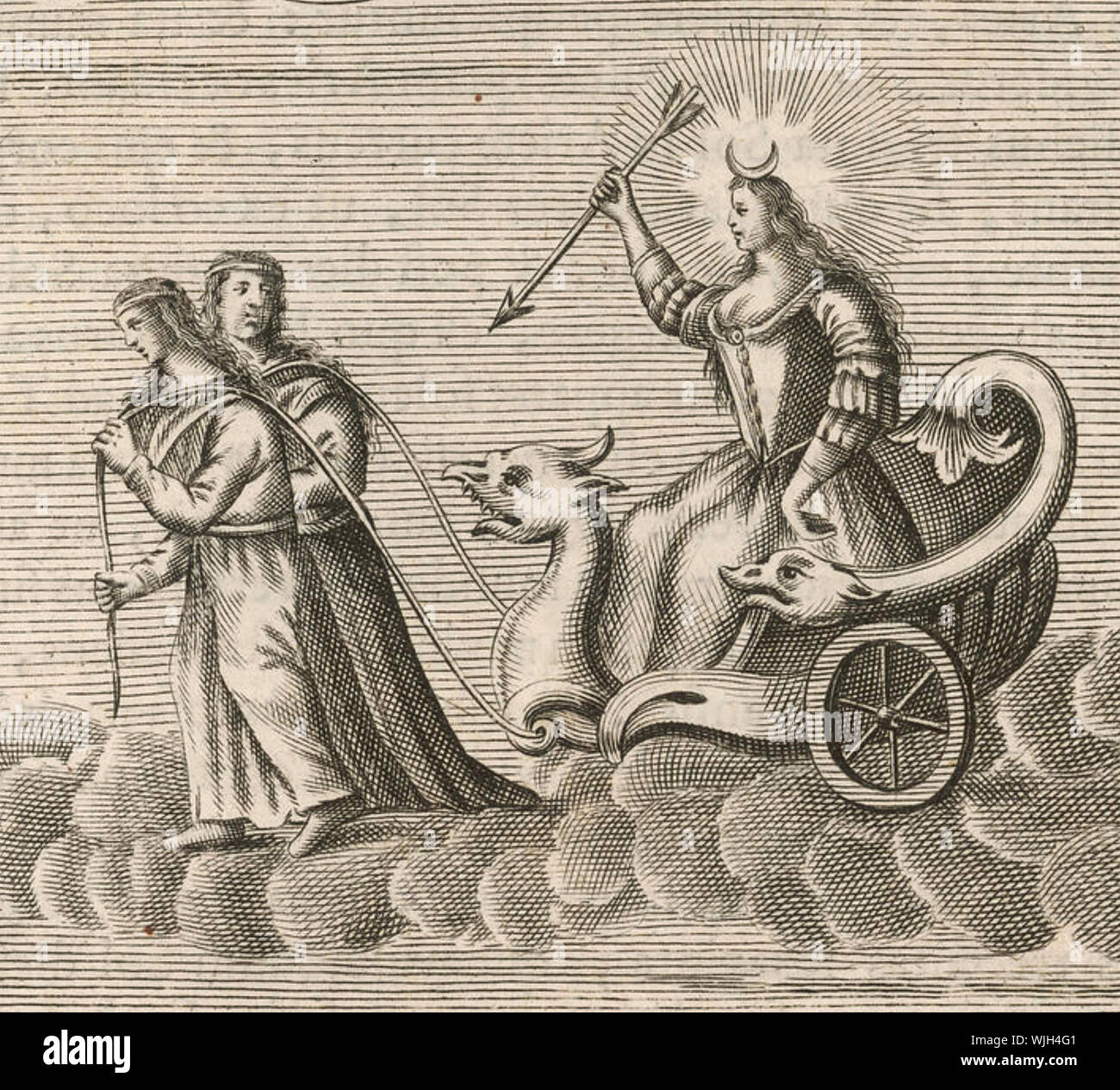 LUNA the Moon goddess in a mid-16th century woodcut Stock Photohttps://www.alamy.com/image-license-details/?v=1https://www.alamy.com/luna-the-moon-goddess-in-a-mid-16th-century-woodcut-image269596097.html
LUNA the Moon goddess in a mid-16th century woodcut Stock Photohttps://www.alamy.com/image-license-details/?v=1https://www.alamy.com/luna-the-moon-goddess-in-a-mid-16th-century-woodcut-image269596097.htmlRMWJH4G1–LUNA the Moon goddess in a mid-16th century woodcut
 The Moon God Chandra(?) in His Chariot with Wife and Attendant, India (West Bengal), Shunga period, Date 2nd–1st century B.C., India (West Bengal), Ivory, 1 15/16 x 3 1/16 in. (4.9 x 7.8 cm), Ivories Stock Photohttps://www.alamy.com/image-license-details/?v=1https://www.alamy.com/the-moon-god-chandra-in-his-chariot-with-wife-and-attendant-india-west-bengal-shunga-period-date-2nd1st-century-bc-india-west-bengal-ivory-1-1516-x-3-116-in-49-x-78-cm-ivories-image344611191.html
The Moon God Chandra(?) in His Chariot with Wife and Attendant, India (West Bengal), Shunga period, Date 2nd–1st century B.C., India (West Bengal), Ivory, 1 15/16 x 3 1/16 in. (4.9 x 7.8 cm), Ivories Stock Photohttps://www.alamy.com/image-license-details/?v=1https://www.alamy.com/the-moon-god-chandra-in-his-chariot-with-wife-and-attendant-india-west-bengal-shunga-period-date-2nd1st-century-bc-india-west-bengal-ivory-1-1516-x-3-116-in-49-x-78-cm-ivories-image344611191.htmlRM2B0JB2F–The Moon God Chandra(?) in His Chariot with Wife and Attendant, India (West Bengal), Shunga period, Date 2nd–1st century B.C., India (West Bengal), Ivory, 1 15/16 x 3 1/16 in. (4.9 x 7.8 cm), Ivories
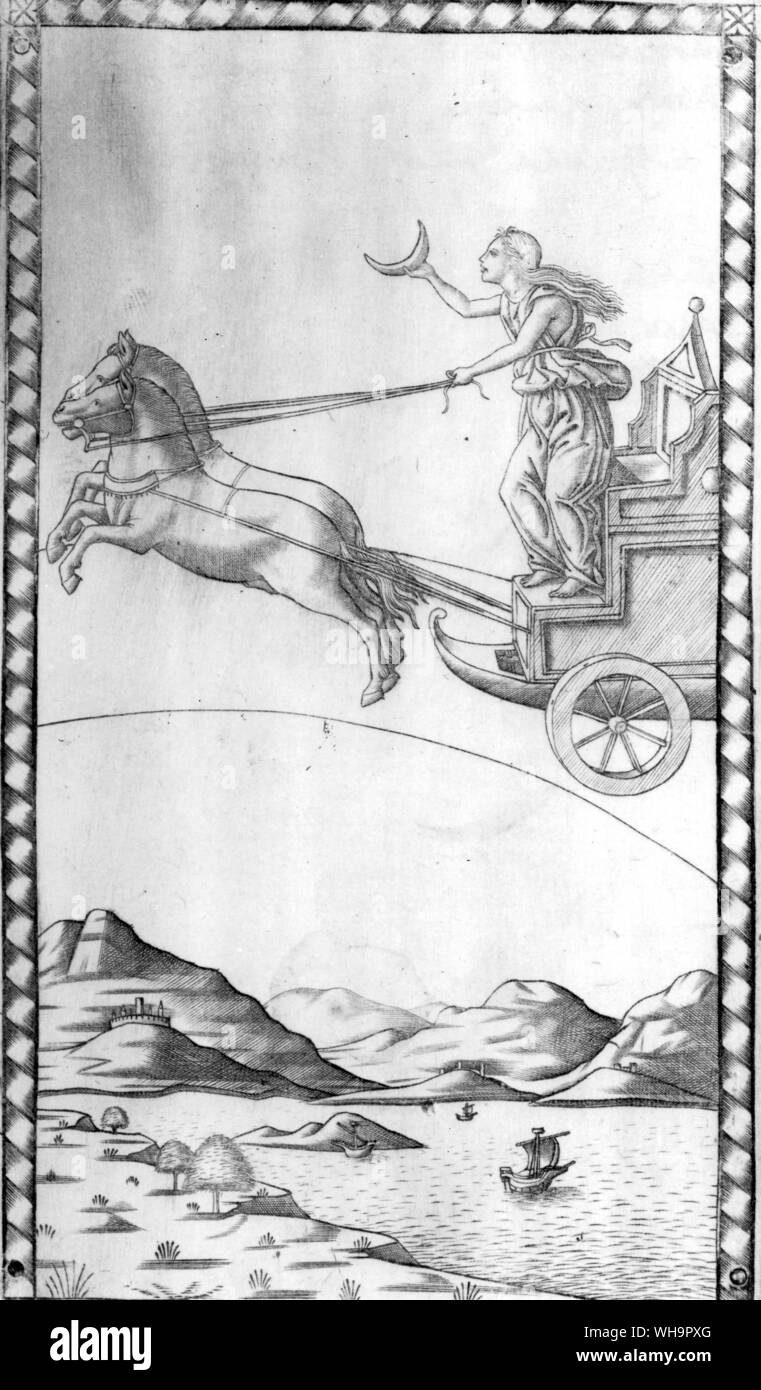 The Moon driving through the sky in her chariot on the 'Mantegna' card. Stock Photohttps://www.alamy.com/image-license-details/?v=1https://www.alamy.com/the-moon-driving-through-the-sky-in-her-chariot-on-the-mantegna-card-image268820232.html
The Moon driving through the sky in her chariot on the 'Mantegna' card. Stock Photohttps://www.alamy.com/image-license-details/?v=1https://www.alamy.com/the-moon-driving-through-the-sky-in-her-chariot-on-the-mantegna-card-image268820232.htmlRMWH9PXG–The Moon driving through the sky in her chariot on the 'Mantegna' card.
 United Kingdom, London, Bloomsbury, British Museum, the Parthenon sculptures, head of a horse from the chariot of the moon-goddess Selene Stock Photohttps://www.alamy.com/image-license-details/?v=1https://www.alamy.com/stock-image-united-kingdom-london-bloomsbury-british-museum-the-parthenon-sculptures-161769091.html
United Kingdom, London, Bloomsbury, British Museum, the Parthenon sculptures, head of a horse from the chariot of the moon-goddess Selene Stock Photohttps://www.alamy.com/image-license-details/?v=1https://www.alamy.com/stock-image-united-kingdom-london-bloomsbury-british-museum-the-parthenon-sculptures-161769091.htmlRMKB563F–United Kingdom, London, Bloomsbury, British Museum, the Parthenon sculptures, head of a horse from the chariot of the moon-goddess Selene
 Engraving depicting birds being used to draw a chariot to the moon. Dated 19th century Stock Photohttps://www.alamy.com/image-license-details/?v=1https://www.alamy.com/engraving-depicting-birds-being-used-to-draw-a-chariot-to-the-moon-dated-19th-century-image186326462.html
Engraving depicting birds being used to draw a chariot to the moon. Dated 19th century Stock Photohttps://www.alamy.com/image-license-details/?v=1https://www.alamy.com/engraving-depicting-birds-being-used-to-draw-a-chariot-to-the-moon-dated-19th-century-image186326462.htmlRMMR3W8E–Engraving depicting birds being used to draw a chariot to the moon. Dated 19th century
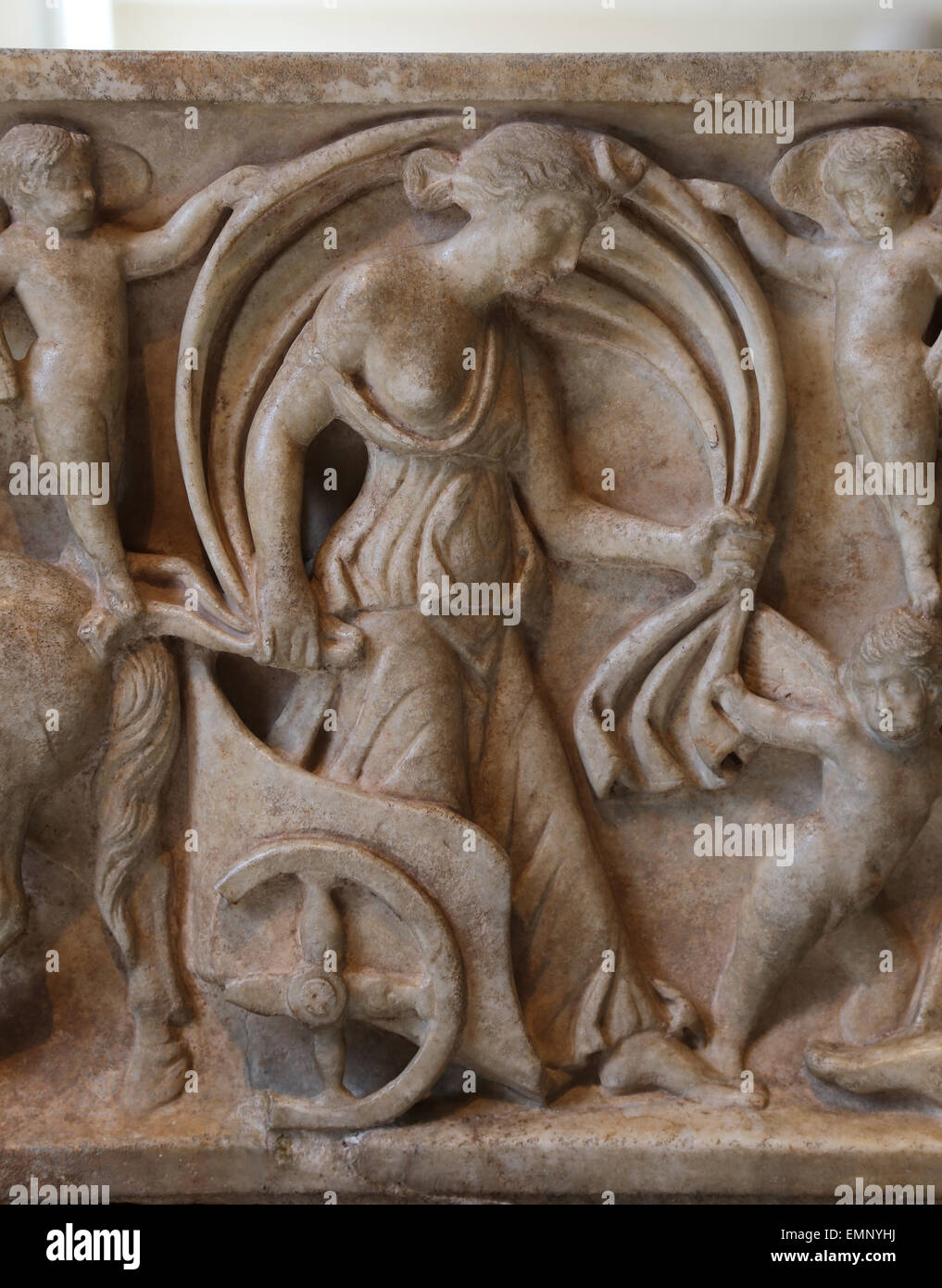 Marble sarcophagus with the myth of Endymion. Roman. Antonine period, 2nd c.AD. Selene, moon goddess. Relief. Stock Photohttps://www.alamy.com/image-license-details/?v=1https://www.alamy.com/stock-photo-marble-sarcophagus-with-the-myth-of-endymion-roman-antonine-period-81617246.html
Marble sarcophagus with the myth of Endymion. Roman. Antonine period, 2nd c.AD. Selene, moon goddess. Relief. Stock Photohttps://www.alamy.com/image-license-details/?v=1https://www.alamy.com/stock-photo-marble-sarcophagus-with-the-myth-of-endymion-roman-antonine-period-81617246.htmlRMEMNYHJ–Marble sarcophagus with the myth of Endymion. Roman. Antonine period, 2nd c.AD. Selene, moon goddess. Relief.
 Roman sarcophagus. Front side. About 180 AD. The moon goddess Selene and her lover Endymion. Chariot and horses. Stock Photohttps://www.alamy.com/image-license-details/?v=1https://www.alamy.com/stock-photo-roman-sarcophagus-front-side-about-180-ad-the-moon-goddess-selene-56555518.html
Roman sarcophagus. Front side. About 180 AD. The moon goddess Selene and her lover Endymion. Chariot and horses. Stock Photohttps://www.alamy.com/image-license-details/?v=1https://www.alamy.com/stock-photo-roman-sarcophagus-front-side-about-180-ad-the-moon-goddess-selene-56555518.htmlRMD8093X–Roman sarcophagus. Front side. About 180 AD. The moon goddess Selene and her lover Endymion. Chariot and horses.
 England, London, British Museum, Elgin Marbles, Head of a Horse from The Chariot of The Moon-goddess Selene Stock Photohttps://www.alamy.com/image-license-details/?v=1https://www.alamy.com/england-london-british-museum-elgin-marbles-head-of-a-horse-from-the-image157114494.html
England, London, British Museum, Elgin Marbles, Head of a Horse from The Chariot of The Moon-goddess Selene Stock Photohttps://www.alamy.com/image-license-details/?v=1https://www.alamy.com/england-london-british-museum-elgin-marbles-head-of-a-horse-from-the-image157114494.htmlRMK3H53X–England, London, British Museum, Elgin Marbles, Head of a Horse from The Chariot of The Moon-goddess Selene
 Greece. Athens. Parthenon. Head of horse from the chariot of the moon-goddess Selene. East pediment. 5th century BC. British Museum. London. United Kingdom. Stock Photohttps://www.alamy.com/image-license-details/?v=1https://www.alamy.com/stock-photo-greece-athens-parthenon-head-of-horse-from-the-chariot-of-the-moon-78257630.html
Greece. Athens. Parthenon. Head of horse from the chariot of the moon-goddess Selene. East pediment. 5th century BC. British Museum. London. United Kingdom. Stock Photohttps://www.alamy.com/image-license-details/?v=1https://www.alamy.com/stock-photo-greece-athens-parthenon-head-of-horse-from-the-chariot-of-the-moon-78257630.htmlRMEF8XBA–Greece. Athens. Parthenon. Head of horse from the chariot of the moon-goddess Selene. East pediment. 5th century BC. British Museum. London. United Kingdom.
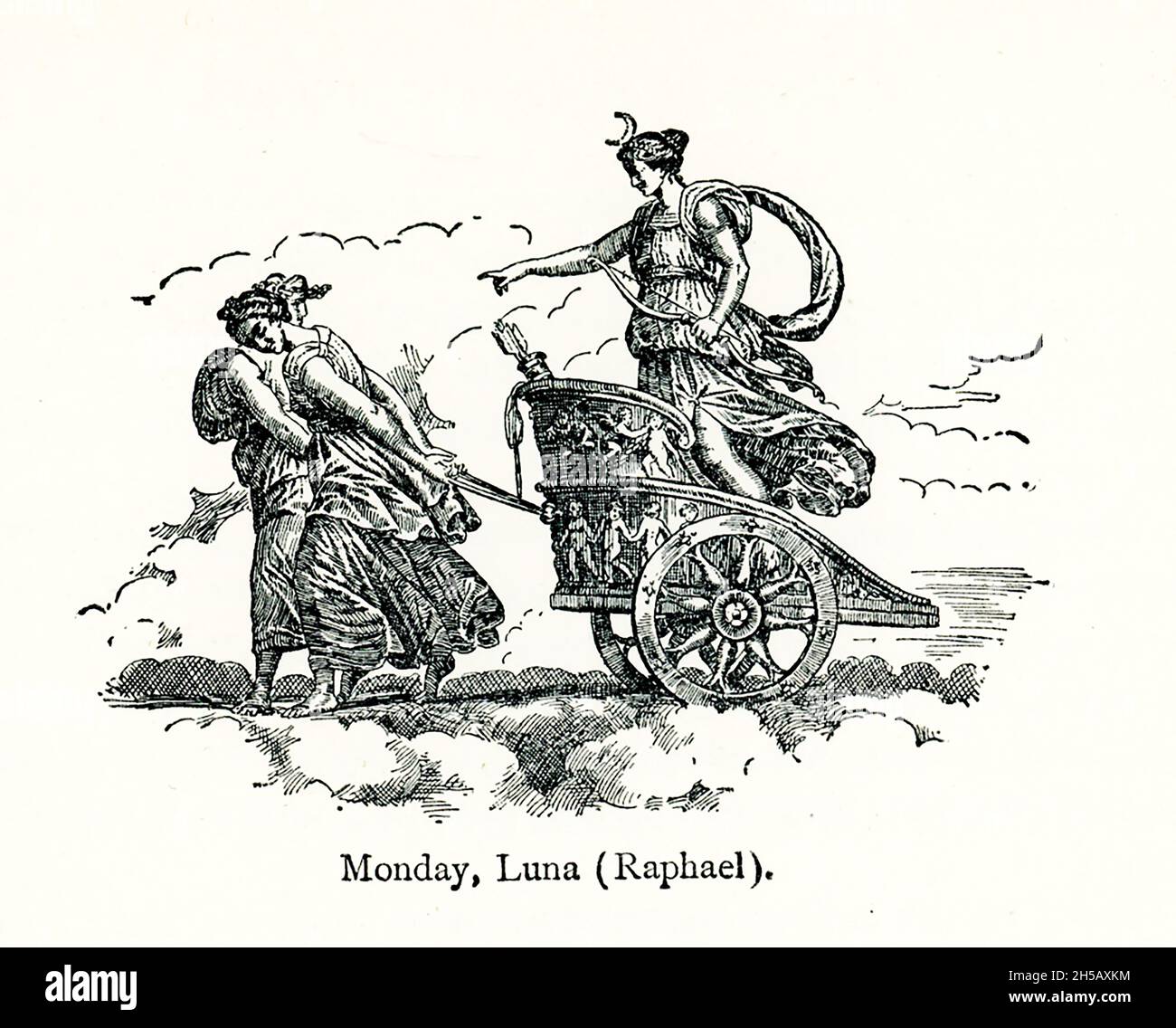 This illustration shows the roman moon goddess Luna in her chariot being pulled by two women. It dates to 1695, an engraving by Lasinio, patterned after a roundel in the ceiling painting (based on drawings by Raphael) of the Sala Borgia in the Vatican that is based on drawings in 1516 by the Italian artist Raphael. Stock Photohttps://www.alamy.com/image-license-details/?v=1https://www.alamy.com/this-illustration-shows-the-roman-moon-goddess-luna-in-her-chariot-being-pulled-by-two-women-it-dates-to-1695-an-engraving-by-lasinio-patterned-after-a-roundel-in-the-ceiling-painting-based-on-drawings-by-raphael-of-the-sala-borgia-in-the-vatican-that-is-based-on-drawings-in-1516-by-the-italian-artist-raphael-image450783304.html
This illustration shows the roman moon goddess Luna in her chariot being pulled by two women. It dates to 1695, an engraving by Lasinio, patterned after a roundel in the ceiling painting (based on drawings by Raphael) of the Sala Borgia in the Vatican that is based on drawings in 1516 by the Italian artist Raphael. Stock Photohttps://www.alamy.com/image-license-details/?v=1https://www.alamy.com/this-illustration-shows-the-roman-moon-goddess-luna-in-her-chariot-being-pulled-by-two-women-it-dates-to-1695-an-engraving-by-lasinio-patterned-after-a-roundel-in-the-ceiling-painting-based-on-drawings-by-raphael-of-the-sala-borgia-in-the-vatican-that-is-based-on-drawings-in-1516-by-the-italian-artist-raphael-image450783304.htmlRF2H5AXKM–This illustration shows the roman moon goddess Luna in her chariot being pulled by two women. It dates to 1695, an engraving by Lasinio, patterned after a roundel in the ceiling painting (based on drawings by Raphael) of the Sala Borgia in the Vatican that is based on drawings in 1516 by the Italian artist Raphael.
 Head of horse from chariot of moon-goddess Selene, East Pediment, Parthenon British Museum, London, England, UK, GB, British Is Stock Photohttps://www.alamy.com/image-license-details/?v=1https://www.alamy.com/stock-photo-head-of-horse-from-chariot-of-moon-goddess-selene-east-pediment-parthenon-53320945.html
Head of horse from chariot of moon-goddess Selene, East Pediment, Parthenon British Museum, London, England, UK, GB, British Is Stock Photohttps://www.alamy.com/image-license-details/?v=1https://www.alamy.com/stock-photo-head-of-horse-from-chariot-of-moon-goddess-selene-east-pediment-parthenon-53320945.htmlRMD2MYBD–Head of horse from chariot of moon-goddess Selene, East Pediment, Parthenon British Museum, London, England, UK, GB, British Is
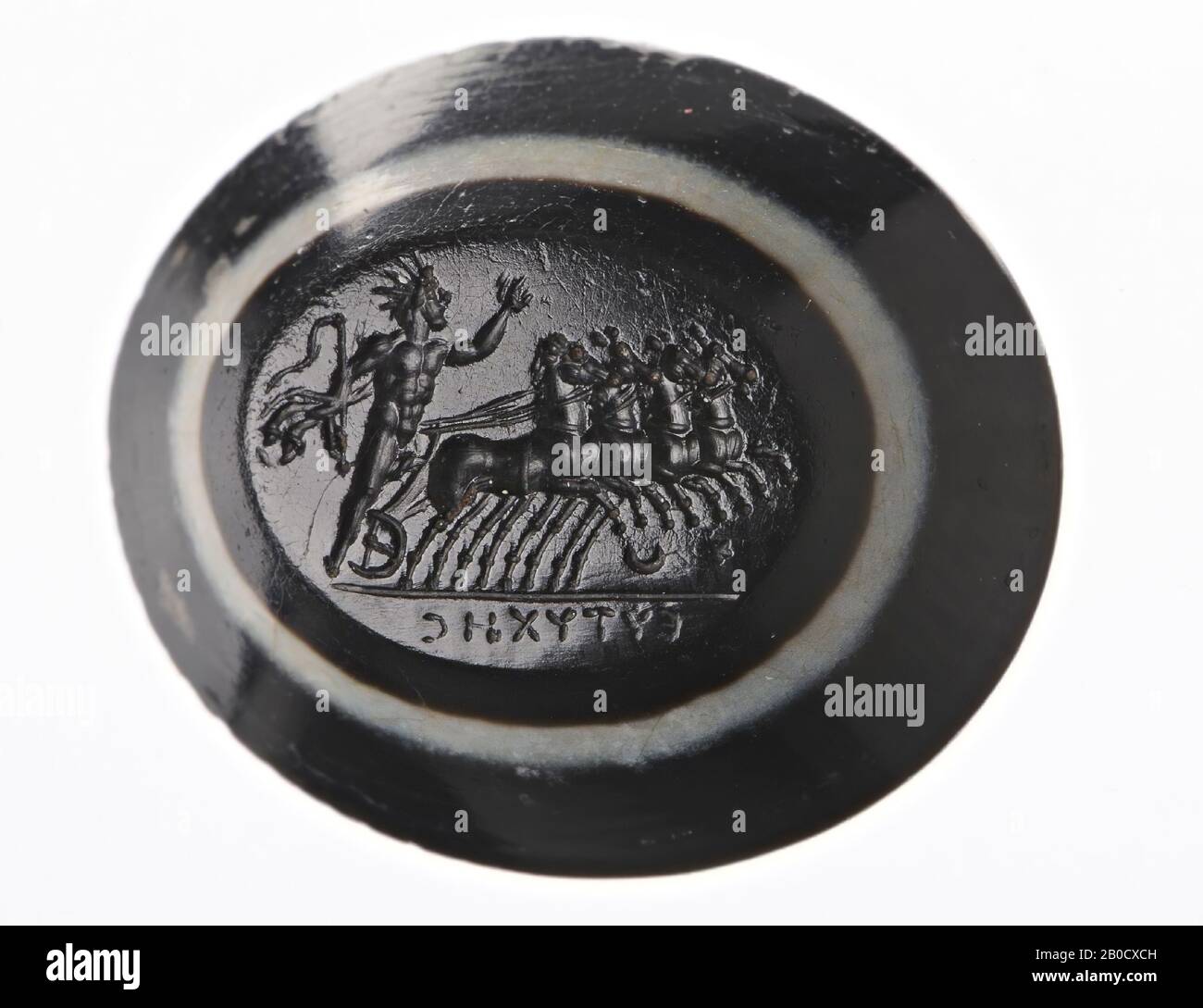 Vz: four horses pull together a chariot on which Sol stands with one leg in and the other outside the chariot, the right horse is pictured in the foreground, the other three in the background, the god has a whip in his right hand and an unidentified object in his other hand, among the horses a sun and a moon., gem, intaglio, ringstone, agate, 3 horizontal layers, Color: black Stock Photohttps://www.alamy.com/image-license-details/?v=1https://www.alamy.com/vz-four-horses-pull-together-a-chariot-on-which-sol-stands-with-one-leg-in-and-the-other-outside-the-chariot-the-right-horse-is-pictured-in-the-foreground-the-other-three-in-the-background-the-god-has-a-whip-in-his-right-hand-and-an-unidentified-object-in-his-other-hand-among-the-horses-a-sun-and-a-moon-gem-intaglio-ringstone-agate-3-horizontal-layers-color-black-image344491521.html
Vz: four horses pull together a chariot on which Sol stands with one leg in and the other outside the chariot, the right horse is pictured in the foreground, the other three in the background, the god has a whip in his right hand and an unidentified object in his other hand, among the horses a sun and a moon., gem, intaglio, ringstone, agate, 3 horizontal layers, Color: black Stock Photohttps://www.alamy.com/image-license-details/?v=1https://www.alamy.com/vz-four-horses-pull-together-a-chariot-on-which-sol-stands-with-one-leg-in-and-the-other-outside-the-chariot-the-right-horse-is-pictured-in-the-foreground-the-other-three-in-the-background-the-god-has-a-whip-in-his-right-hand-and-an-unidentified-object-in-his-other-hand-among-the-horses-a-sun-and-a-moon-gem-intaglio-ringstone-agate-3-horizontal-layers-color-black-image344491521.htmlRM2B0CXCH–Vz: four horses pull together a chariot on which Sol stands with one leg in and the other outside the chariot, the right horse is pictured in the foreground, the other three in the background, the god has a whip in his right hand and an unidentified object in his other hand, among the horses a sun and a moon., gem, intaglio, ringstone, agate, 3 horizontal layers, Color: black
 MOON IN 1585 Stock Photohttps://www.alamy.com/image-license-details/?v=1https://www.alamy.com/moon-in-1585-image65632487.html
MOON IN 1585 Stock Photohttps://www.alamy.com/image-license-details/?v=1https://www.alamy.com/moon-in-1585-image65632487.htmlRMDPNPWB–MOON IN 1585
![Apollo in his Chariot Transforms Night into Day, Jean-Baptiste Marie Huet, (French, 1745–1811), Oberkampf & Cie., (Jouy-en-Josas, France, 1759–1815), Pen and brown (bistre) ink, brush and gray wash, pale orange watercolor, black chalk [?] on cream laid paper, Apollo drives his chariot pulled by four horses across the sky. He is preceded by Dawn or Day holding torch and scattering flowers. Behind chariot are female attendants and three allegories of Night amidst stars, crowns, flying bats and owls. In lower left corner, Diana in front of a crescent moon, hovers above Endymion who sleeps Stock Photo Apollo in his Chariot Transforms Night into Day, Jean-Baptiste Marie Huet, (French, 1745–1811), Oberkampf & Cie., (Jouy-en-Josas, France, 1759–1815), Pen and brown (bistre) ink, brush and gray wash, pale orange watercolor, black chalk [?] on cream laid paper, Apollo drives his chariot pulled by four horses across the sky. He is preceded by Dawn or Day holding torch and scattering flowers. Behind chariot are female attendants and three allegories of Night amidst stars, crowns, flying bats and owls. In lower left corner, Diana in front of a crescent moon, hovers above Endymion who sleeps Stock Photo](https://c8.alamy.com/comp/2DN9W03/apollo-in-his-chariot-transforms-night-into-day-jean-baptiste-marie-huet-french-17451811-oberkampf-cie-jouy-en-josas-france-17591815-pen-and-brown-bistre-ink-brush-and-gray-wash-pale-orange-watercolor-black-chalk-on-cream-laid-paper-apollo-drives-his-chariot-pulled-by-four-horses-across-the-sky-he-is-preceded-by-dawn-or-day-holding-torch-and-scattering-flowers-behind-chariot-are-female-attendants-and-three-allegories-of-night-amidst-stars-crowns-flying-bats-and-owls-in-lower-left-corner-diana-in-front-of-a-crescent-moon-hovers-above-endymion-who-sleeps-2DN9W03.jpg) Apollo in his Chariot Transforms Night into Day, Jean-Baptiste Marie Huet, (French, 1745–1811), Oberkampf & Cie., (Jouy-en-Josas, France, 1759–1815), Pen and brown (bistre) ink, brush and gray wash, pale orange watercolor, black chalk [?] on cream laid paper, Apollo drives his chariot pulled by four horses across the sky. He is preceded by Dawn or Day holding torch and scattering flowers. Behind chariot are female attendants and three allegories of Night amidst stars, crowns, flying bats and owls. In lower left corner, Diana in front of a crescent moon, hovers above Endymion who sleeps Stock Photohttps://www.alamy.com/image-license-details/?v=1https://www.alamy.com/apollo-in-his-chariot-transforms-night-into-day-jean-baptiste-marie-huet-french-17451811-oberkampf-cie-jouy-en-josas-france-17591815-pen-and-brown-bistre-ink-brush-and-gray-wash-pale-orange-watercolor-black-chalk-on-cream-laid-paper-apollo-drives-his-chariot-pulled-by-four-horses-across-the-sky-he-is-preceded-by-dawn-or-day-holding-torch-and-scattering-flowers-behind-chariot-are-female-attendants-and-three-allegories-of-night-amidst-stars-crowns-flying-bats-and-owls-in-lower-left-corner-diana-in-front-of-a-crescent-moon-hovers-above-endymion-who-sleeps-image391753043.html
Apollo in his Chariot Transforms Night into Day, Jean-Baptiste Marie Huet, (French, 1745–1811), Oberkampf & Cie., (Jouy-en-Josas, France, 1759–1815), Pen and brown (bistre) ink, brush and gray wash, pale orange watercolor, black chalk [?] on cream laid paper, Apollo drives his chariot pulled by four horses across the sky. He is preceded by Dawn or Day holding torch and scattering flowers. Behind chariot are female attendants and three allegories of Night amidst stars, crowns, flying bats and owls. In lower left corner, Diana in front of a crescent moon, hovers above Endymion who sleeps Stock Photohttps://www.alamy.com/image-license-details/?v=1https://www.alamy.com/apollo-in-his-chariot-transforms-night-into-day-jean-baptiste-marie-huet-french-17451811-oberkampf-cie-jouy-en-josas-france-17591815-pen-and-brown-bistre-ink-brush-and-gray-wash-pale-orange-watercolor-black-chalk-on-cream-laid-paper-apollo-drives-his-chariot-pulled-by-four-horses-across-the-sky-he-is-preceded-by-dawn-or-day-holding-torch-and-scattering-flowers-behind-chariot-are-female-attendants-and-three-allegories-of-night-amidst-stars-crowns-flying-bats-and-owls-in-lower-left-corner-diana-in-front-of-a-crescent-moon-hovers-above-endymion-who-sleeps-image391753043.htmlRM2DN9W03–Apollo in his Chariot Transforms Night into Day, Jean-Baptiste Marie Huet, (French, 1745–1811), Oberkampf & Cie., (Jouy-en-Josas, France, 1759–1815), Pen and brown (bistre) ink, brush and gray wash, pale orange watercolor, black chalk [?] on cream laid paper, Apollo drives his chariot pulled by four horses across the sky. He is preceded by Dawn or Day holding torch and scattering flowers. Behind chariot are female attendants and three allegories of Night amidst stars, crowns, flying bats and owls. In lower left corner, Diana in front of a crescent moon, hovers above Endymion who sleeps
 LUNA IN HER CHARIOT Stock Photohttps://www.alamy.com/image-license-details/?v=1https://www.alamy.com/stock-photo-luna-in-her-chariot-56699217.html
LUNA IN HER CHARIOT Stock Photohttps://www.alamy.com/image-license-details/?v=1https://www.alamy.com/stock-photo-luna-in-her-chariot-56699217.htmlRMD86TC1–LUNA IN HER CHARIOT
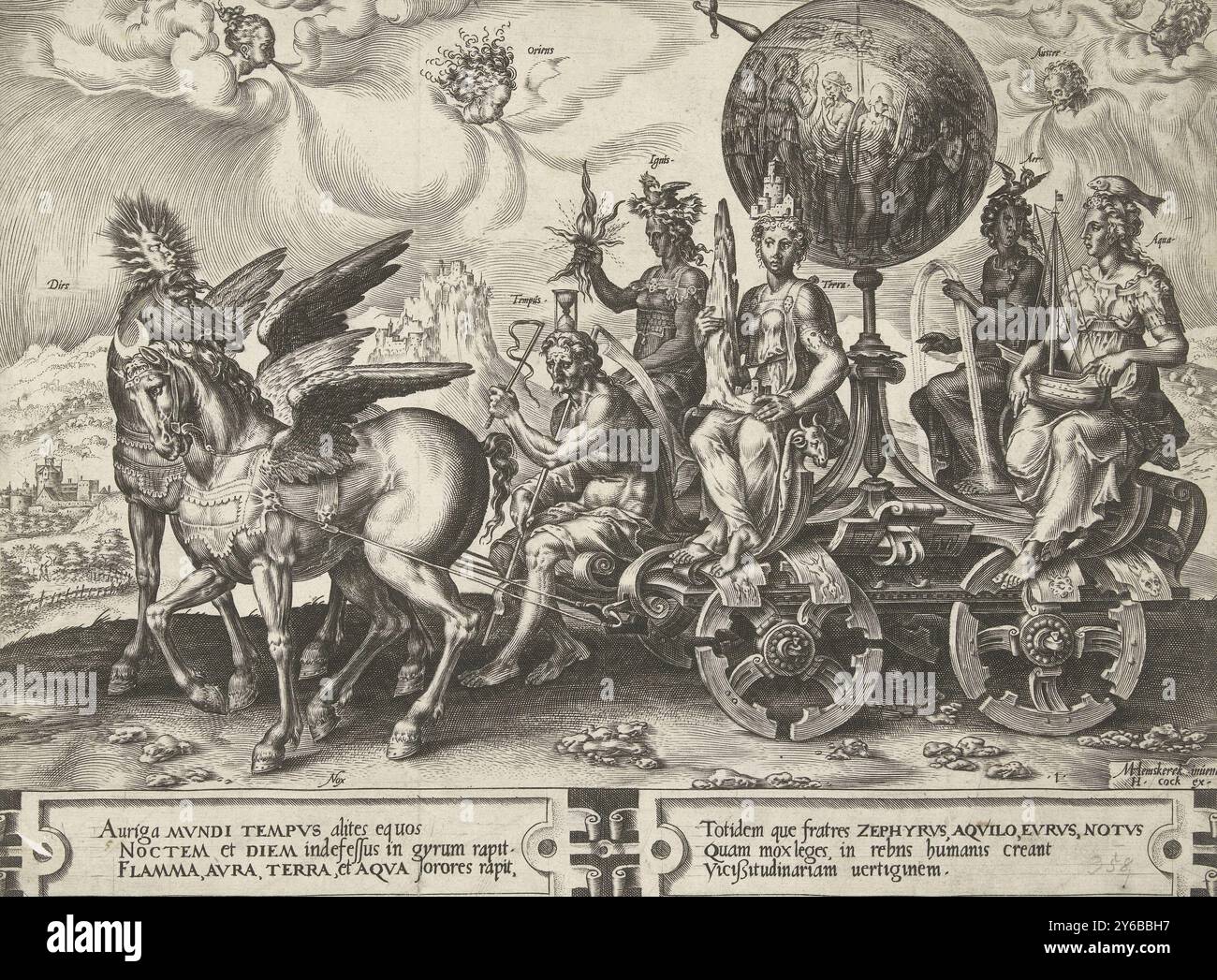 Triumphal Chariot of the World, Circulus Vicissitudinis Rerum Humanarum (series title), Triumphal Chariot with broken wheels, pulled by two winged horses. The right horse has the sun on its head and represents the day (Dies); the left horse is the night (Nox) and has a crescent moon on its head. The chariot is driven by Time as an old man with a scythe and an hourglass. On the four corners of the cart are the personifications of the four elements: Ignis, Terra, Aer and Aqua with their attributes. The globe is in the middle of a stand. The four winds blow in the clouds. Print from a series of n Stock Photohttps://www.alamy.com/image-license-details/?v=1https://www.alamy.com/triumphal-chariot-of-the-world-circulus-vicissitudinis-rerum-humanarum-series-title-triumphal-chariot-with-broken-wheels-pulled-by-two-winged-horses-the-right-horse-has-the-sun-on-its-head-and-represents-the-day-dies-the-left-horse-is-the-night-nox-and-has-a-crescent-moon-on-its-head-the-chariot-is-driven-by-time-as-an-old-man-with-a-scythe-and-an-hourglass-on-the-four-corners-of-the-cart-are-the-personifications-of-the-four-elements-ignis-terra-aer-and-aqua-with-their-attributes-the-globe-is-in-the-middle-of-a-stand-the-four-winds-blow-in-the-clouds-print-from-a-series-of-n-image623511763.html
Triumphal Chariot of the World, Circulus Vicissitudinis Rerum Humanarum (series title), Triumphal Chariot with broken wheels, pulled by two winged horses. The right horse has the sun on its head and represents the day (Dies); the left horse is the night (Nox) and has a crescent moon on its head. The chariot is driven by Time as an old man with a scythe and an hourglass. On the four corners of the cart are the personifications of the four elements: Ignis, Terra, Aer and Aqua with their attributes. The globe is in the middle of a stand. The four winds blow in the clouds. Print from a series of n Stock Photohttps://www.alamy.com/image-license-details/?v=1https://www.alamy.com/triumphal-chariot-of-the-world-circulus-vicissitudinis-rerum-humanarum-series-title-triumphal-chariot-with-broken-wheels-pulled-by-two-winged-horses-the-right-horse-has-the-sun-on-its-head-and-represents-the-day-dies-the-left-horse-is-the-night-nox-and-has-a-crescent-moon-on-its-head-the-chariot-is-driven-by-time-as-an-old-man-with-a-scythe-and-an-hourglass-on-the-four-corners-of-the-cart-are-the-personifications-of-the-four-elements-ignis-terra-aer-and-aqua-with-their-attributes-the-globe-is-in-the-middle-of-a-stand-the-four-winds-blow-in-the-clouds-print-from-a-series-of-n-image623511763.htmlRM2Y6BBH7–Triumphal Chariot of the World, Circulus Vicissitudinis Rerum Humanarum (series title), Triumphal Chariot with broken wheels, pulled by two winged horses. The right horse has the sun on its head and represents the day (Dies); the left horse is the night (Nox) and has a crescent moon on its head. The chariot is driven by Time as an old man with a scythe and an hourglass. On the four corners of the cart are the personifications of the four elements: Ignis, Terra, Aer and Aqua with their attributes. The globe is in the middle of a stand. The four winds blow in the clouds. Print from a series of n
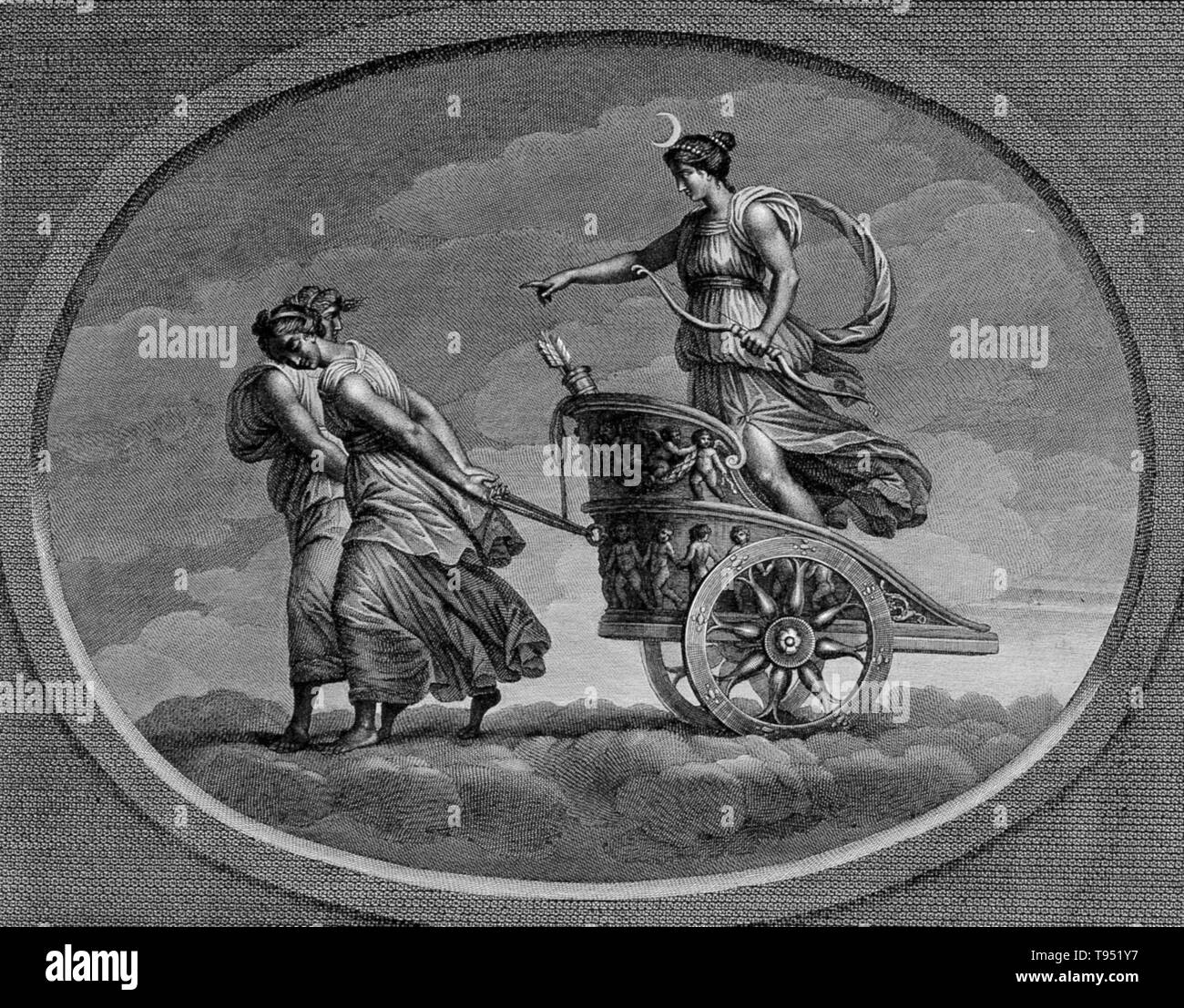 The moon, in her chariot drawn by a pair of women. In ancient Roman religion and myth, Luna is the divine embodiment of the Moon (Latin luna; cf. English 'lunar'). She is often presented as the female complement of the Sun (Sol) conceived of as a god. Luna is also sometimes represented as an aspect of the Roman triple goddess (diva triformis ), along with Proserpina and Hecate. Stock Photohttps://www.alamy.com/image-license-details/?v=1https://www.alamy.com/the-moon-in-her-chariot-drawn-by-a-pair-of-women-in-ancient-roman-religion-and-myth-luna-is-the-divine-embodiment-of-the-moon-latin-luna-cf-english-lunar-she-is-often-presented-as-the-female-complement-of-the-sun-sol-conceived-of-as-a-god-luna-is-also-sometimes-represented-as-an-aspect-of-the-roman-triple-goddess-diva-triformis-along-with-proserpina-and-hecate-image246588363.html
The moon, in her chariot drawn by a pair of women. In ancient Roman religion and myth, Luna is the divine embodiment of the Moon (Latin luna; cf. English 'lunar'). She is often presented as the female complement of the Sun (Sol) conceived of as a god. Luna is also sometimes represented as an aspect of the Roman triple goddess (diva triformis ), along with Proserpina and Hecate. Stock Photohttps://www.alamy.com/image-license-details/?v=1https://www.alamy.com/the-moon-in-her-chariot-drawn-by-a-pair-of-women-in-ancient-roman-religion-and-myth-luna-is-the-divine-embodiment-of-the-moon-latin-luna-cf-english-lunar-she-is-often-presented-as-the-female-complement-of-the-sun-sol-conceived-of-as-a-god-luna-is-also-sometimes-represented-as-an-aspect-of-the-roman-triple-goddess-diva-triformis-along-with-proserpina-and-hecate-image246588363.htmlRMT951Y7–The moon, in her chariot drawn by a pair of women. In ancient Roman religion and myth, Luna is the divine embodiment of the Moon (Latin luna; cf. English 'lunar'). She is often presented as the female complement of the Sun (Sol) conceived of as a god. Luna is also sometimes represented as an aspect of the Roman triple goddess (diva triformis ), along with Proserpina and Hecate.
 PLANETS - THE MOON DIAGRAM BY MICHAEL SCOT (13TH CENTURY) SHOWING LUNA (MOON) IN HER CHARIOT, WITH TWO GEOMANTIC SYMBOLS ON EITHER SIDE (VIA AND POPULUS). After Scot's 'Liber Introductorius', from C J S Thompson Stock Photohttps://www.alamy.com/image-license-details/?v=1https://www.alamy.com/planets-the-moon-diagram-by-michael-scot-13th-century-showing-luna-moon-in-her-chariot-with-two-geomantic-symbols-on-either-side-via-and-populus-after-scots-liber-introductorius-from-c-j-s-thompson-image179623483.html
PLANETS - THE MOON DIAGRAM BY MICHAEL SCOT (13TH CENTURY) SHOWING LUNA (MOON) IN HER CHARIOT, WITH TWO GEOMANTIC SYMBOLS ON EITHER SIDE (VIA AND POPULUS). After Scot's 'Liber Introductorius', from C J S Thompson Stock Photohttps://www.alamy.com/image-license-details/?v=1https://www.alamy.com/planets-the-moon-diagram-by-michael-scot-13th-century-showing-luna-moon-in-her-chariot-with-two-geomantic-symbols-on-either-side-via-and-populus-after-scots-liber-introductorius-from-c-j-s-thompson-image179623483.htmlRMMC6FGB–PLANETS - THE MOON DIAGRAM BY MICHAEL SCOT (13TH CENTURY) SHOWING LUNA (MOON) IN HER CHARIOT, WITH TWO GEOMANTIC SYMBOLS ON EITHER SIDE (VIA AND POPULUS). After Scot's 'Liber Introductorius', from C J S Thompson
 Soma rides a chariot drawn by an antelope. Soma is a very difficult deity for many outside of India to comprehend. He works on numerous levels, all of which are tied together rather strangely. Soma is firstly a plant. He is also an intoxicating drink whic Stock Photohttps://www.alamy.com/image-license-details/?v=1https://www.alamy.com/stock-photo-soma-rides-a-chariot-drawn-by-an-antelope-soma-is-a-very-difficult-104016683.html
Soma rides a chariot drawn by an antelope. Soma is a very difficult deity for many outside of India to comprehend. He works on numerous levels, all of which are tied together rather strangely. Soma is firstly a plant. He is also an intoxicating drink whic Stock Photohttps://www.alamy.com/image-license-details/?v=1https://www.alamy.com/stock-photo-soma-rides-a-chariot-drawn-by-an-antelope-soma-is-a-very-difficult-104016683.htmlRMG16A9F–Soma rides a chariot drawn by an antelope. Soma is a very difficult deity for many outside of India to comprehend. He works on numerous levels, all of which are tied together rather strangely. Soma is firstly a plant. He is also an intoxicating drink whic
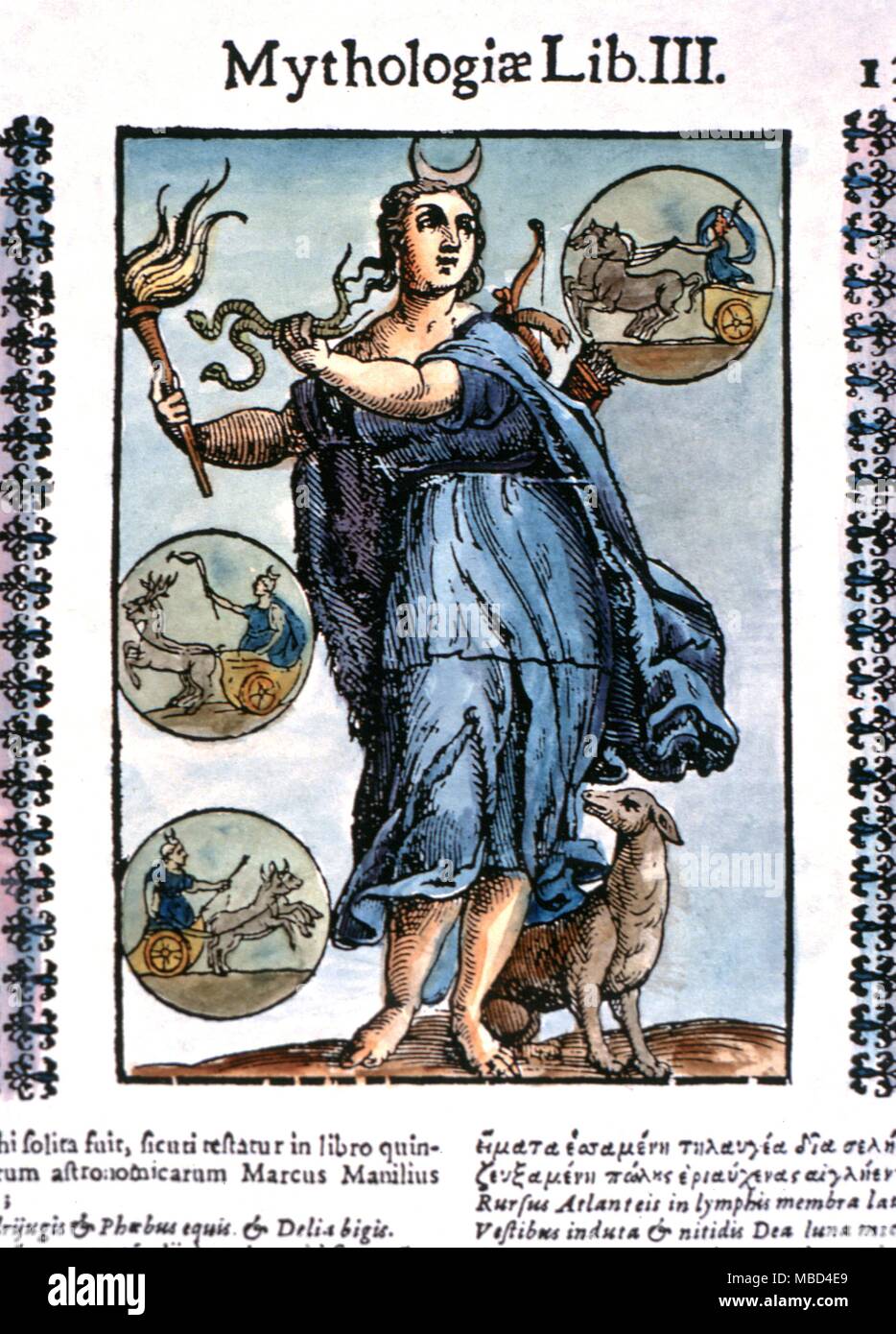 Greek Mythology. Luna, the moon goddess, with torch, serpents and dog. The three cartouches show her chariot beasts. Hand coloured woodcut from Natalis Comitis' 'Mythologiae' Book 3, Cap.17. Stock Photohttps://www.alamy.com/image-license-details/?v=1https://www.alamy.com/greek-mythology-luna-the-moon-goddess-with-torch-serpents-and-dog-the-three-cartouches-show-her-chariot-beasts-hand-coloured-woodcut-from-natalis-comitis-mythologiae-book-3-cap17-image179153809.html
Greek Mythology. Luna, the moon goddess, with torch, serpents and dog. The three cartouches show her chariot beasts. Hand coloured woodcut from Natalis Comitis' 'Mythologiae' Book 3, Cap.17. Stock Photohttps://www.alamy.com/image-license-details/?v=1https://www.alamy.com/greek-mythology-luna-the-moon-goddess-with-torch-serpents-and-dog-the-three-cartouches-show-her-chariot-beasts-hand-coloured-woodcut-from-natalis-comitis-mythologiae-book-3-cap17-image179153809.htmlRMMBD4E9–Greek Mythology. Luna, the moon goddess, with torch, serpents and dog. The three cartouches show her chariot beasts. Hand coloured woodcut from Natalis Comitis' 'Mythologiae' Book 3, Cap.17.
 FULL MOON OVER GODDESS VICTORIA RIDING QUADRIGAS VICTOR EMANUEL II NATIONAL MONUMENT PIAZZA VENEZIA ROME LATIUM ITALY Stock Photohttps://www.alamy.com/image-license-details/?v=1https://www.alamy.com/stock-photo-full-moon-over-goddess-victoria-riding-quadrigas-victor-emanuel-ii-12302476.html
FULL MOON OVER GODDESS VICTORIA RIDING QUADRIGAS VICTOR EMANUEL II NATIONAL MONUMENT PIAZZA VENEZIA ROME LATIUM ITALY Stock Photohttps://www.alamy.com/image-license-details/?v=1https://www.alamy.com/stock-photo-full-moon-over-goddess-victoria-riding-quadrigas-victor-emanuel-ii-12302476.htmlRMA9A95H–FULL MOON OVER GODDESS VICTORIA RIDING QUADRIGAS VICTOR EMANUEL II NATIONAL MONUMENT PIAZZA VENEZIA ROME LATIUM ITALY
 Denmark: Relief of chariot showing sun and moon. From a 1st Millennium cauldron. Stock Photohttps://www.alamy.com/image-license-details/?v=1https://www.alamy.com/denmark-relief-of-chariot-showing-sun-and-moon-from-a-1st-millennium-cauldron-image268826682.html
Denmark: Relief of chariot showing sun and moon. From a 1st Millennium cauldron. Stock Photohttps://www.alamy.com/image-license-details/?v=1https://www.alamy.com/denmark-relief-of-chariot-showing-sun-and-moon-from-a-1st-millennium-cauldron-image268826682.htmlRMWHA34X–Denmark: Relief of chariot showing sun and moon. From a 1st Millennium cauldron.
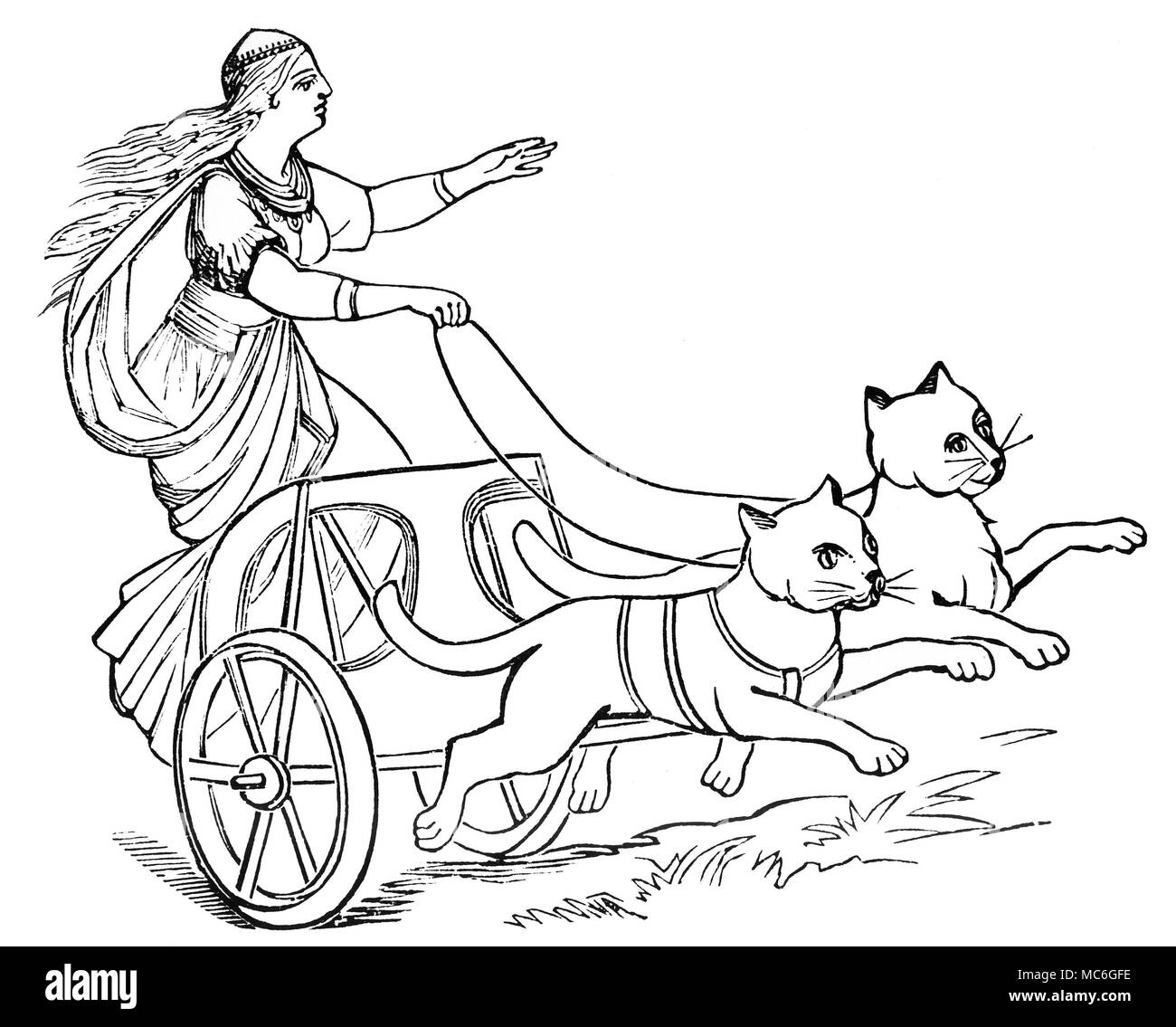 TEUTONIC MYTHOLOGY - FREYA The goddess Freya, in her chariot pulled by cats. Freya, the wife of Odin, was originally a Moon goddess. Besides being one of the mother goddesses, she was also a sibyl, gifted with the power of prophecy. In some images, Freya is drawn in a chariot pulled by two boars. Nineteenth century wood-engraving. Stock Photohttps://www.alamy.com/image-license-details/?v=1https://www.alamy.com/teutonic-mythology-freya-the-goddess-freya-in-her-chariot-pulled-by-cats-freya-the-wife-of-odin-was-originally-a-moon-goddess-besides-being-one-of-the-mother-goddesses-she-was-also-a-sibyl-gifted-with-the-power-of-prophecy-in-some-images-freya-is-drawn-in-a-chariot-pulled-by-two-boars-nineteenth-century-wood-engraving-image179624242.html
TEUTONIC MYTHOLOGY - FREYA The goddess Freya, in her chariot pulled by cats. Freya, the wife of Odin, was originally a Moon goddess. Besides being one of the mother goddesses, she was also a sibyl, gifted with the power of prophecy. In some images, Freya is drawn in a chariot pulled by two boars. Nineteenth century wood-engraving. Stock Photohttps://www.alamy.com/image-license-details/?v=1https://www.alamy.com/teutonic-mythology-freya-the-goddess-freya-in-her-chariot-pulled-by-cats-freya-the-wife-of-odin-was-originally-a-moon-goddess-besides-being-one-of-the-mother-goddesses-she-was-also-a-sibyl-gifted-with-the-power-of-prophecy-in-some-images-freya-is-drawn-in-a-chariot-pulled-by-two-boars-nineteenth-century-wood-engraving-image179624242.htmlRMMC6GFE–TEUTONIC MYTHOLOGY - FREYA The goddess Freya, in her chariot pulled by cats. Freya, the wife of Odin, was originally a Moon goddess. Besides being one of the mother goddesses, she was also a sibyl, gifted with the power of prophecy. In some images, Freya is drawn in a chariot pulled by two boars. Nineteenth century wood-engraving.
 Fragment statue. Shield with the representation of the Sun (Helios) and the Moon (Selene). 1st-2nd century AD. Spain. Archaeological Museum. Tarragona. Catalonia, Spain. Stock Photohttps://www.alamy.com/image-license-details/?v=1https://www.alamy.com/stock-photo-fragment-statue-shield-with-the-representation-of-the-sun-helios-and-135437514.html
Fragment statue. Shield with the representation of the Sun (Helios) and the Moon (Selene). 1st-2nd century AD. Spain. Archaeological Museum. Tarragona. Catalonia, Spain. Stock Photohttps://www.alamy.com/image-license-details/?v=1https://www.alamy.com/stock-photo-fragment-statue-shield-with-the-representation-of-the-sun-helios-and-135437514.htmlRMHT9KX2–Fragment statue. Shield with the representation of the Sun (Helios) and the Moon (Selene). 1st-2nd century AD. Spain. Archaeological Museum. Tarragona. Catalonia, Spain.
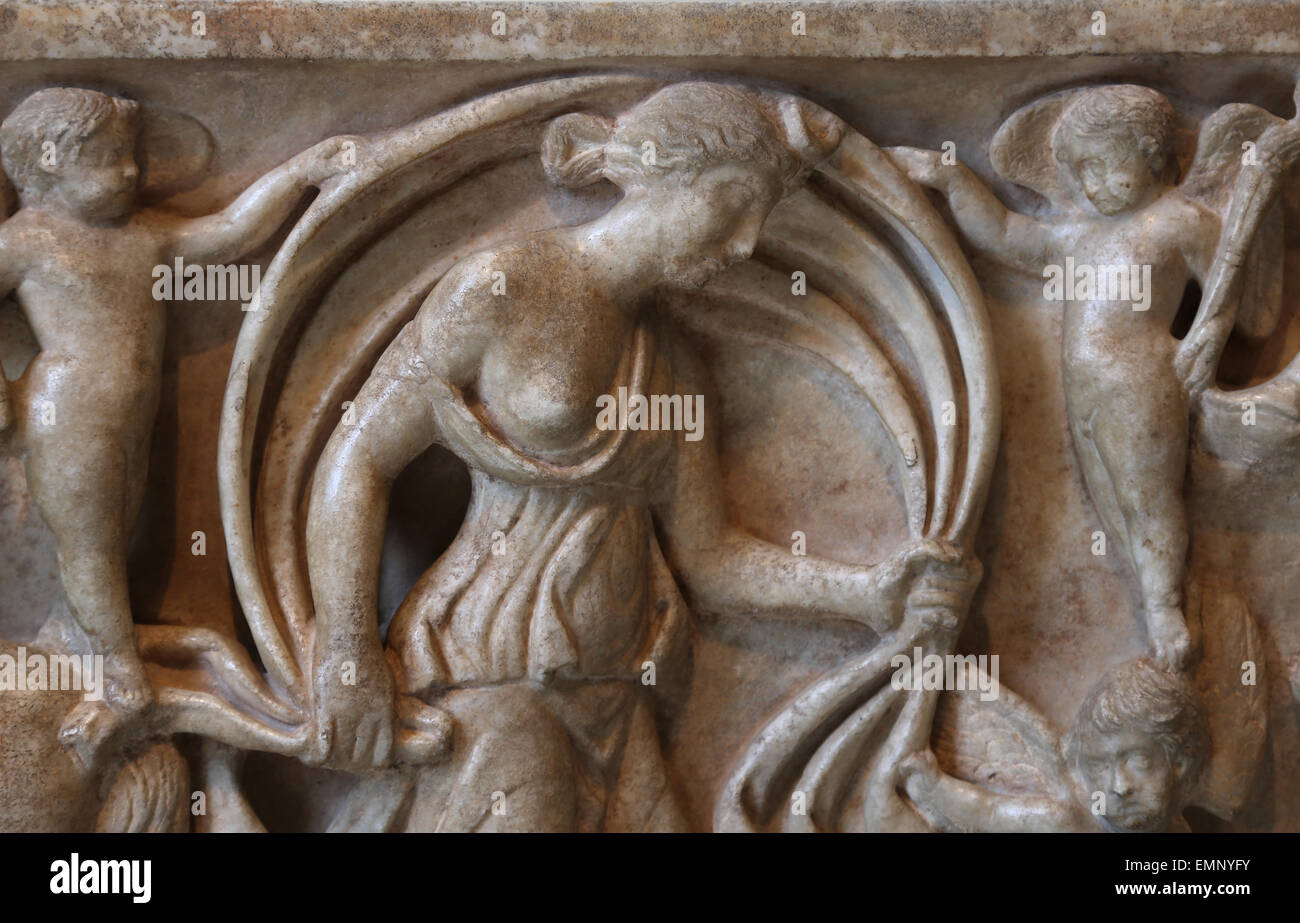 Marble sarcophagus with the myth of Endymion. Roman. Antonine period, 2nd c.AD. Selene, moon goddess alights from her chariot. Stock Photohttps://www.alamy.com/image-license-details/?v=1https://www.alamy.com/stock-photo-marble-sarcophagus-with-the-myth-of-endymion-roman-antonine-period-81617199.html
Marble sarcophagus with the myth of Endymion. Roman. Antonine period, 2nd c.AD. Selene, moon goddess alights from her chariot. Stock Photohttps://www.alamy.com/image-license-details/?v=1https://www.alamy.com/stock-photo-marble-sarcophagus-with-the-myth-of-endymion-roman-antonine-period-81617199.htmlRMEMNYFY–Marble sarcophagus with the myth of Endymion. Roman. Antonine period, 2nd c.AD. Selene, moon goddess alights from her chariot.
 Sun Moon Lake Taiwan Taoist Wall Relief Stock Photohttps://www.alamy.com/image-license-details/?v=1https://www.alamy.com/sun-moon-lake-taiwan-taoist-wall-relief-image3639868.html
Sun Moon Lake Taiwan Taoist Wall Relief Stock Photohttps://www.alamy.com/image-license-details/?v=1https://www.alamy.com/sun-moon-lake-taiwan-taoist-wall-relief-image3639868.htmlRMA4YP3D–Sun Moon Lake Taiwan Taoist Wall Relief
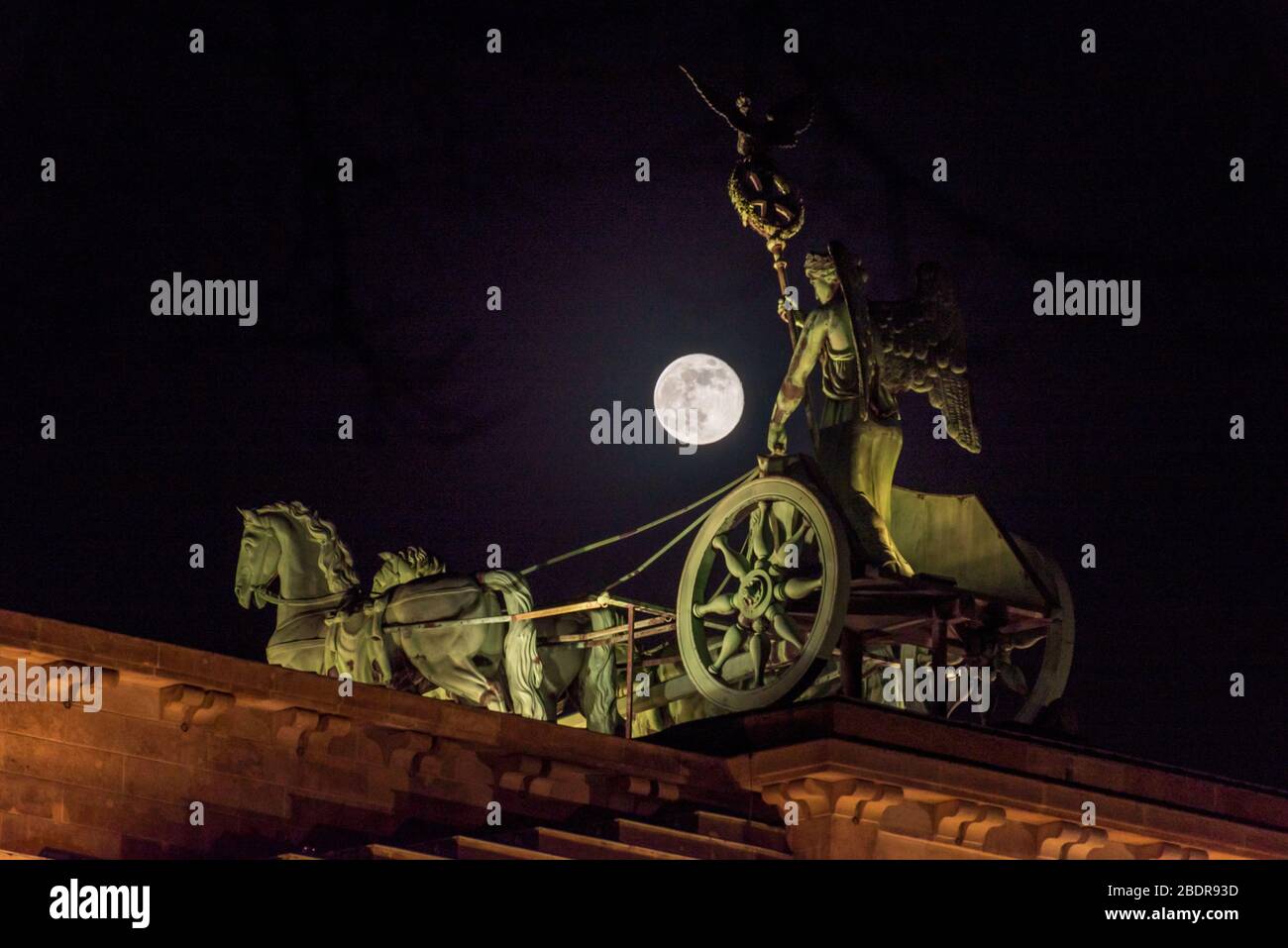 Supermoon over Quadriga statue on Brandenburg Gate, Berlin Stock Photohttps://www.alamy.com/image-license-details/?v=1https://www.alamy.com/supermoon-over-quadriga-statue-on-brandenburg-gate-berlin-image352709937.html
Supermoon over Quadriga statue on Brandenburg Gate, Berlin Stock Photohttps://www.alamy.com/image-license-details/?v=1https://www.alamy.com/supermoon-over-quadriga-statue-on-brandenburg-gate-berlin-image352709937.htmlRF2BDR93D–Supermoon over Quadriga statue on Brandenburg Gate, Berlin
 The quadriga on the Bandenburg Gate with the crescent moon in the background, Berlin, Germany Stock Photohttps://www.alamy.com/image-license-details/?v=1https://www.alamy.com/stock-photo-the-quadriga-on-the-bandenburg-gate-with-the-crescent-moon-in-the-47586570.html
The quadriga on the Bandenburg Gate with the crescent moon in the background, Berlin, Germany Stock Photohttps://www.alamy.com/image-license-details/?v=1https://www.alamy.com/stock-photo-the-quadriga-on-the-bandenburg-gate-with-the-crescent-moon-in-the-47586570.htmlRMCNBN4A–The quadriga on the Bandenburg Gate with the crescent moon in the background, Berlin, Germany
 Ark of Astarte and Astarte with cow's head, female deity, personifies the moon, magnificent chariot, inscription, historical depiction 1886 Stock Photohttps://www.alamy.com/image-license-details/?v=1https://www.alamy.com/ark-of-astarte-and-astarte-with-cows-head-female-deity-personifies-the-moon-magnificent-chariot-inscription-historical-depiction-1886-image591188012.html
Ark of Astarte and Astarte with cow's head, female deity, personifies the moon, magnificent chariot, inscription, historical depiction 1886 Stock Photohttps://www.alamy.com/image-license-details/?v=1https://www.alamy.com/ark-of-astarte-and-astarte-with-cows-head-female-deity-personifies-the-moon-magnificent-chariot-inscription-historical-depiction-1886-image591188012.htmlRM2W9PX9G–Ark of Astarte and Astarte with cow's head, female deity, personifies the moon, magnificent chariot, inscription, historical depiction 1886
 Two brahmin priests walking past the small ratha chariot, a vehicle used in Gokarna for full moon hindu festivals Stock Photohttps://www.alamy.com/image-license-details/?v=1https://www.alamy.com/stock-photo-two-brahmin-priests-walking-past-the-small-ratha-chariot-a-vehicle-92236748.html
Two brahmin priests walking past the small ratha chariot, a vehicle used in Gokarna for full moon hindu festivals Stock Photohttps://www.alamy.com/image-license-details/?v=1https://www.alamy.com/stock-photo-two-brahmin-priests-walking-past-the-small-ratha-chariot-a-vehicle-92236748.htmlRMFA1MWG–Two brahmin priests walking past the small ratha chariot, a vehicle used in Gokarna for full moon hindu festivals
 From the east pediment of the Parthenon, marble, British Museum, London Horse from the Chariot of Selene(Moon) 438-432 B.C. Elgin Marbles Stock Photohttps://www.alamy.com/image-license-details/?v=1https://www.alamy.com/stock-photo-from-the-east-pediment-of-the-parthenon-marble-british-museum-london-131280201.html
From the east pediment of the Parthenon, marble, British Museum, London Horse from the Chariot of Selene(Moon) 438-432 B.C. Elgin Marbles Stock Photohttps://www.alamy.com/image-license-details/?v=1https://www.alamy.com/stock-photo-from-the-east-pediment-of-the-parthenon-marble-british-museum-london-131280201.htmlRMHHG96H–From the east pediment of the Parthenon, marble, British Museum, London Horse from the Chariot of Selene(Moon) 438-432 B.C. Elgin Marbles
 Indian men pull the small ratha chariot down a dirt village road at night during monthly full moon local hindu festival Stock Photohttps://www.alamy.com/image-license-details/?v=1https://www.alamy.com/stock-photo-indian-men-pull-the-small-ratha-chariot-down-a-dirt-village-road-at-92236730.html
Indian men pull the small ratha chariot down a dirt village road at night during monthly full moon local hindu festival Stock Photohttps://www.alamy.com/image-license-details/?v=1https://www.alamy.com/stock-photo-indian-men-pull-the-small-ratha-chariot-down-a-dirt-village-road-at-92236730.htmlRMFA1MTX–Indian men pull the small ratha chariot down a dirt village road at night during monthly full moon local hindu festival
 Statue of a horses head from the chariot of the moon-goddess Selene. Acropolis, Athens, 438-432 BC. From the east pediment of the Parthenon. It shows the horse as weary from it's night-long labour. Stock Photohttps://www.alamy.com/image-license-details/?v=1https://www.alamy.com/stock-photo-statue-of-a-horses-head-from-the-chariot-of-the-moon-goddess-selene-57306054.html
Statue of a horses head from the chariot of the moon-goddess Selene. Acropolis, Athens, 438-432 BC. From the east pediment of the Parthenon. It shows the horse as weary from it's night-long labour. Stock Photohttps://www.alamy.com/image-license-details/?v=1https://www.alamy.com/stock-photo-statue-of-a-horses-head-from-the-chariot-of-the-moon-goddess-selene-57306054.htmlRMD96ECP–Statue of a horses head from the chariot of the moon-goddess Selene. Acropolis, Athens, 438-432 BC. From the east pediment of the Parthenon. It shows the horse as weary from it's night-long labour.
 Front side of Roman sarcophagus. About 180 AD. The moon goddes Selene and her lover Endymion. Chariot and horses of Selene Glyptothek. Munich. Germany. Stock Photohttps://www.alamy.com/image-license-details/?v=1https://www.alamy.com/front-side-of-roman-sarcophagus-about-180-ad-the-moon-goddes-selene-and-her-lover-endymion-chariot-and-horses-of-selene-glyptothek-munich-germany-image210136830.html
Front side of Roman sarcophagus. About 180 AD. The moon goddes Selene and her lover Endymion. Chariot and horses of Selene Glyptothek. Munich. Germany. Stock Photohttps://www.alamy.com/image-license-details/?v=1https://www.alamy.com/front-side-of-roman-sarcophagus-about-180-ad-the-moon-goddes-selene-and-her-lover-endymion-chariot-and-horses-of-selene-glyptothek-munich-germany-image210136830.htmlRMP5TFJP–Front side of Roman sarcophagus. About 180 AD. The moon goddes Selene and her lover Endymion. Chariot and horses of Selene Glyptothek. Munich. Germany.
 Moon, Lvna (title on object), The seven planets (series title), Cathena Aurea Platonis (series title), The goddess Luna (Diana) as personification of the Moon, with bow and arrow, in a triumphal chariot pulled by nymphs . A scorpion lies at her feet. Above center is the sign of the zodiac that symbolizes her planetary children: Scorpio. Down on Earth, those born under the influence of this planet are engaged in activities characteristic of these signs. In a port, ships are unloaded and fish are sold. In the margin a sixteen-line poem, in four columns, in Latin that refers to the metal silver Stock Photohttps://www.alamy.com/image-license-details/?v=1https://www.alamy.com/moon-lvna-title-on-object-the-seven-planets-series-title-cathena-aurea-platonis-series-title-the-goddess-luna-diana-as-personification-of-the-moon-with-bow-and-arrow-in-a-triumphal-chariot-pulled-by-nymphs-a-scorpion-lies-at-her-feet-above-center-is-the-sign-of-the-zodiac-that-symbolizes-her-planetary-children-scorpio-down-on-earth-those-born-under-the-influence-of-this-planet-are-engaged-in-activities-characteristic-of-these-signs-in-a-port-ships-are-unloaded-and-fish-are-sold-in-the-margin-a-sixteen-line-poem-in-four-columns-in-latin-that-refers-to-the-metal-silver-image606662499.html
Moon, Lvna (title on object), The seven planets (series title), Cathena Aurea Platonis (series title), The goddess Luna (Diana) as personification of the Moon, with bow and arrow, in a triumphal chariot pulled by nymphs . A scorpion lies at her feet. Above center is the sign of the zodiac that symbolizes her planetary children: Scorpio. Down on Earth, those born under the influence of this planet are engaged in activities characteristic of these signs. In a port, ships are unloaded and fish are sold. In the margin a sixteen-line poem, in four columns, in Latin that refers to the metal silver Stock Photohttps://www.alamy.com/image-license-details/?v=1https://www.alamy.com/moon-lvna-title-on-object-the-seven-planets-series-title-cathena-aurea-platonis-series-title-the-goddess-luna-diana-as-personification-of-the-moon-with-bow-and-arrow-in-a-triumphal-chariot-pulled-by-nymphs-a-scorpion-lies-at-her-feet-above-center-is-the-sign-of-the-zodiac-that-symbolizes-her-planetary-children-scorpio-down-on-earth-those-born-under-the-influence-of-this-planet-are-engaged-in-activities-characteristic-of-these-signs-in-a-port-ships-are-unloaded-and-fish-are-sold-in-the-margin-a-sixteen-line-poem-in-four-columns-in-latin-that-refers-to-the-metal-silver-image606662499.htmlRM2X6YT5R–Moon, Lvna (title on object), The seven planets (series title), Cathena Aurea Platonis (series title), The goddess Luna (Diana) as personification of the Moon, with bow and arrow, in a triumphal chariot pulled by nymphs . A scorpion lies at her feet. Above center is the sign of the zodiac that symbolizes her planetary children: Scorpio. Down on Earth, those born under the influence of this planet are engaged in activities characteristic of these signs. In a port, ships are unloaded and fish are sold. In the margin a sixteen-line poem, in four columns, in Latin that refers to the metal silver
 Digital Scanning of the British Museum Parthenon Sculptures A digital scan of one of the horses heads from the chariot which drew moon-goddess Selene. Stock Photohttps://www.alamy.com/image-license-details/?v=1https://www.alamy.com/digital-scanning-of-the-british-museum-parthenon-sculptures-a-digital-scan-of-one-of-the-horses-heads-from-the-chariot-which-drew-moon-goddess-selene-image465692858.html
Digital Scanning of the British Museum Parthenon Sculptures A digital scan of one of the horses heads from the chariot which drew moon-goddess Selene. Stock Photohttps://www.alamy.com/image-license-details/?v=1https://www.alamy.com/digital-scanning-of-the-british-museum-parthenon-sculptures-a-digital-scan-of-one-of-the-horses-heads-from-the-chariot-which-drew-moon-goddess-selene-image465692858.htmlRM2J1J3YP–Digital Scanning of the British Museum Parthenon Sculptures A digital scan of one of the horses heads from the chariot which drew moon-goddess Selene.
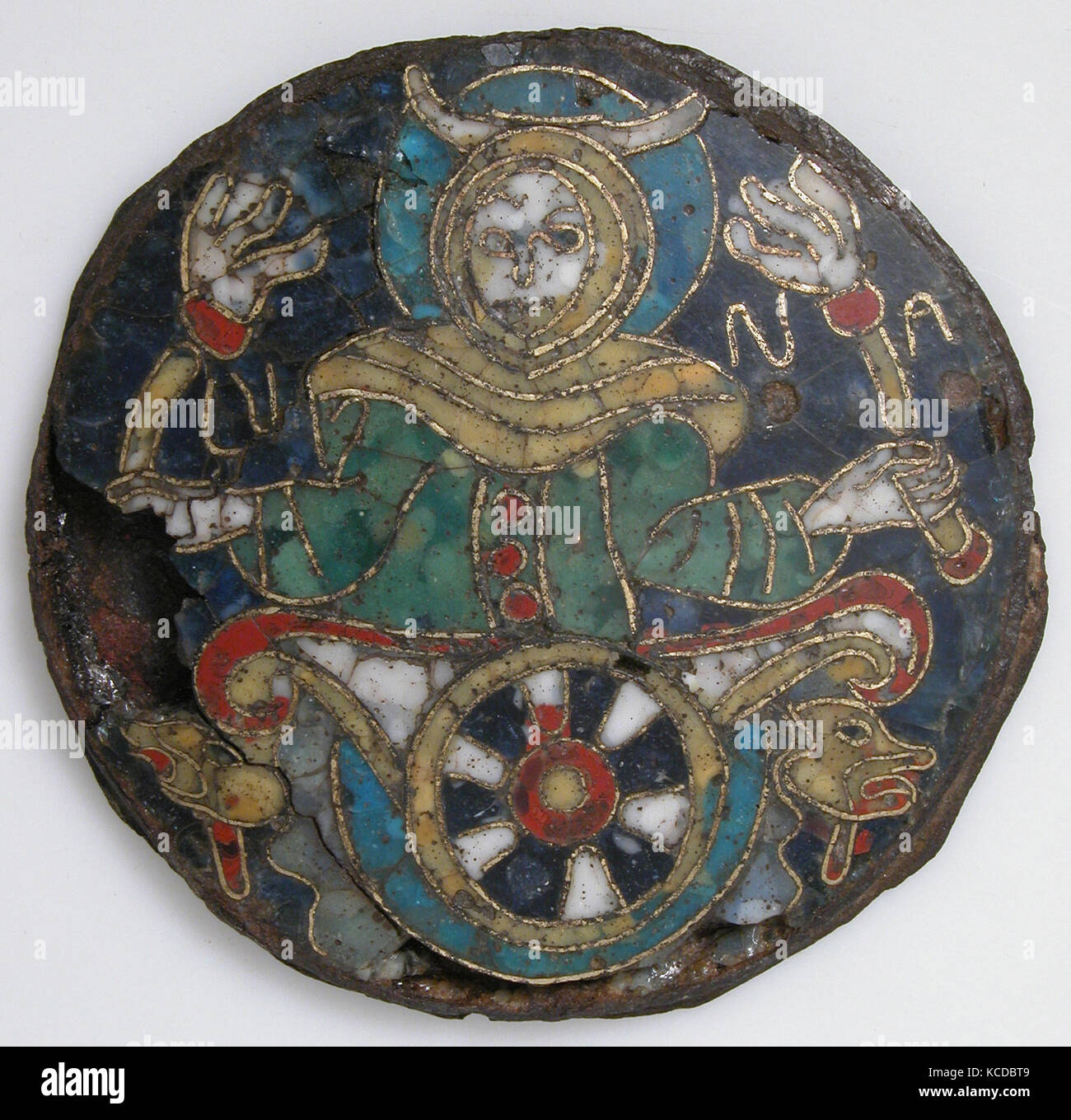 Roundel with a Personification of the Moon, ca. 860–890 Stock Photohttps://www.alamy.com/image-license-details/?v=1https://www.alamy.com/stock-image-roundel-with-a-personification-of-the-moon-ca-860890-162563865.html
Roundel with a Personification of the Moon, ca. 860–890 Stock Photohttps://www.alamy.com/image-license-details/?v=1https://www.alamy.com/stock-image-roundel-with-a-personification-of-the-moon-ca-860890-162563865.htmlRMKCDBT9–Roundel with a Personification of the Moon, ca. 860–890
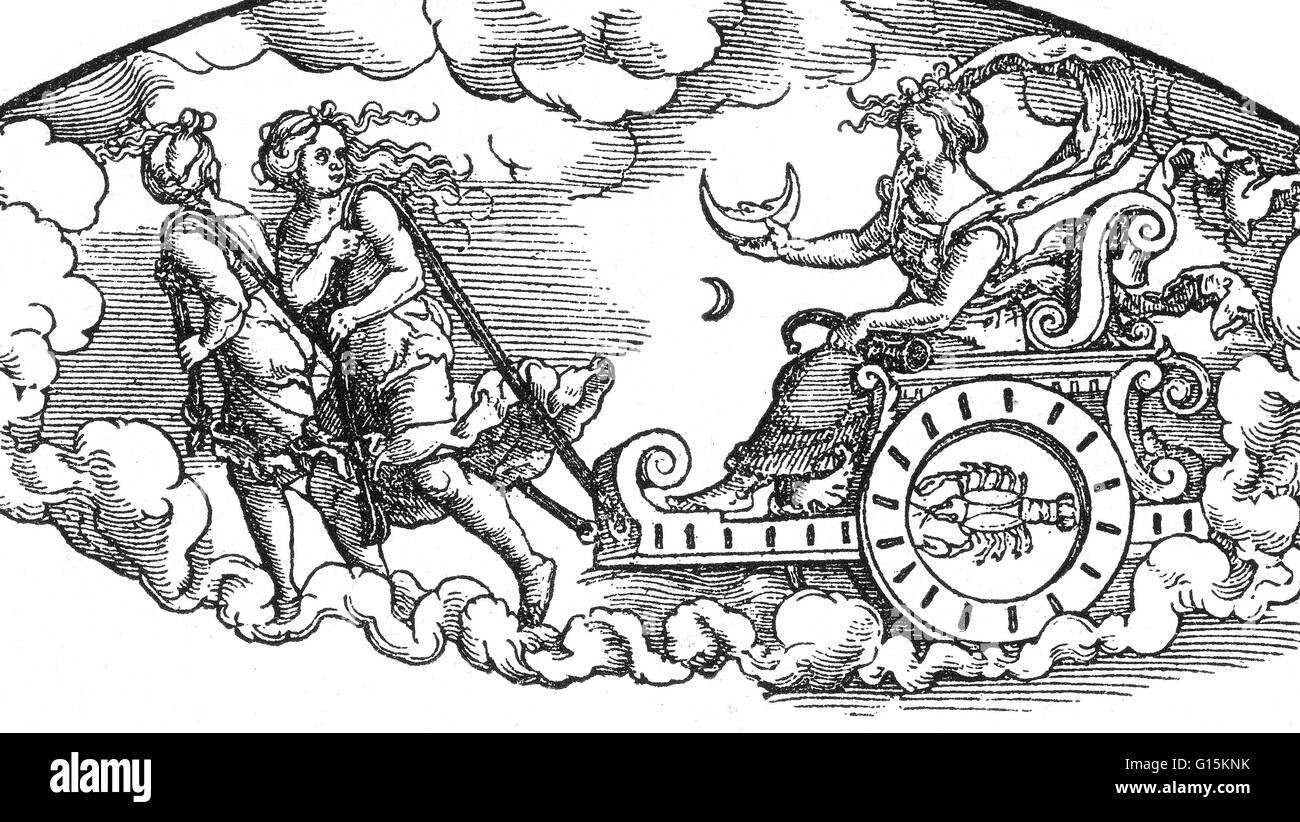 Upper portion of woodcut (see BV0761 for full) attributed to two artists. 'Life of the Children of the Moon' by Georg Pencz (1500-1550), in the Folge der Planeten and 'The Moon and Its Traits' by Hans Sebald Beham. In ancient Roman religion and myth, Luna Stock Photohttps://www.alamy.com/image-license-details/?v=1https://www.alamy.com/stock-photo-upper-portion-of-woodcut-see-bv0761-for-full-attributed-to-two-artists-104002127.html
Upper portion of woodcut (see BV0761 for full) attributed to two artists. 'Life of the Children of the Moon' by Georg Pencz (1500-1550), in the Folge der Planeten and 'The Moon and Its Traits' by Hans Sebald Beham. In ancient Roman religion and myth, Luna Stock Photohttps://www.alamy.com/image-license-details/?v=1https://www.alamy.com/stock-photo-upper-portion-of-woodcut-see-bv0761-for-full-attributed-to-two-artists-104002127.htmlRMG15KNK–Upper portion of woodcut (see BV0761 for full) attributed to two artists. 'Life of the Children of the Moon' by Georg Pencz (1500-1550), in the Folge der Planeten and 'The Moon and Its Traits' by Hans Sebald Beham. In ancient Roman religion and myth, Luna
 Mandala of Chandra, God of the Moon, late 14th–early 15th century Stock Photohttps://www.alamy.com/image-license-details/?v=1https://www.alamy.com/stock-image-mandala-of-chandra-god-of-the-moon-late-14thearly-15th-century-162559955.html
Mandala of Chandra, God of the Moon, late 14th–early 15th century Stock Photohttps://www.alamy.com/image-license-details/?v=1https://www.alamy.com/stock-image-mandala-of-chandra-god-of-the-moon-late-14thearly-15th-century-162559955.htmlRMKCD6TK–Mandala of Chandra, God of the Moon, late 14th–early 15th century
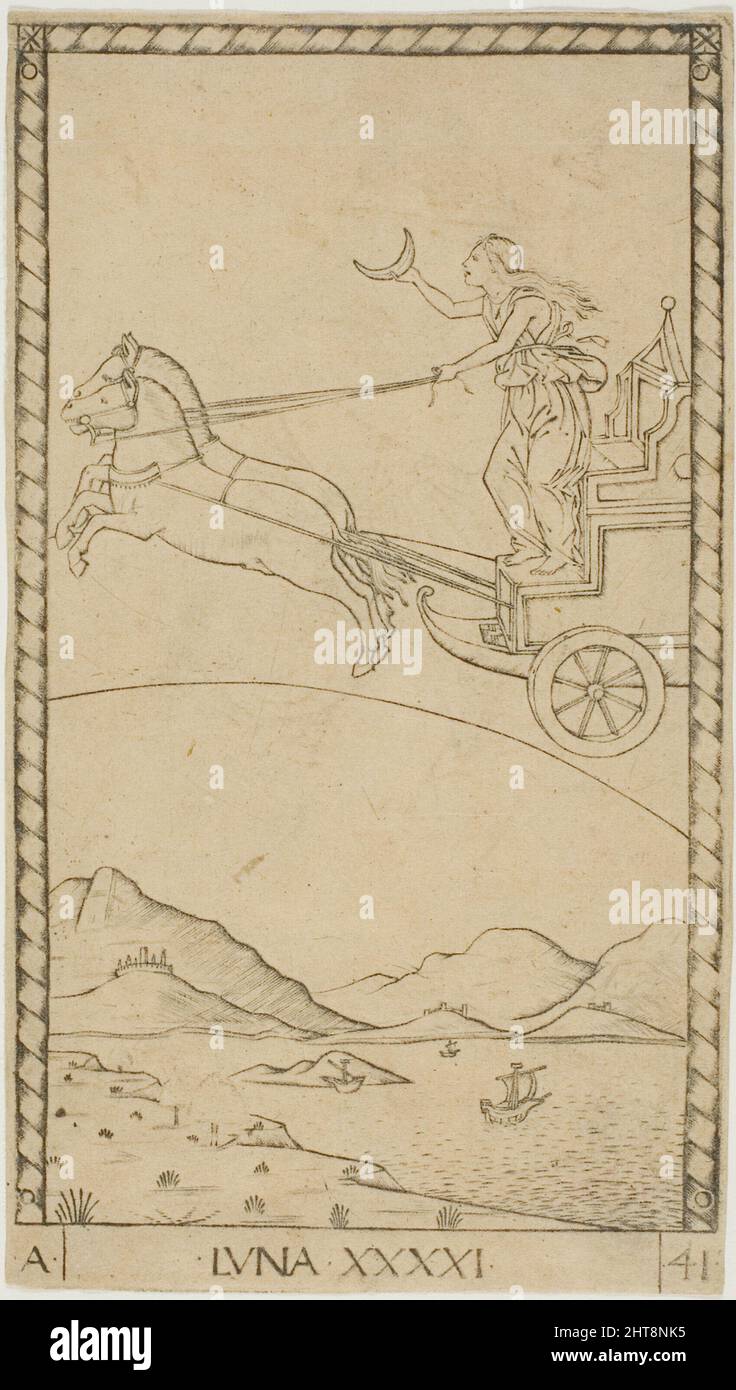 The Moon, plate 41 from Planets and Spheres, c.1465. Stock Photohttps://www.alamy.com/image-license-details/?v=1https://www.alamy.com/the-moon-plate-41-from-planets-and-spheres-c1465-image462413929.html
The Moon, plate 41 from Planets and Spheres, c.1465. Stock Photohttps://www.alamy.com/image-license-details/?v=1https://www.alamy.com/the-moon-plate-41-from-planets-and-spheres-c1465-image462413929.htmlRM2HT8NK5–The Moon, plate 41 from Planets and Spheres, c.1465.
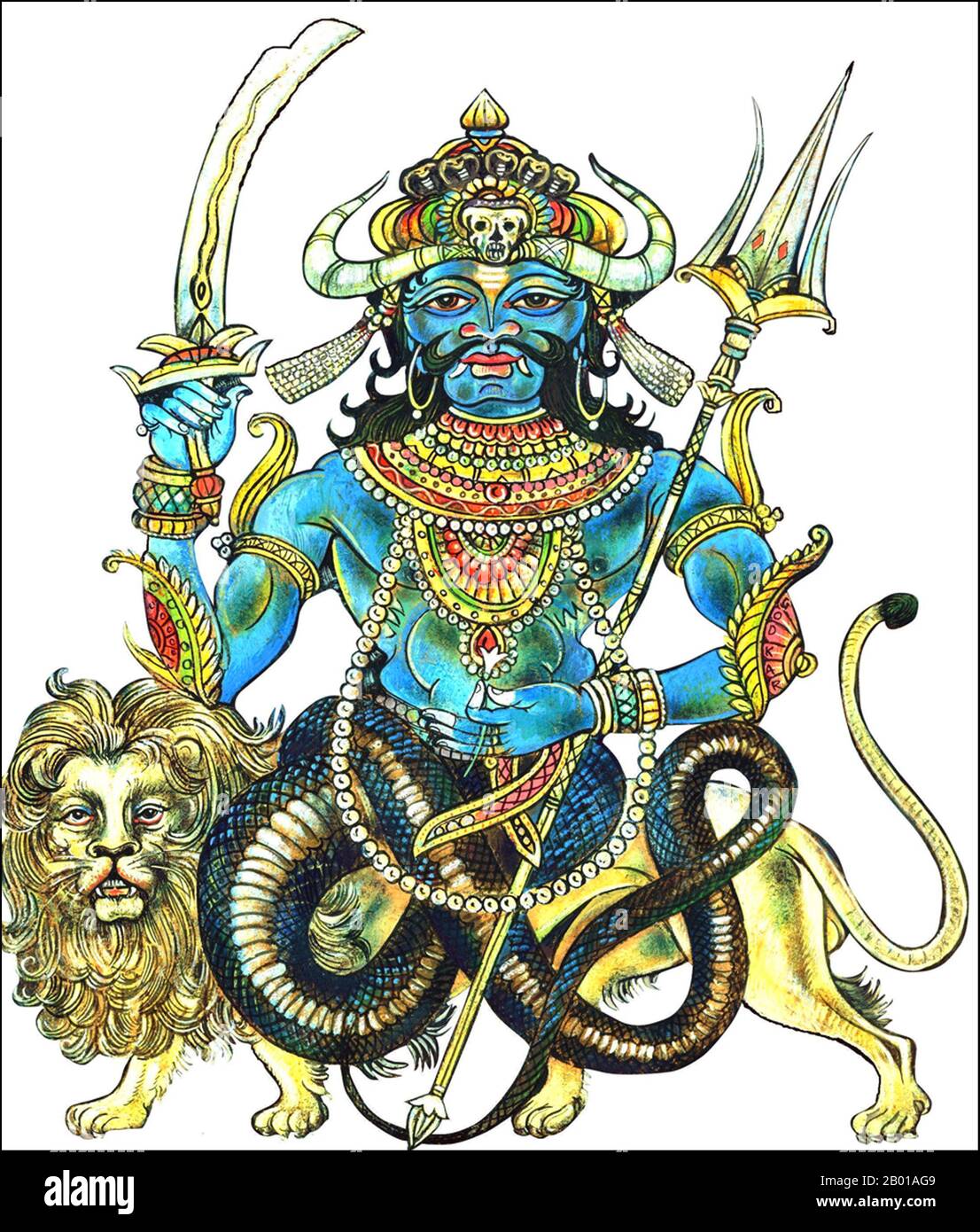 India: An Indian representation of Rahu, Snake Demon and causer of solar and lunar eclipses. In Hindu mythology, Rahu is a snake that swallows the sun or the moon causing eclipses. He is depicted in art as a dragon with no body riding a chariot drawn by eight black horses. Rahu is one of the navagrahas (nine planets) in Vedic astrology. The Rahu kala (time of day under the influence of Rahu) is considered inauspicious. Stock Photohttps://www.alamy.com/image-license-details/?v=1https://www.alamy.com/india-an-indian-representation-of-rahu-snake-demon-and-causer-of-solar-and-lunar-eclipses-in-hindu-mythology-rahu-is-a-snake-that-swallows-the-sun-or-the-moon-causing-eclipses-he-is-depicted-in-art-as-a-dragon-with-no-body-riding-a-chariot-drawn-by-eight-black-horses-rahu-is-one-of-the-navagrahas-nine-planets-in-vedic-astrology-the-rahu-kala-time-of-day-under-the-influence-of-rahu-is-considered-inauspicious-image344237609.html
India: An Indian representation of Rahu, Snake Demon and causer of solar and lunar eclipses. In Hindu mythology, Rahu is a snake that swallows the sun or the moon causing eclipses. He is depicted in art as a dragon with no body riding a chariot drawn by eight black horses. Rahu is one of the navagrahas (nine planets) in Vedic astrology. The Rahu kala (time of day under the influence of Rahu) is considered inauspicious. Stock Photohttps://www.alamy.com/image-license-details/?v=1https://www.alamy.com/india-an-indian-representation-of-rahu-snake-demon-and-causer-of-solar-and-lunar-eclipses-in-hindu-mythology-rahu-is-a-snake-that-swallows-the-sun-or-the-moon-causing-eclipses-he-is-depicted-in-art-as-a-dragon-with-no-body-riding-a-chariot-drawn-by-eight-black-horses-rahu-is-one-of-the-navagrahas-nine-planets-in-vedic-astrology-the-rahu-kala-time-of-day-under-the-influence-of-rahu-is-considered-inauspicious-image344237609.htmlRM2B01AG9–India: An Indian representation of Rahu, Snake Demon and causer of solar and lunar eclipses. In Hindu mythology, Rahu is a snake that swallows the sun or the moon causing eclipses. He is depicted in art as a dragon with no body riding a chariot drawn by eight black horses. Rahu is one of the navagrahas (nine planets) in Vedic astrology. The Rahu kala (time of day under the influence of Rahu) is considered inauspicious.
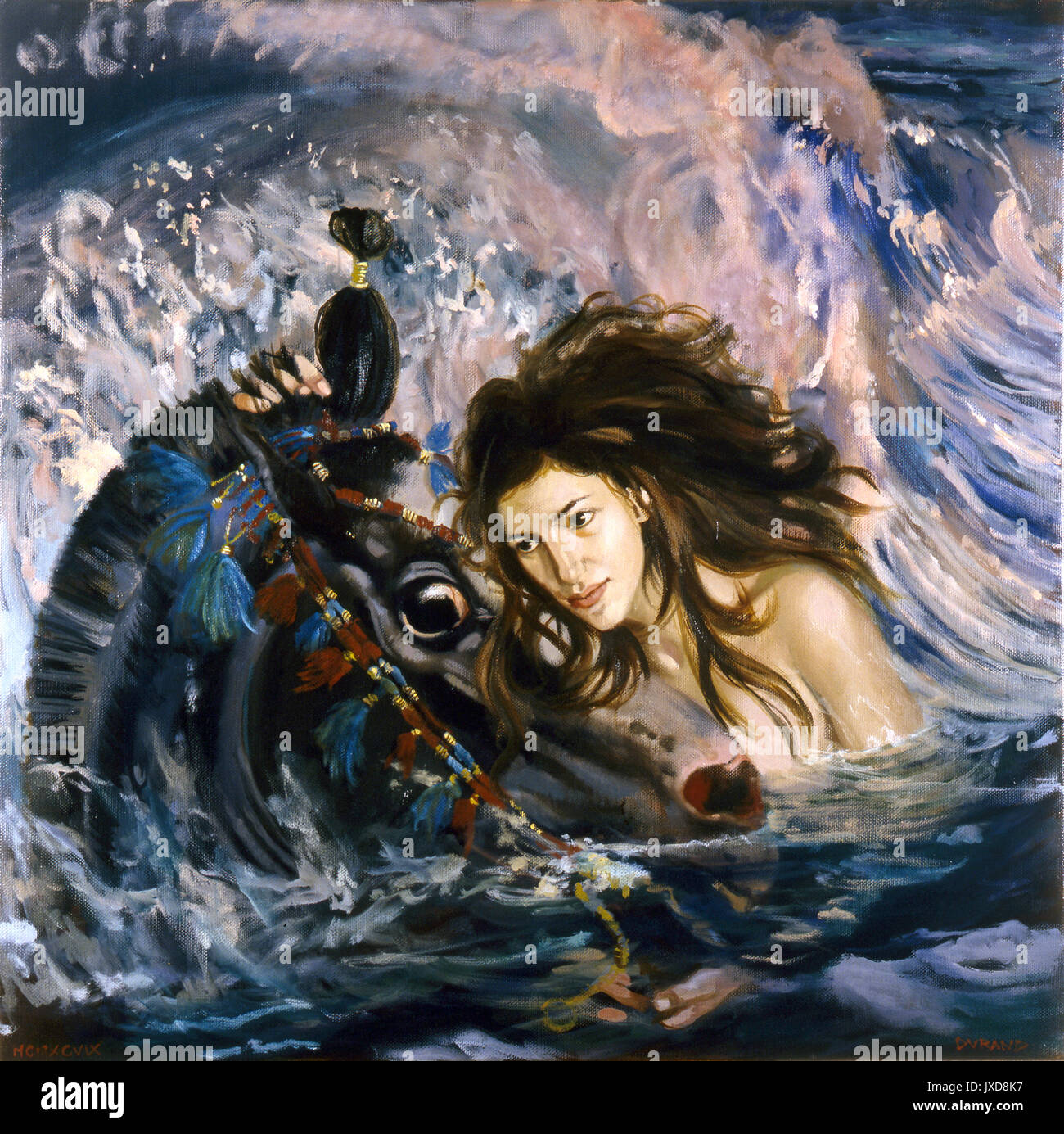 SELENE’S STEED, a mythological painting, depicts the moment when Selene, the Moon goddess and her steed, which André Durand has based on the head of one of the horses of Selene from the east pediment of the Parthenon .(British Museum) have plunged in the sea and are about to sink beneath the horizon. Stock Photohttps://www.alamy.com/image-license-details/?v=1https://www.alamy.com/selenes-steed-a-mythological-painting-depicts-the-moment-when-selene-image153956187.html
SELENE’S STEED, a mythological painting, depicts the moment when Selene, the Moon goddess and her steed, which André Durand has based on the head of one of the horses of Selene from the east pediment of the Parthenon .(British Museum) have plunged in the sea and are about to sink beneath the horizon. Stock Photohttps://www.alamy.com/image-license-details/?v=1https://www.alamy.com/selenes-steed-a-mythological-painting-depicts-the-moment-when-selene-image153956187.htmlRMJXD8K7–SELENE’S STEED, a mythological painting, depicts the moment when Selene, the Moon goddess and her steed, which André Durand has based on the head of one of the horses of Selene from the east pediment of the Parthenon .(British Museum) have plunged in the sea and are about to sink beneath the horizon.
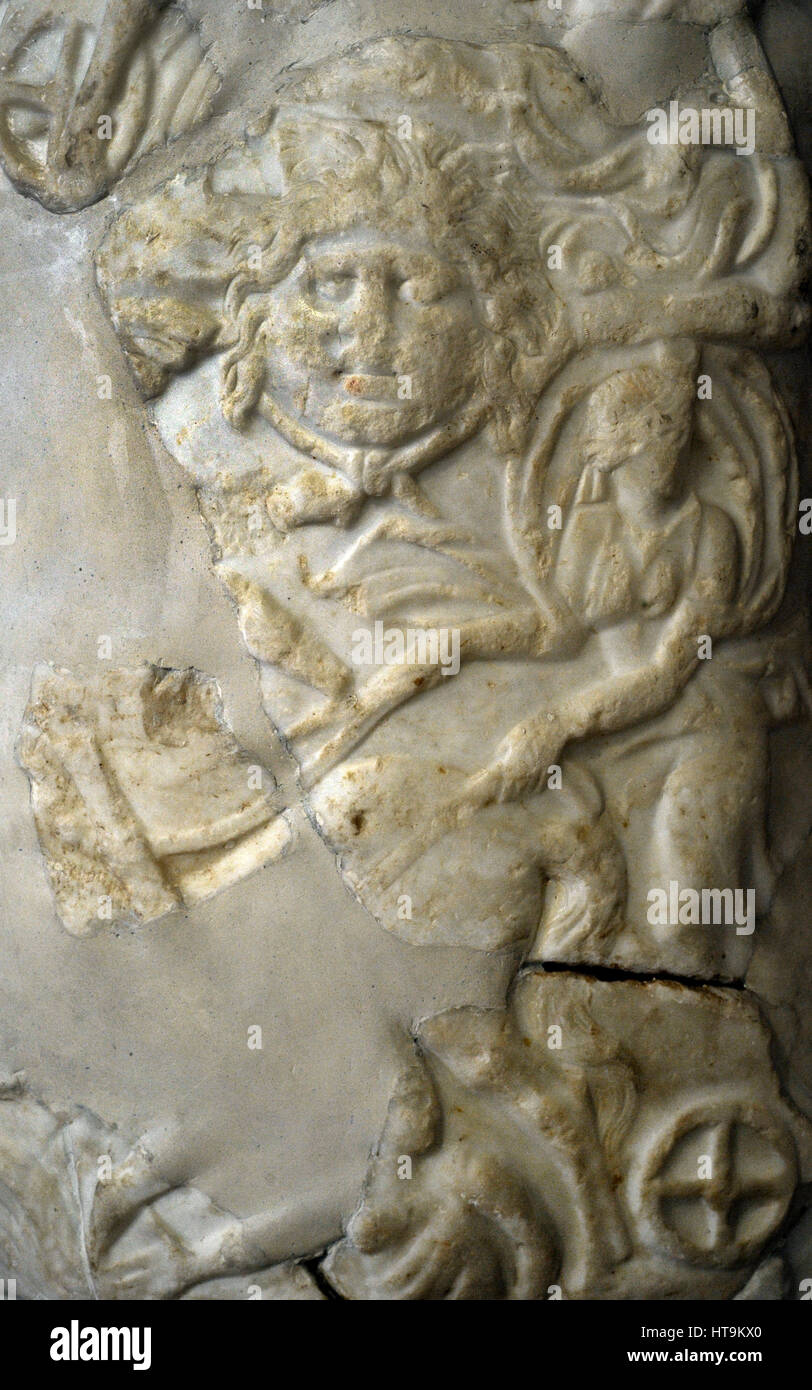 Fragment statue. Shield with the representation of the Sun (Helios) and the Moon (Selene). Detail of Selene. 1st-2nd century AD. Spain. Archaeological Museum. Tarragona. Catalonia, Spain. Stock Photohttps://www.alamy.com/image-license-details/?v=1https://www.alamy.com/stock-photo-fragment-statue-shield-with-the-representation-of-the-sun-helios-and-135437512.html
Fragment statue. Shield with the representation of the Sun (Helios) and the Moon (Selene). Detail of Selene. 1st-2nd century AD. Spain. Archaeological Museum. Tarragona. Catalonia, Spain. Stock Photohttps://www.alamy.com/image-license-details/?v=1https://www.alamy.com/stock-photo-fragment-statue-shield-with-the-representation-of-the-sun-helios-and-135437512.htmlRMHT9KX0–Fragment statue. Shield with the representation of the Sun (Helios) and the Moon (Selene). Detail of Selene. 1st-2nd century AD. Spain. Archaeological Museum. Tarragona. Catalonia, Spain.
 Marble sarcophagus with the myth of Endymion. Roman. Antonine period, 2nd c.AD. Selene, moon goddess alights from her chariot. Stock Photohttps://www.alamy.com/image-license-details/?v=1https://www.alamy.com/stock-photo-marble-sarcophagus-with-the-myth-of-endymion-roman-antonine-period-81615319.html
Marble sarcophagus with the myth of Endymion. Roman. Antonine period, 2nd c.AD. Selene, moon goddess alights from her chariot. Stock Photohttps://www.alamy.com/image-license-details/?v=1https://www.alamy.com/stock-photo-marble-sarcophagus-with-the-myth-of-endymion-roman-antonine-period-81615319.htmlRMEMNW4R–Marble sarcophagus with the myth of Endymion. Roman. Antonine period, 2nd c.AD. Selene, moon goddess alights from her chariot.
 Art inspired by Mandala of Chandra, God of the Moon, early Malla period, late 14th–early 15th century, Nepal (Kathmandu Valley), Distemper on cloth, Overall: 16 x 14 1/4 in. (40.6 x 36.2 cm), Paintings, The center of this mandala depicts the moon god Chandra flanked by two female, Classic works modernized by Artotop with a splash of modernity. Shapes, color and value, eye-catching visual impact on art. Emotions through freedom of artworks in a contemporary way. A timeless message pursuing a wildly creative new direction. Artists turning to the digital medium and creating the Artotop NFT Stock Photohttps://www.alamy.com/image-license-details/?v=1https://www.alamy.com/art-inspired-by-mandala-of-chandra-god-of-the-moon-early-malla-period-late-14thearly-15th-century-nepal-kathmandu-valley-distemper-on-cloth-overall-16-x-14-14-in-406-x-362-cm-paintings-the-center-of-this-mandala-depicts-the-moon-god-chandra-flanked-by-two-female-classic-works-modernized-by-artotop-with-a-splash-of-modernity-shapes-color-and-value-eye-catching-visual-impact-on-art-emotions-through-freedom-of-artworks-in-a-contemporary-way-a-timeless-message-pursuing-a-wildly-creative-new-direction-artists-turning-to-the-digital-medium-and-creating-the-artotop-nft-image462907790.html
Art inspired by Mandala of Chandra, God of the Moon, early Malla period, late 14th–early 15th century, Nepal (Kathmandu Valley), Distemper on cloth, Overall: 16 x 14 1/4 in. (40.6 x 36.2 cm), Paintings, The center of this mandala depicts the moon god Chandra flanked by two female, Classic works modernized by Artotop with a splash of modernity. Shapes, color and value, eye-catching visual impact on art. Emotions through freedom of artworks in a contemporary way. A timeless message pursuing a wildly creative new direction. Artists turning to the digital medium and creating the Artotop NFT Stock Photohttps://www.alamy.com/image-license-details/?v=1https://www.alamy.com/art-inspired-by-mandala-of-chandra-god-of-the-moon-early-malla-period-late-14thearly-15th-century-nepal-kathmandu-valley-distemper-on-cloth-overall-16-x-14-14-in-406-x-362-cm-paintings-the-center-of-this-mandala-depicts-the-moon-god-chandra-flanked-by-two-female-classic-works-modernized-by-artotop-with-a-splash-of-modernity-shapes-color-and-value-eye-catching-visual-impact-on-art-emotions-through-freedom-of-artworks-in-a-contemporary-way-a-timeless-message-pursuing-a-wildly-creative-new-direction-artists-turning-to-the-digital-medium-and-creating-the-artotop-nft-image462907790.htmlRF2HW37H2–Art inspired by Mandala of Chandra, God of the Moon, early Malla period, late 14th–early 15th century, Nepal (Kathmandu Valley), Distemper on cloth, Overall: 16 x 14 1/4 in. (40.6 x 36.2 cm), Paintings, The center of this mandala depicts the moon god Chandra flanked by two female, Classic works modernized by Artotop with a splash of modernity. Shapes, color and value, eye-catching visual impact on art. Emotions through freedom of artworks in a contemporary way. A timeless message pursuing a wildly creative new direction. Artists turning to the digital medium and creating the Artotop NFT
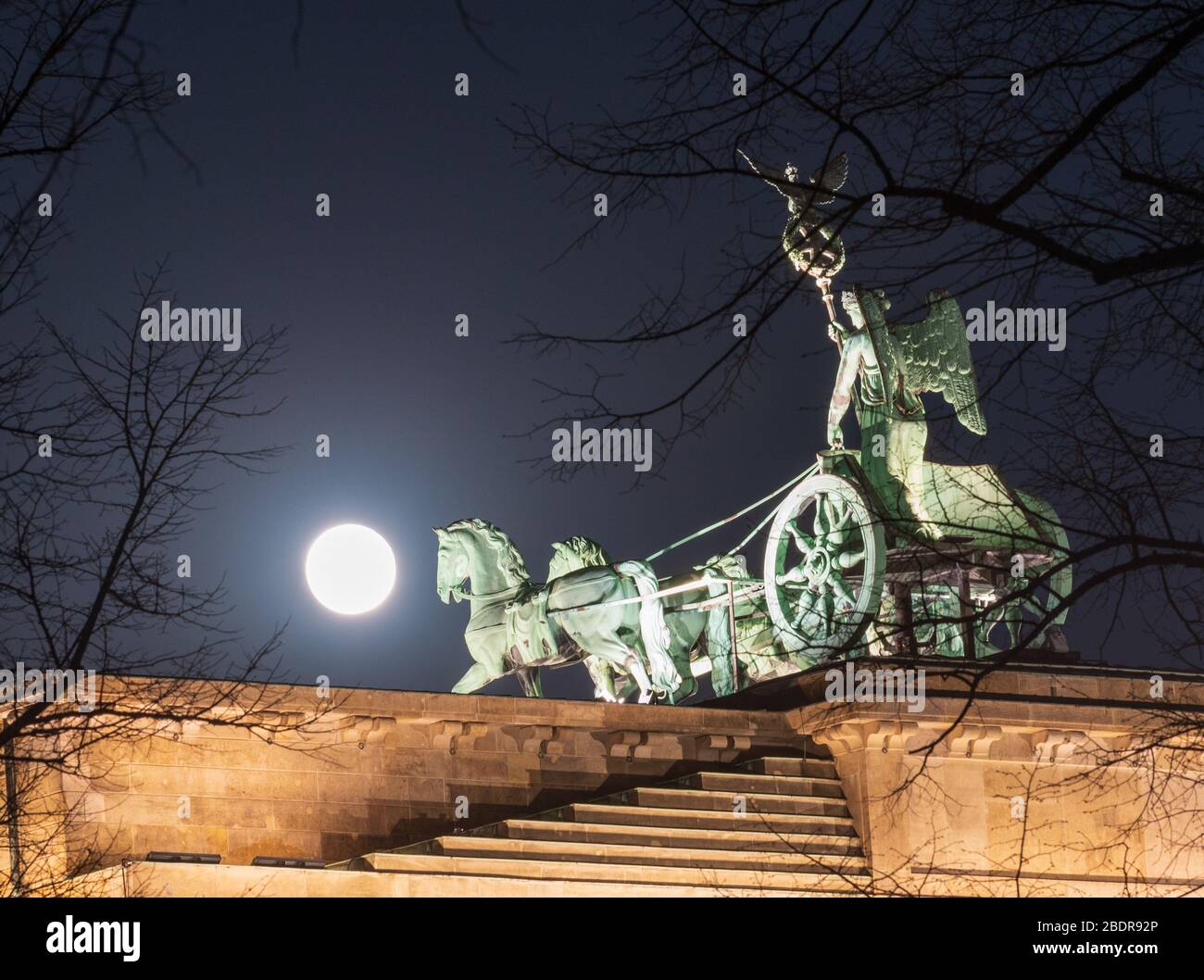 Supermoon over Quadriga statue on Brandenburg Gate, Berlin Stock Photohttps://www.alamy.com/image-license-details/?v=1https://www.alamy.com/supermoon-over-quadriga-statue-on-brandenburg-gate-berlin-image352709918.html
Supermoon over Quadriga statue on Brandenburg Gate, Berlin Stock Photohttps://www.alamy.com/image-license-details/?v=1https://www.alamy.com/supermoon-over-quadriga-statue-on-brandenburg-gate-berlin-image352709918.htmlRF2BDR92P–Supermoon over Quadriga statue on Brandenburg Gate, Berlin
 Art inspired by Roundel with a Personification of the Moon, ca. 860–890, Made in south central France, Carolingian, Cloisonné enamel, Copper alloy, gilding, iron back plate, Overall: 3 3/8 x 1/4 in. (8.6 x 0.6 cm), Enamels-Cloisonné, This plaque is one of the earliest known examples of, Classic works modernized by Artotop with a splash of modernity. Shapes, color and value, eye-catching visual impact on art. Emotions through freedom of artworks in a contemporary way. A timeless message pursuing a wildly creative new direction. Artists turning to the digital medium and creating the Artotop NFT Stock Photohttps://www.alamy.com/image-license-details/?v=1https://www.alamy.com/art-inspired-by-roundel-with-a-personification-of-the-moon-ca-860890-made-in-south-central-france-carolingian-cloisonn-enamel-copper-alloy-gilding-iron-back-plate-overall-3-38-x-14-in-86-x-06-cm-enamels-cloisonn-this-plaque-is-one-of-the-earliest-known-examples-of-classic-works-modernized-by-artotop-with-a-splash-of-modernity-shapes-color-and-value-eye-catching-visual-impact-on-art-emotions-through-freedom-of-artworks-in-a-contemporary-way-a-timeless-message-pursuing-a-wildly-creative-new-direction-artists-turning-to-the-digital-medium-and-creating-the-artotop-nft-image463033497.html
Art inspired by Roundel with a Personification of the Moon, ca. 860–890, Made in south central France, Carolingian, Cloisonné enamel, Copper alloy, gilding, iron back plate, Overall: 3 3/8 x 1/4 in. (8.6 x 0.6 cm), Enamels-Cloisonné, This plaque is one of the earliest known examples of, Classic works modernized by Artotop with a splash of modernity. Shapes, color and value, eye-catching visual impact on art. Emotions through freedom of artworks in a contemporary way. A timeless message pursuing a wildly creative new direction. Artists turning to the digital medium and creating the Artotop NFT Stock Photohttps://www.alamy.com/image-license-details/?v=1https://www.alamy.com/art-inspired-by-roundel-with-a-personification-of-the-moon-ca-860890-made-in-south-central-france-carolingian-cloisonn-enamel-copper-alloy-gilding-iron-back-plate-overall-3-38-x-14-in-86-x-06-cm-enamels-cloisonn-this-plaque-is-one-of-the-earliest-known-examples-of-classic-works-modernized-by-artotop-with-a-splash-of-modernity-shapes-color-and-value-eye-catching-visual-impact-on-art-emotions-through-freedom-of-artworks-in-a-contemporary-way-a-timeless-message-pursuing-a-wildly-creative-new-direction-artists-turning-to-the-digital-medium-and-creating-the-artotop-nft-image463033497.htmlRF2HW8YXH–Art inspired by Roundel with a Personification of the Moon, ca. 860–890, Made in south central France, Carolingian, Cloisonné enamel, Copper alloy, gilding, iron back plate, Overall: 3 3/8 x 1/4 in. (8.6 x 0.6 cm), Enamels-Cloisonné, This plaque is one of the earliest known examples of, Classic works modernized by Artotop with a splash of modernity. Shapes, color and value, eye-catching visual impact on art. Emotions through freedom of artworks in a contemporary way. A timeless message pursuing a wildly creative new direction. Artists turning to the digital medium and creating the Artotop NFT
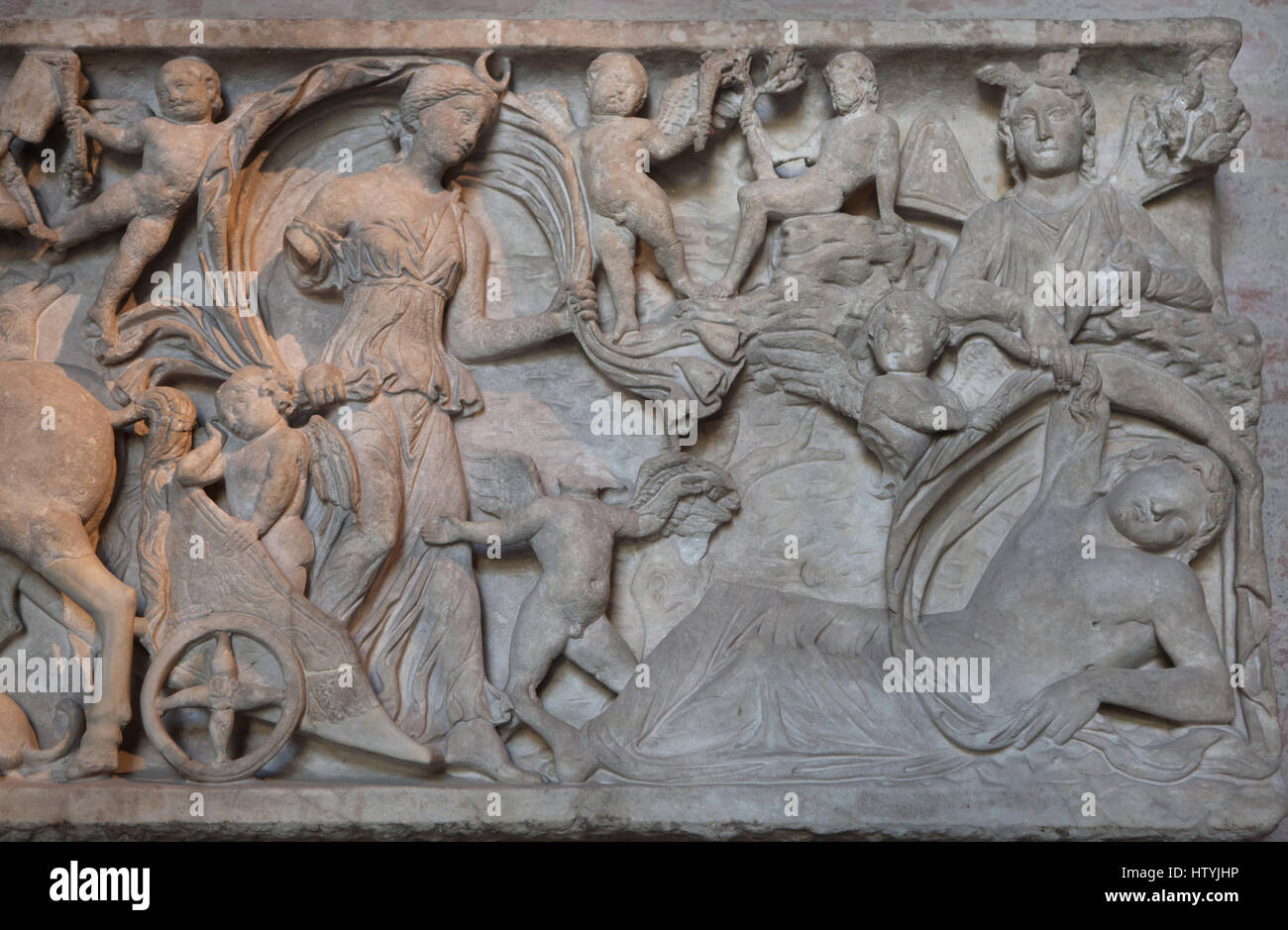 Selene and Endymion on Mount Latmus. Front side of a Roman sarcophagus from about 180 AD on display in the Glyptothek Museum in Munich, Bavaria, Germany. The moon goddess Selene is depicted as she arrives on her chariot surrounded by Erotes on the Mount Latmos and sees her lover Endymion in eternal sleep. The winged god of sleep Hypnos is depicted as he repands on Endymion sleeping liquid. The mountain god of the Latmos Mountains is depicted sitting on a rock on top. Stock Photohttps://www.alamy.com/image-license-details/?v=1https://www.alamy.com/stock-photo-selene-and-endymion-on-mount-latmus-front-side-of-a-roman-sarcophagus-135831634.html
Selene and Endymion on Mount Latmus. Front side of a Roman sarcophagus from about 180 AD on display in the Glyptothek Museum in Munich, Bavaria, Germany. The moon goddess Selene is depicted as she arrives on her chariot surrounded by Erotes on the Mount Latmos and sees her lover Endymion in eternal sleep. The winged god of sleep Hypnos is depicted as he repands on Endymion sleeping liquid. The mountain god of the Latmos Mountains is depicted sitting on a rock on top. Stock Photohttps://www.alamy.com/image-license-details/?v=1https://www.alamy.com/stock-photo-selene-and-endymion-on-mount-latmus-front-side-of-a-roman-sarcophagus-135831634.htmlRMHTYJHP–Selene and Endymion on Mount Latmus. Front side of a Roman sarcophagus from about 180 AD on display in the Glyptothek Museum in Munich, Bavaria, Germany. The moon goddess Selene is depicted as she arrives on her chariot surrounded by Erotes on the Mount Latmos and sees her lover Endymion in eternal sleep. The winged god of sleep Hypnos is depicted as he repands on Endymion sleeping liquid. The mountain god of the Latmos Mountains is depicted sitting on a rock on top.
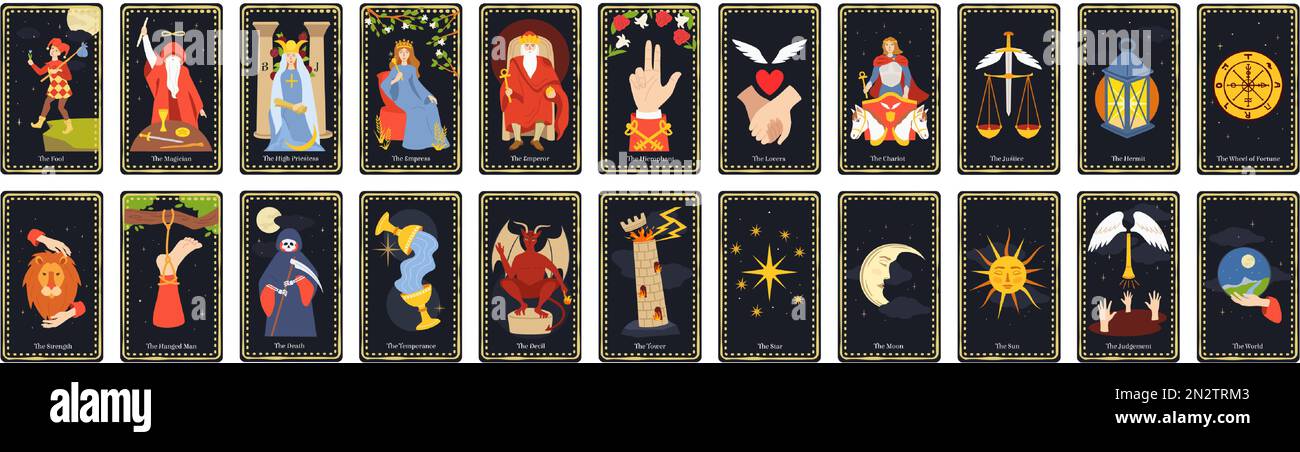 Major arcana tarot cards. Occult deck for divination with chariot, fool, magician and wheel of fortune vector set Stock Vectorhttps://www.alamy.com/image-license-details/?v=1https://www.alamy.com/major-arcana-tarot-cards-occult-deck-for-divination-with-chariot-fool-magician-and-wheel-of-fortune-vector-set-image518085795.html
Major arcana tarot cards. Occult deck for divination with chariot, fool, magician and wheel of fortune vector set Stock Vectorhttps://www.alamy.com/image-license-details/?v=1https://www.alamy.com/major-arcana-tarot-cards-occult-deck-for-divination-with-chariot-fool-magician-and-wheel-of-fortune-vector-set-image518085795.htmlRF2N2TRM3–Major arcana tarot cards. Occult deck for divination with chariot, fool, magician and wheel of fortune vector set
 a full moon rising behind a statue of Bouddico and chariot outside the houses of Parliament, London UK Stock Photohttps://www.alamy.com/image-license-details/?v=1https://www.alamy.com/a-full-moon-rising-behind-a-statue-of-bouddico-and-chariot-outside-image9896961.html
a full moon rising behind a statue of Bouddico and chariot outside the houses of Parliament, London UK Stock Photohttps://www.alamy.com/image-license-details/?v=1https://www.alamy.com/a-full-moon-rising-behind-a-statue-of-bouddico-and-chariot-outside-image9896961.htmlRMA06HWP–a full moon rising behind a statue of Bouddico and chariot outside the houses of Parliament, London UK
 Indian men slowly pull the small ratha chariot down a dirt village road during a monthly full moon local hindu festival Stock Photohttps://www.alamy.com/image-license-details/?v=1https://www.alamy.com/stock-photo-indian-men-slowly-pull-the-small-ratha-chariot-down-a-dirt-village-92236739.html
Indian men slowly pull the small ratha chariot down a dirt village road during a monthly full moon local hindu festival Stock Photohttps://www.alamy.com/image-license-details/?v=1https://www.alamy.com/stock-photo-indian-men-slowly-pull-the-small-ratha-chariot-down-a-dirt-village-92236739.htmlRMFA1MW7–Indian men slowly pull the small ratha chariot down a dirt village road during a monthly full moon local hindu festival
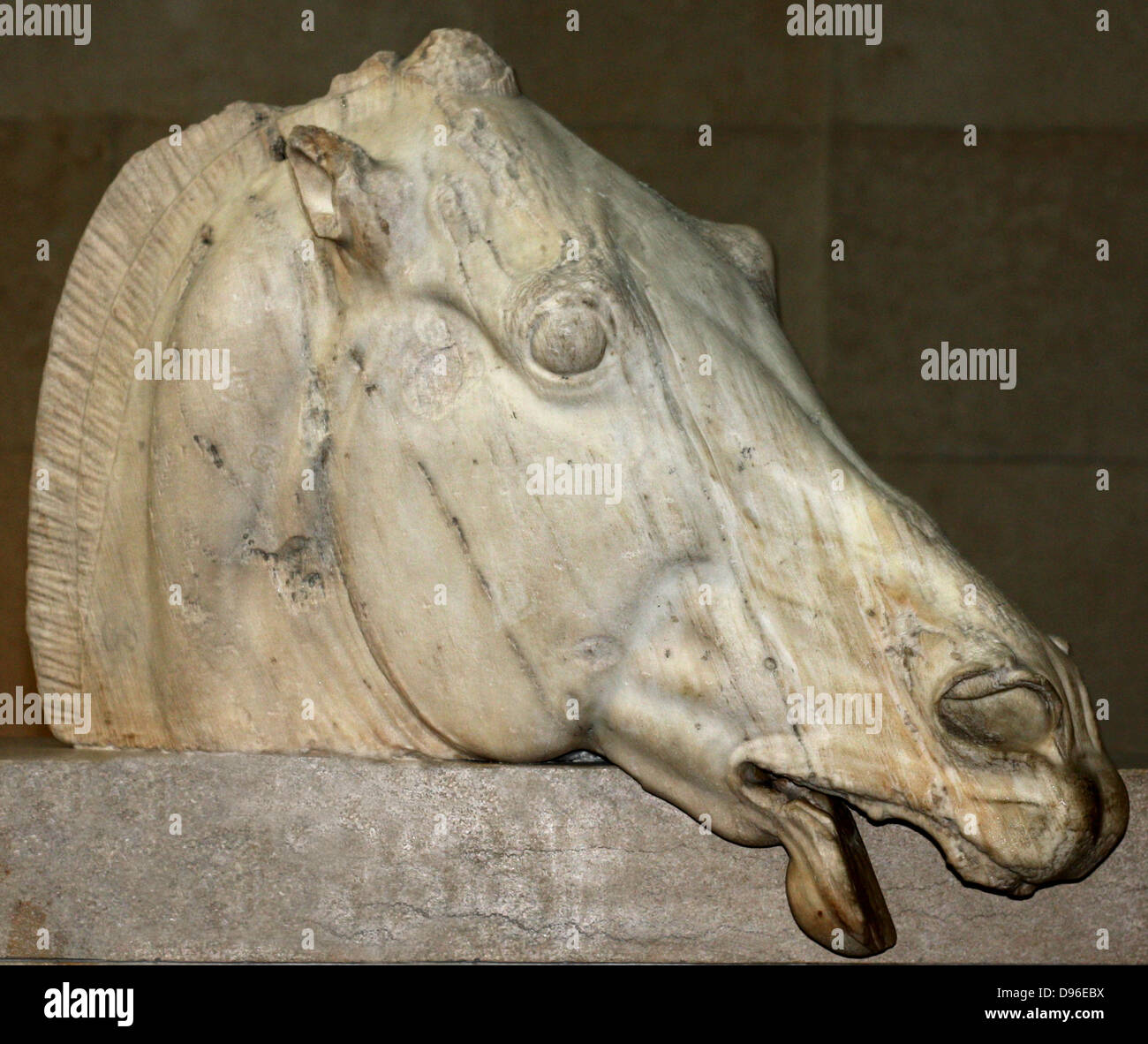 Statue of a horses head from the chariot of the moon-goddess Selene. Acropolis, Athens, 438-432 BC. From the east pediment of the Parthenon. It shows the horse as weary from it's night-long labour. Stock Photohttps://www.alamy.com/image-license-details/?v=1https://www.alamy.com/stock-photo-statue-of-a-horses-head-from-the-chariot-of-the-moon-goddess-selene-57306030.html
Statue of a horses head from the chariot of the moon-goddess Selene. Acropolis, Athens, 438-432 BC. From the east pediment of the Parthenon. It shows the horse as weary from it's night-long labour. Stock Photohttps://www.alamy.com/image-license-details/?v=1https://www.alamy.com/stock-photo-statue-of-a-horses-head-from-the-chariot-of-the-moon-goddess-selene-57306030.htmlRMD96EBX–Statue of a horses head from the chariot of the moon-goddess Selene. Acropolis, Athens, 438-432 BC. From the east pediment of the Parthenon. It shows the horse as weary from it's night-long labour.
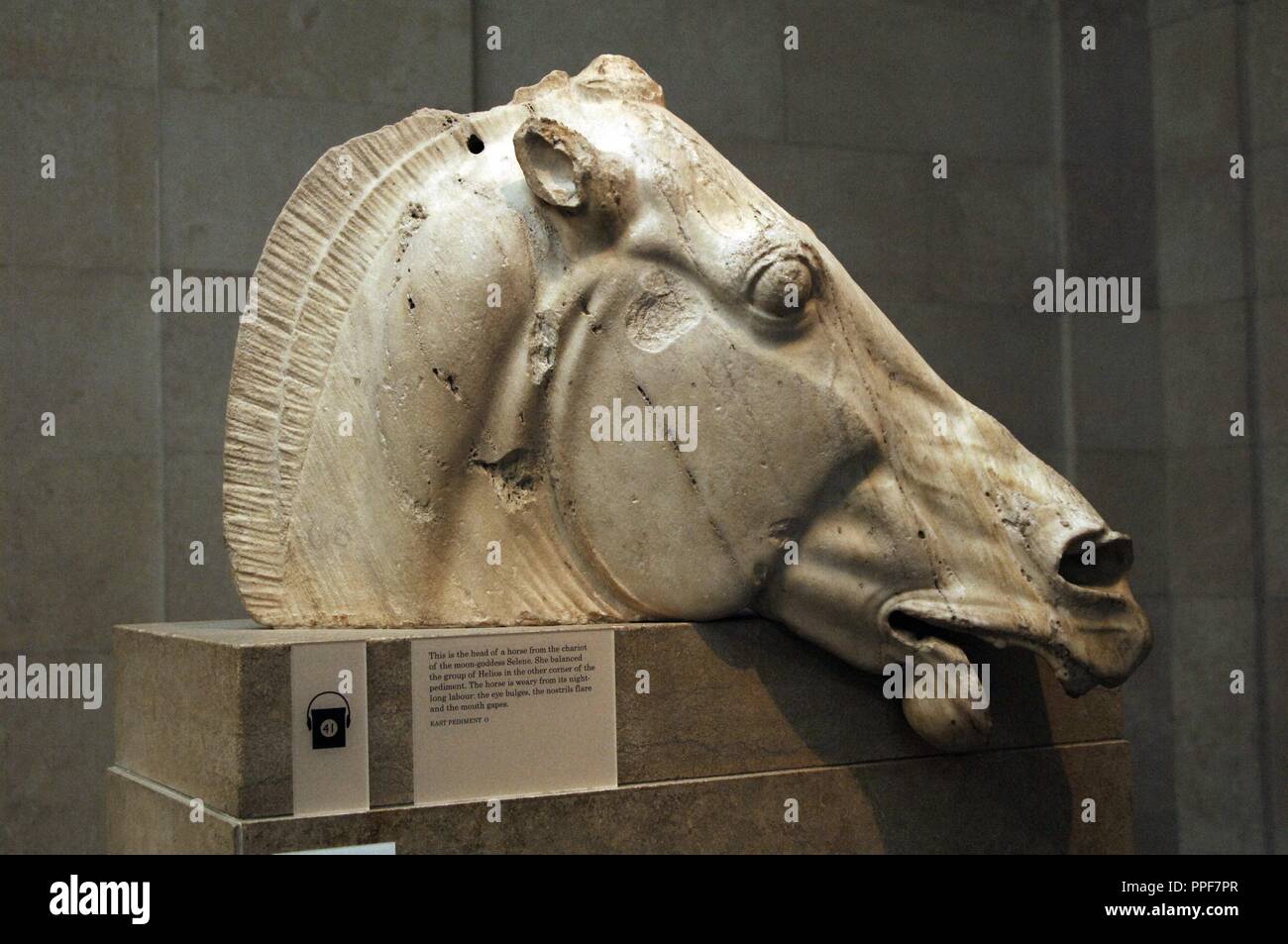 Greece. Athens. Parthenon. Head of horse from the chariot of the moon-goddes Selene. East pediment. 5th C. BC. British Museum. London. United Kingdom. Stock Photohttps://www.alamy.com/image-license-details/?v=1https://www.alamy.com/greece-athens-parthenon-head-of-horse-from-the-chariot-of-the-moon-goddes-selene-east-pediment-5th-c-bc-british-museum-london-united-kingdom-image220382255.html
Greece. Athens. Parthenon. Head of horse from the chariot of the moon-goddes Selene. East pediment. 5th C. BC. British Museum. London. United Kingdom. Stock Photohttps://www.alamy.com/image-license-details/?v=1https://www.alamy.com/greece-athens-parthenon-head-of-horse-from-the-chariot-of-the-moon-goddes-selene-east-pediment-5th-c-bc-british-museum-london-united-kingdom-image220382255.htmlRMPPF7PR–Greece. Athens. Parthenon. Head of horse from the chariot of the moon-goddes Selene. East pediment. 5th C. BC. British Museum. London. United Kingdom.
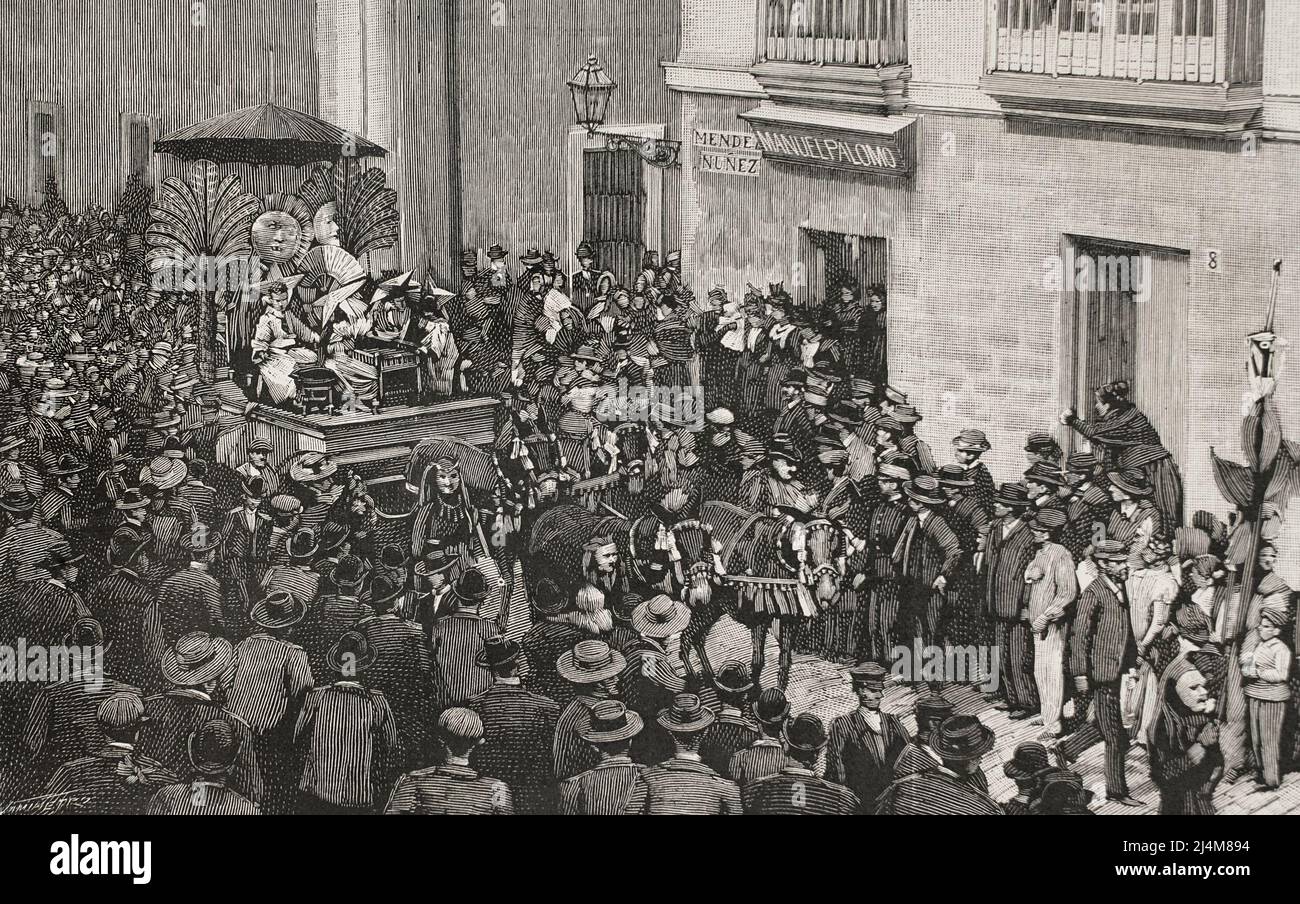 History of Spain. Andalusia. Carnival of Cadiz. Float of the Astros. Decorated in Assyrian style. On the chariot were representated the Sun and the Moon, lovingly embraced under a large umbrella. Engraving by Sampietro. La Ilustración Española y Americana, 1898. Stock Photohttps://www.alamy.com/image-license-details/?v=1https://www.alamy.com/history-of-spain-andalusia-carnival-of-cadiz-float-of-the-astros-decorated-in-assyrian-style-on-the-chariot-were-representated-the-sun-and-the-moon-lovingly-embraced-under-a-large-umbrella-engraving-by-sampietro-la-ilustracin-espaola-y-americana-1898-image467584128.html
History of Spain. Andalusia. Carnival of Cadiz. Float of the Astros. Decorated in Assyrian style. On the chariot were representated the Sun and the Moon, lovingly embraced under a large umbrella. Engraving by Sampietro. La Ilustración Española y Americana, 1898. Stock Photohttps://www.alamy.com/image-license-details/?v=1https://www.alamy.com/history-of-spain-andalusia-carnival-of-cadiz-float-of-the-astros-decorated-in-assyrian-style-on-the-chariot-were-representated-the-sun-and-the-moon-lovingly-embraced-under-a-large-umbrella-engraving-by-sampietro-la-ilustracin-espaola-y-americana-1898-image467584128.htmlRM2J4M894–History of Spain. Andalusia. Carnival of Cadiz. Float of the Astros. Decorated in Assyrian style. On the chariot were representated the Sun and the Moon, lovingly embraced under a large umbrella. Engraving by Sampietro. La Ilustración Española y Americana, 1898.
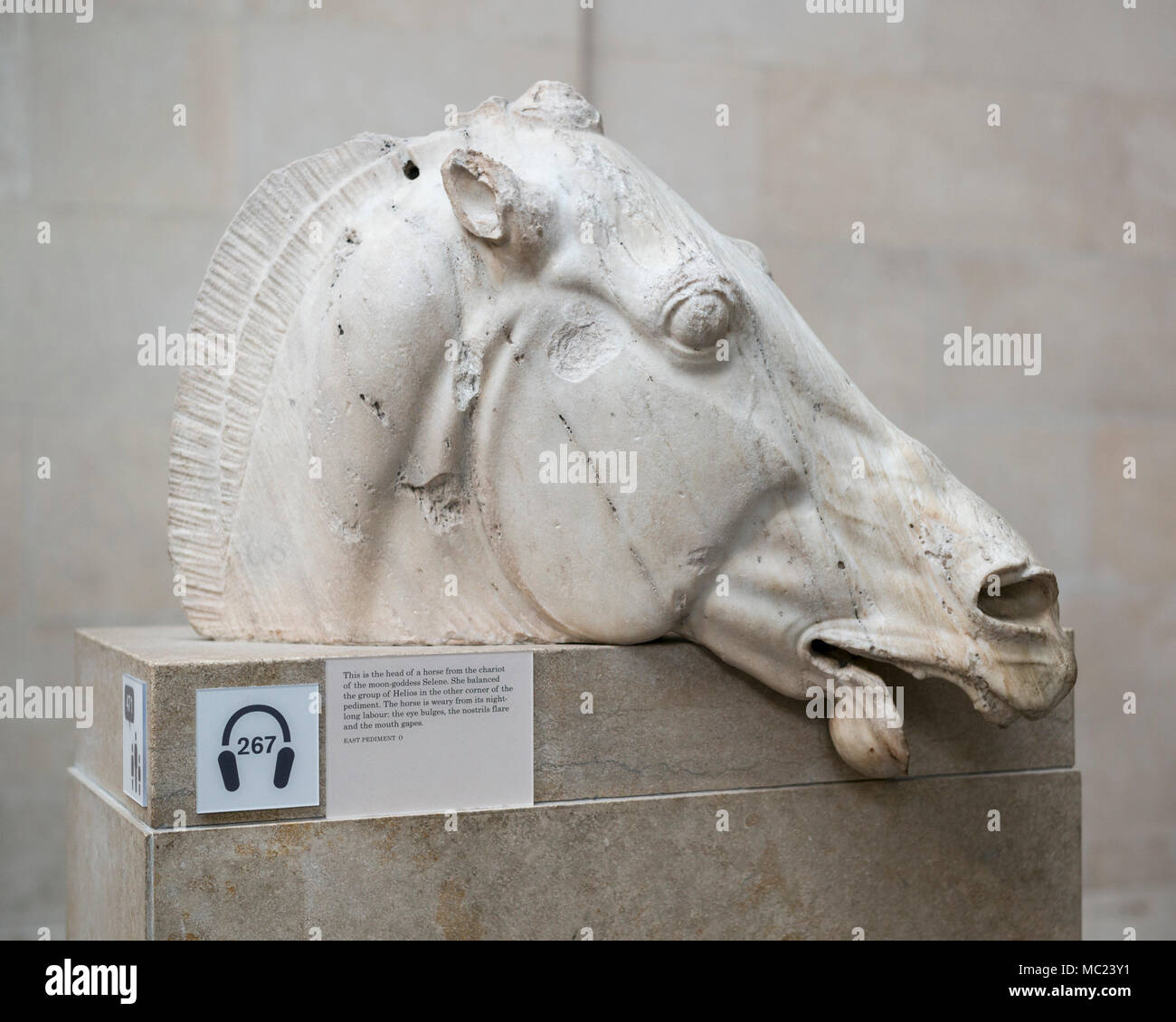 London. England. British Museum, Parthenon sculptures aka Elgin Marbles. Sculpture of the head of a horse from the chariot of the moon goddess Selene, Stock Photohttps://www.alamy.com/image-license-details/?v=1https://www.alamy.com/london-england-british-museum-parthenon-sculptures-aka-elgin-marbles-sculpture-of-the-head-of-a-horse-from-the-chariot-of-the-moon-goddess-selene-image179526565.html
London. England. British Museum, Parthenon sculptures aka Elgin Marbles. Sculpture of the head of a horse from the chariot of the moon goddess Selene, Stock Photohttps://www.alamy.com/image-license-details/?v=1https://www.alamy.com/london-england-british-museum-parthenon-sculptures-aka-elgin-marbles-sculpture-of-the-head-of-a-horse-from-the-chariot-of-the-moon-goddess-selene-image179526565.htmlRMMC23Y1–London. England. British Museum, Parthenon sculptures aka Elgin Marbles. Sculpture of the head of a horse from the chariot of the moon goddess Selene,
 Giovanni Battista Piranesi - Chariot Moon Stock Photohttps://www.alamy.com/image-license-details/?v=1https://www.alamy.com/giovanni-battista-piranesi-chariot-moon-image415983369.html
Giovanni Battista Piranesi - Chariot Moon Stock Photohttps://www.alamy.com/image-license-details/?v=1https://www.alamy.com/giovanni-battista-piranesi-chariot-moon-image415983369.htmlRF2F4NK0W–Giovanni Battista Piranesi - Chariot Moon
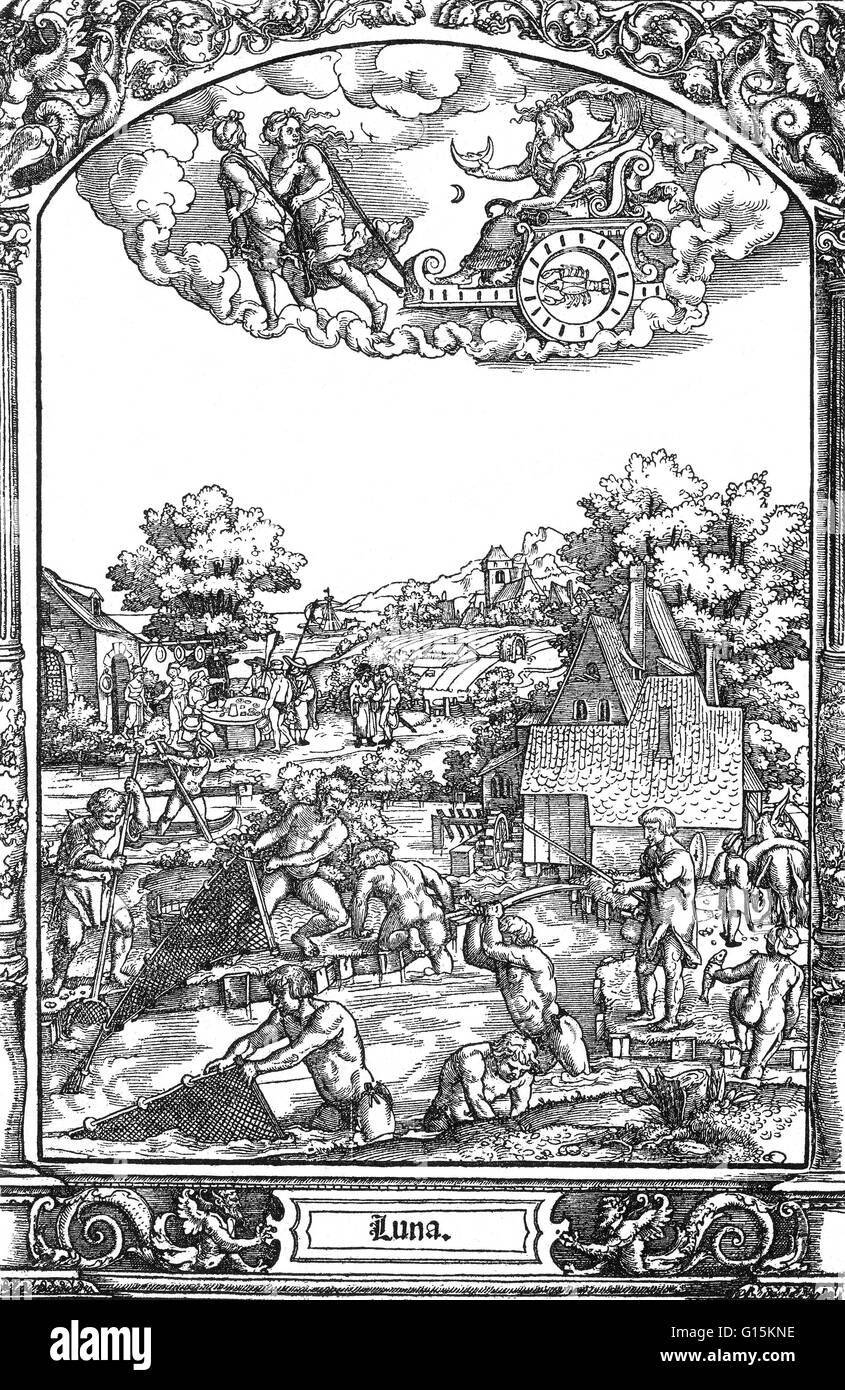 This woodcut has been attributed to two artists. 'Life of the Children of the Moon' by Georg Pencz (1500-1550), in the Folge der Planeten and 'The Moon and Its Traits' by Hans Sebald Beham (1500-1550). In ancient Roman religion and myth, Luna is the divin Stock Photohttps://www.alamy.com/image-license-details/?v=1https://www.alamy.com/stock-photo-this-woodcut-has-been-attributed-to-two-artists-life-of-the-children-104002122.html
This woodcut has been attributed to two artists. 'Life of the Children of the Moon' by Georg Pencz (1500-1550), in the Folge der Planeten and 'The Moon and Its Traits' by Hans Sebald Beham (1500-1550). In ancient Roman religion and myth, Luna is the divin Stock Photohttps://www.alamy.com/image-license-details/?v=1https://www.alamy.com/stock-photo-this-woodcut-has-been-attributed-to-two-artists-life-of-the-children-104002122.htmlRMG15KNE–This woodcut has been attributed to two artists. 'Life of the Children of the Moon' by Georg Pencz (1500-1550), in the Folge der Planeten and 'The Moon and Its Traits' by Hans Sebald Beham (1500-1550). In ancient Roman religion and myth, Luna is the divin
 Apollo in his chariot of triumph and Diana as moon goddess, Apollo in his chariot of triumph drawn by two horses seen from below, followed by Diana as moon goddess (Luna) in a chariot drawn by two horses., print maker: Adamo Scultori, (attributed to), print maker: Diana Mantuana, (attributed to), after design by: Giulio Romano, Mantua, c. 1550 - c. 1580, paper, engraving, height 249 mm × width 540 mm Stock Photohttps://www.alamy.com/image-license-details/?v=1https://www.alamy.com/apollo-in-his-chariot-of-triumph-and-diana-as-moon-goddess-apollo-in-his-chariot-of-triumph-drawn-by-two-horses-seen-from-below-followed-by-diana-as-moon-goddess-luna-in-a-chariot-drawn-by-two-horses-print-maker-adamo-scultori-attributed-to-print-maker-diana-mantuana-attributed-to-after-design-by-giulio-romano-mantua-c-1550-c-1580-paper-engraving-height-249-mm-width-540-mm-image473340285.html
Apollo in his chariot of triumph and Diana as moon goddess, Apollo in his chariot of triumph drawn by two horses seen from below, followed by Diana as moon goddess (Luna) in a chariot drawn by two horses., print maker: Adamo Scultori, (attributed to), print maker: Diana Mantuana, (attributed to), after design by: Giulio Romano, Mantua, c. 1550 - c. 1580, paper, engraving, height 249 mm × width 540 mm Stock Photohttps://www.alamy.com/image-license-details/?v=1https://www.alamy.com/apollo-in-his-chariot-of-triumph-and-diana-as-moon-goddess-apollo-in-his-chariot-of-triumph-drawn-by-two-horses-seen-from-below-followed-by-diana-as-moon-goddess-luna-in-a-chariot-drawn-by-two-horses-print-maker-adamo-scultori-attributed-to-print-maker-diana-mantuana-attributed-to-after-design-by-giulio-romano-mantua-c-1550-c-1580-paper-engraving-height-249-mm-width-540-mm-image473340285.htmlRM2JE2EA5–Apollo in his chariot of triumph and Diana as moon goddess, Apollo in his chariot of triumph drawn by two horses seen from below, followed by Diana as moon goddess (Luna) in a chariot drawn by two horses., print maker: Adamo Scultori, (attributed to), print maker: Diana Mantuana, (attributed to), after design by: Giulio Romano, Mantua, c. 1550 - c. 1580, paper, engraving, height 249 mm × width 540 mm
 "Luna in her Car", from "The Winter's Tale", at the Princess' Theatre, 1856. London stage production by Charles Kean. 'The chaste Moon and her attendant stars are here personified, and supposed to be sinking before the car of Phoebus, which is about to arise with all its morning glories....Luna, or rather Selene, according to the Greeks, appears in her chariot sinking into the sea. The stars personified follow her in her descent...The Stars are taken from a painted vase in the Musee Blacas, at Paris; other figures composed from bas-relief representations of the Moon visitin Stock Photohttps://www.alamy.com/image-license-details/?v=1https://www.alamy.com/quotluna-in-her-carquot-from-quotthe-winters-talequot-at-the-princess-theatre-1856-london-stage-production-by-charles-kean-the-chaste-moon-and-her-attendant-stars-are-here-personified-and-supposed-to-be-sinking-before-the-car-of-phoebus-which-is-about-to-arise-with-all-its-morning-gloriesluna-or-rather-selene-according-to-the-greeks-appears-in-her-chariot-sinking-into-the-sea-the-stars-personified-follow-her-in-her-descentthe-stars-are-taken-from-a-painted-vase-in-the-musee-blacas-at-paris-other-figures-composed-from-bas-relief-representations-of-the-moon-visitin-image553489544.html
"Luna in her Car", from "The Winter's Tale", at the Princess' Theatre, 1856. London stage production by Charles Kean. 'The chaste Moon and her attendant stars are here personified, and supposed to be sinking before the car of Phoebus, which is about to arise with all its morning glories....Luna, or rather Selene, according to the Greeks, appears in her chariot sinking into the sea. The stars personified follow her in her descent...The Stars are taken from a painted vase in the Musee Blacas, at Paris; other figures composed from bas-relief representations of the Moon visitin Stock Photohttps://www.alamy.com/image-license-details/?v=1https://www.alamy.com/quotluna-in-her-carquot-from-quotthe-winters-talequot-at-the-princess-theatre-1856-london-stage-production-by-charles-kean-the-chaste-moon-and-her-attendant-stars-are-here-personified-and-supposed-to-be-sinking-before-the-car-of-phoebus-which-is-about-to-arise-with-all-its-morning-gloriesluna-or-rather-selene-according-to-the-greeks-appears-in-her-chariot-sinking-into-the-sea-the-stars-personified-follow-her-in-her-descentthe-stars-are-taken-from-a-painted-vase-in-the-musee-blacas-at-paris-other-figures-composed-from-bas-relief-representations-of-the-moon-visitin-image553489544.htmlRM2R4DHFM–"Luna in her Car", from "The Winter's Tale", at the Princess' Theatre, 1856. London stage production by Charles Kean. 'The chaste Moon and her attendant stars are here personified, and supposed to be sinking before the car of Phoebus, which is about to arise with all its morning glories....Luna, or rather Selene, according to the Greeks, appears in her chariot sinking into the sea. The stars personified follow her in her descent...The Stars are taken from a painted vase in the Musee Blacas, at Paris; other figures composed from bas-relief representations of the Moon visitin
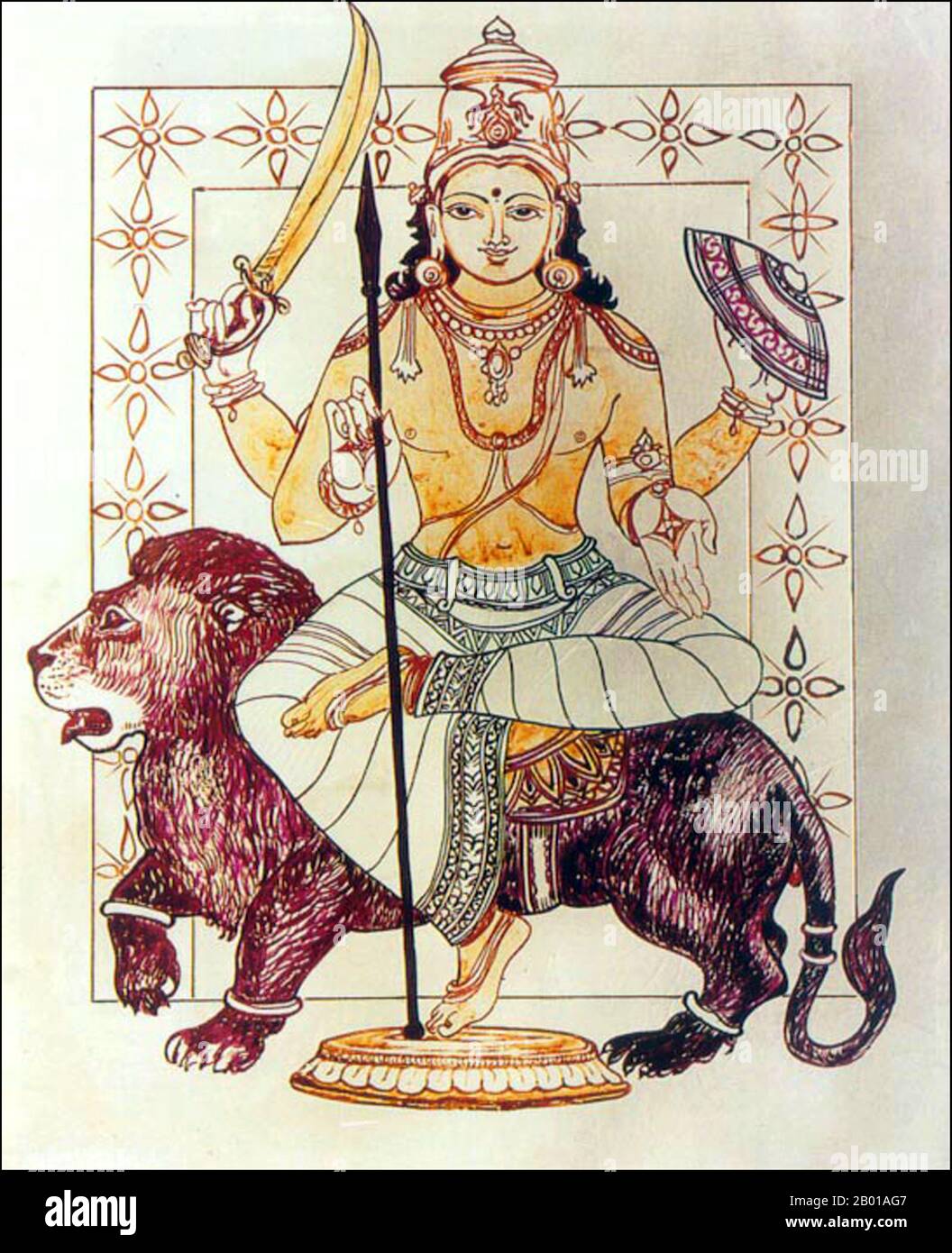 India: An Indian representation of Rahu, Snake Demon and causer of solar and lunar eclipses. In Hindu mythology, Rahu is a snake that swallows the sun or the moon causing eclipses. He is depicted in art as a dragon with no body riding a chariot drawn by eight black horses. Rahu is one of the navagrahas (nine planets) in Vedic astrology. The Rahu kala (time of day under the influence of Rahu) is considered inauspicious. Stock Photohttps://www.alamy.com/image-license-details/?v=1https://www.alamy.com/india-an-indian-representation-of-rahu-snake-demon-and-causer-of-solar-and-lunar-eclipses-in-hindu-mythology-rahu-is-a-snake-that-swallows-the-sun-or-the-moon-causing-eclipses-he-is-depicted-in-art-as-a-dragon-with-no-body-riding-a-chariot-drawn-by-eight-black-horses-rahu-is-one-of-the-navagrahas-nine-planets-in-vedic-astrology-the-rahu-kala-time-of-day-under-the-influence-of-rahu-is-considered-inauspicious-image344237607.html
India: An Indian representation of Rahu, Snake Demon and causer of solar and lunar eclipses. In Hindu mythology, Rahu is a snake that swallows the sun or the moon causing eclipses. He is depicted in art as a dragon with no body riding a chariot drawn by eight black horses. Rahu is one of the navagrahas (nine planets) in Vedic astrology. The Rahu kala (time of day under the influence of Rahu) is considered inauspicious. Stock Photohttps://www.alamy.com/image-license-details/?v=1https://www.alamy.com/india-an-indian-representation-of-rahu-snake-demon-and-causer-of-solar-and-lunar-eclipses-in-hindu-mythology-rahu-is-a-snake-that-swallows-the-sun-or-the-moon-causing-eclipses-he-is-depicted-in-art-as-a-dragon-with-no-body-riding-a-chariot-drawn-by-eight-black-horses-rahu-is-one-of-the-navagrahas-nine-planets-in-vedic-astrology-the-rahu-kala-time-of-day-under-the-influence-of-rahu-is-considered-inauspicious-image344237607.htmlRM2B01AG7–India: An Indian representation of Rahu, Snake Demon and causer of solar and lunar eclipses. In Hindu mythology, Rahu is a snake that swallows the sun or the moon causing eclipses. He is depicted in art as a dragon with no body riding a chariot drawn by eight black horses. Rahu is one of the navagrahas (nine planets) in Vedic astrology. The Rahu kala (time of day under the influence of Rahu) is considered inauspicious.
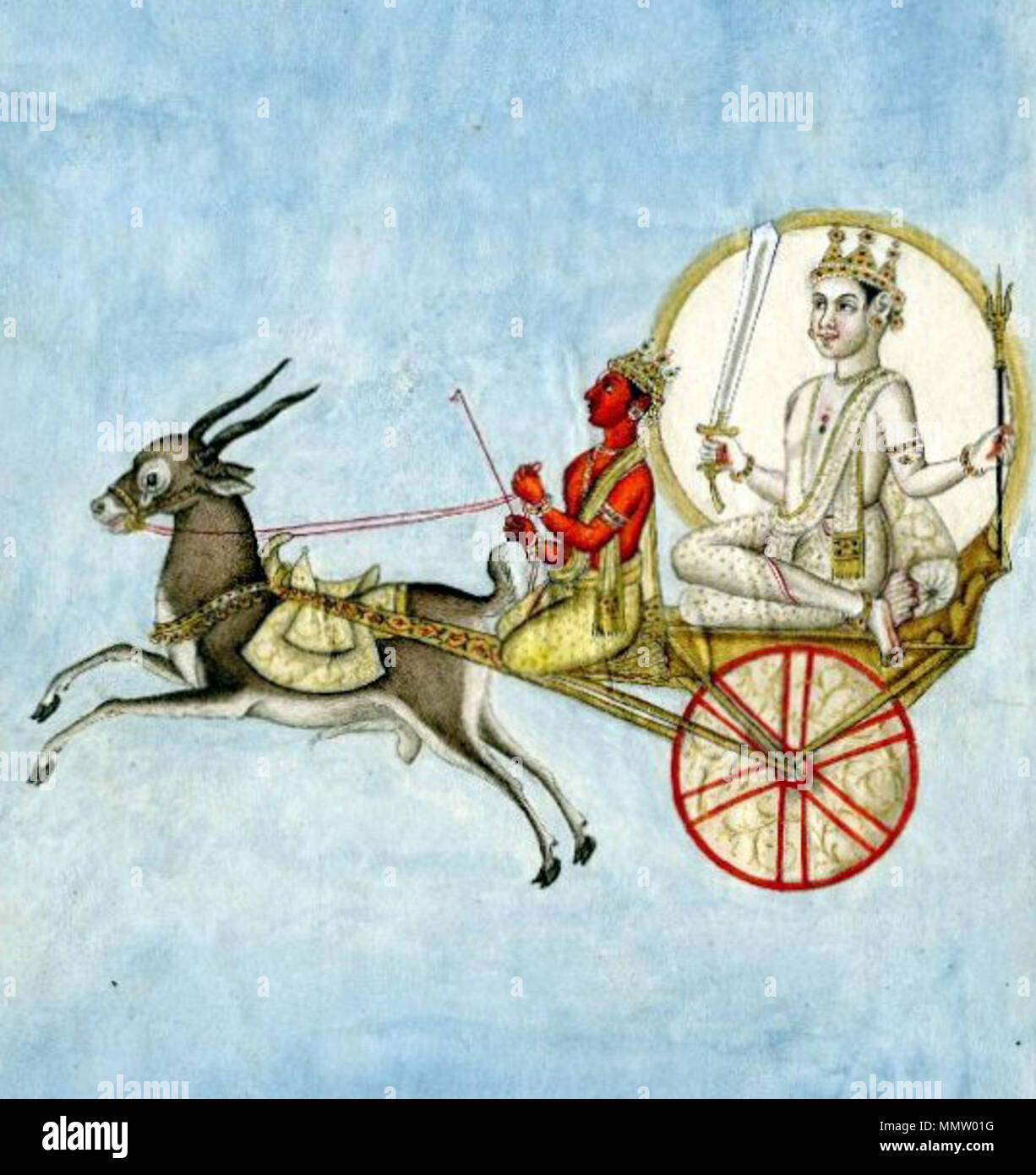 . English: 'Figure with sword and trisula, in antelope chariot, with caption, Chandra, the moon. Water-colour on paper.' . 19th century. Unknown Chandra on chariot Stock Photohttps://www.alamy.com/image-license-details/?v=1https://www.alamy.com/english-figure-with-sword-and-trisula-in-antelope-chariot-with-caption-chandra-the-moon-water-colour-on-paper-19th-century-unknown-chandra-on-chariot-image184945644.html
. English: 'Figure with sword and trisula, in antelope chariot, with caption, Chandra, the moon. Water-colour on paper.' . 19th century. Unknown Chandra on chariot Stock Photohttps://www.alamy.com/image-license-details/?v=1https://www.alamy.com/english-figure-with-sword-and-trisula-in-antelope-chariot-with-caption-chandra-the-moon-water-colour-on-paper-19th-century-unknown-chandra-on-chariot-image184945644.htmlRMMMW01G–. English: 'Figure with sword and trisula, in antelope chariot, with caption, Chandra, the moon. Water-colour on paper.' . 19th century. Unknown Chandra on chariot
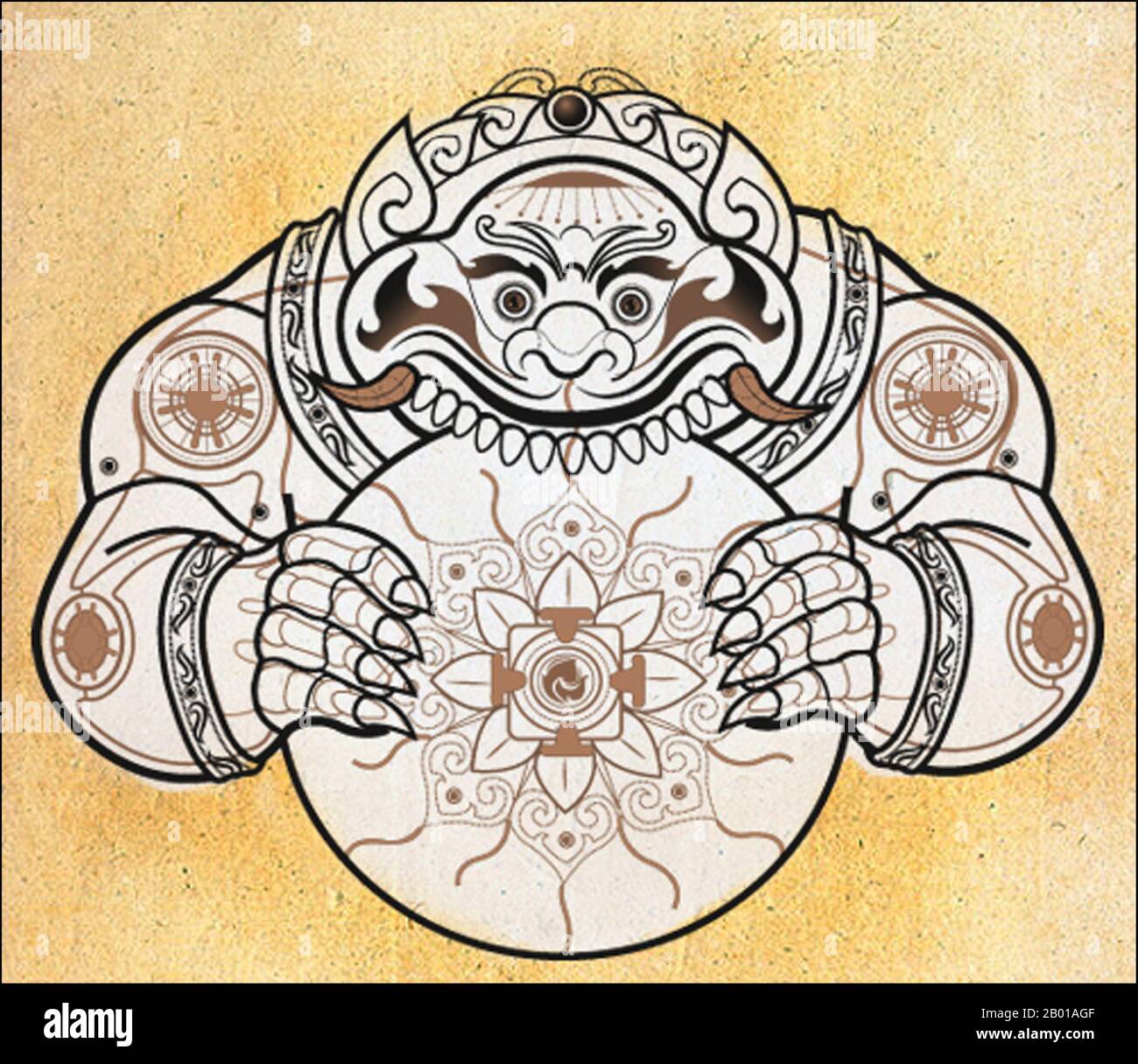 Thailand: A Thai representation of Rahu, Snake Demon and causer of solar and lunar eclipses. In Hindu mythology, Rahu is a snake that swallows the sun or the moon causing eclipses. He is depicted in art as a dragon with no body riding a chariot drawn by eight black horses. Rahu is one of the navagrahas (nine planets) in Vedic astrology. The Rahu kala (time of day under the influence of Rahu) is considered inauspicious. Stock Photohttps://www.alamy.com/image-license-details/?v=1https://www.alamy.com/thailand-a-thai-representation-of-rahu-snake-demon-and-causer-of-solar-and-lunar-eclipses-in-hindu-mythology-rahu-is-a-snake-that-swallows-the-sun-or-the-moon-causing-eclipses-he-is-depicted-in-art-as-a-dragon-with-no-body-riding-a-chariot-drawn-by-eight-black-horses-rahu-is-one-of-the-navagrahas-nine-planets-in-vedic-astrology-the-rahu-kala-time-of-day-under-the-influence-of-rahu-is-considered-inauspicious-image344237615.html
Thailand: A Thai representation of Rahu, Snake Demon and causer of solar and lunar eclipses. In Hindu mythology, Rahu is a snake that swallows the sun or the moon causing eclipses. He is depicted in art as a dragon with no body riding a chariot drawn by eight black horses. Rahu is one of the navagrahas (nine planets) in Vedic astrology. The Rahu kala (time of day under the influence of Rahu) is considered inauspicious. Stock Photohttps://www.alamy.com/image-license-details/?v=1https://www.alamy.com/thailand-a-thai-representation-of-rahu-snake-demon-and-causer-of-solar-and-lunar-eclipses-in-hindu-mythology-rahu-is-a-snake-that-swallows-the-sun-or-the-moon-causing-eclipses-he-is-depicted-in-art-as-a-dragon-with-no-body-riding-a-chariot-drawn-by-eight-black-horses-rahu-is-one-of-the-navagrahas-nine-planets-in-vedic-astrology-the-rahu-kala-time-of-day-under-the-influence-of-rahu-is-considered-inauspicious-image344237615.htmlRM2B01AGF–Thailand: A Thai representation of Rahu, Snake Demon and causer of solar and lunar eclipses. In Hindu mythology, Rahu is a snake that swallows the sun or the moon causing eclipses. He is depicted in art as a dragon with no body riding a chariot drawn by eight black horses. Rahu is one of the navagrahas (nine planets) in Vedic astrology. The Rahu kala (time of day under the influence of Rahu) is considered inauspicious.
 Head of a horse from the chariot of Selene, British Museum, London, UK. Stock Photohttps://www.alamy.com/image-license-details/?v=1https://www.alamy.com/head-of-a-horse-from-the-chariot-of-selene-british-museum-london-uk-image455170580.html
Head of a horse from the chariot of Selene, British Museum, London, UK. Stock Photohttps://www.alamy.com/image-license-details/?v=1https://www.alamy.com/head-of-a-horse-from-the-chariot-of-selene-british-museum-london-uk-image455170580.htmlRF2HCEPM4–Head of a horse from the chariot of Selene, British Museum, London, UK.
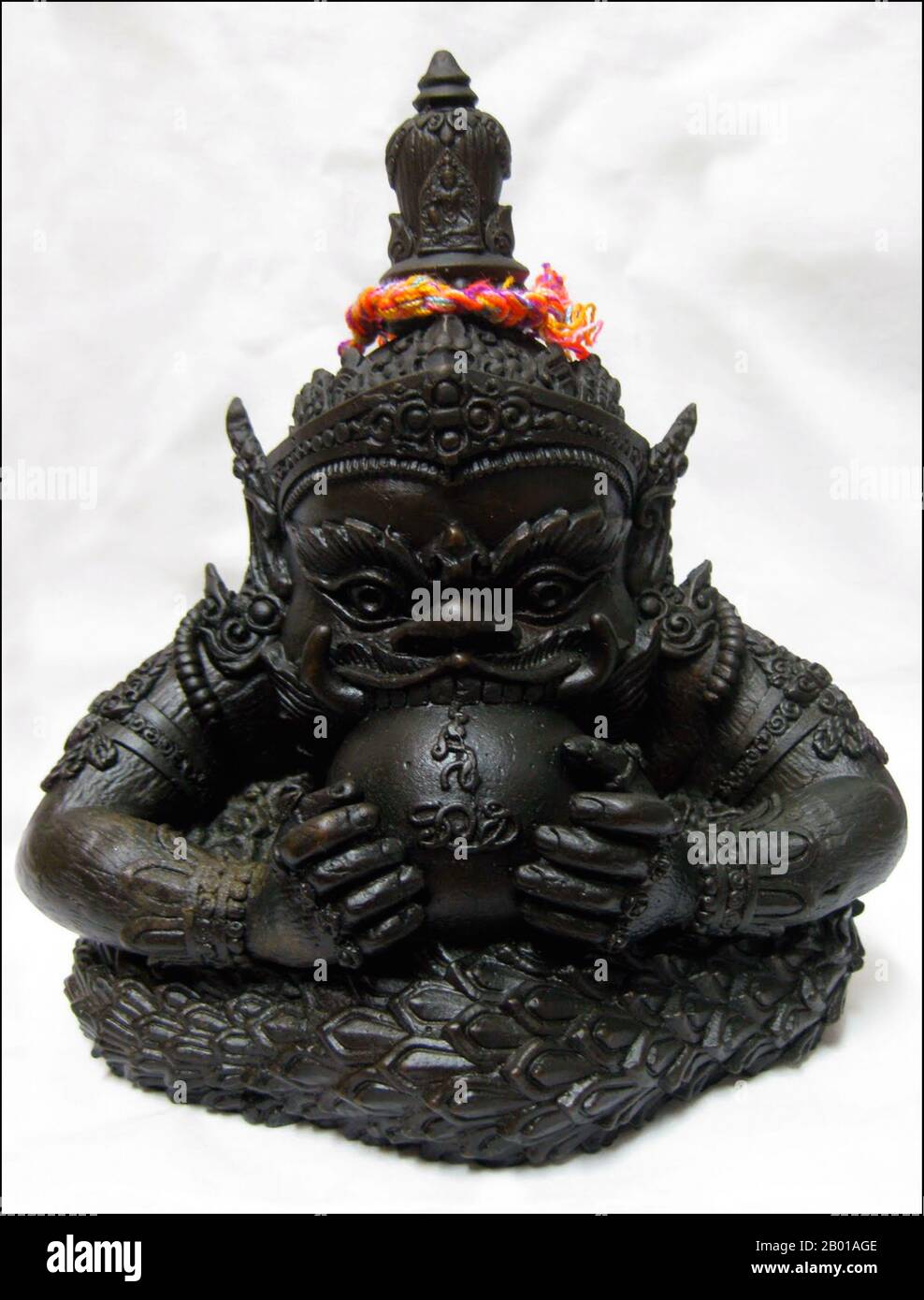 Thailand: A Thai representation of Rahu, Snake Demon and causer of solar and lunar eclipses. In Hindu mythology, Rahu is a snake that swallows the sun or the moon causing eclipses. He is depicted in art as a dragon with no body riding a chariot drawn by eight black horses. Rahu is one of the navagrahas (nine planets) in Vedic astrology. The Rahu kala (time of day under the influence of Rahu) is considered inauspicious. Stock Photohttps://www.alamy.com/image-license-details/?v=1https://www.alamy.com/thailand-a-thai-representation-of-rahu-snake-demon-and-causer-of-solar-and-lunar-eclipses-in-hindu-mythology-rahu-is-a-snake-that-swallows-the-sun-or-the-moon-causing-eclipses-he-is-depicted-in-art-as-a-dragon-with-no-body-riding-a-chariot-drawn-by-eight-black-horses-rahu-is-one-of-the-navagrahas-nine-planets-in-vedic-astrology-the-rahu-kala-time-of-day-under-the-influence-of-rahu-is-considered-inauspicious-image344237614.html
Thailand: A Thai representation of Rahu, Snake Demon and causer of solar and lunar eclipses. In Hindu mythology, Rahu is a snake that swallows the sun or the moon causing eclipses. He is depicted in art as a dragon with no body riding a chariot drawn by eight black horses. Rahu is one of the navagrahas (nine planets) in Vedic astrology. The Rahu kala (time of day under the influence of Rahu) is considered inauspicious. Stock Photohttps://www.alamy.com/image-license-details/?v=1https://www.alamy.com/thailand-a-thai-representation-of-rahu-snake-demon-and-causer-of-solar-and-lunar-eclipses-in-hindu-mythology-rahu-is-a-snake-that-swallows-the-sun-or-the-moon-causing-eclipses-he-is-depicted-in-art-as-a-dragon-with-no-body-riding-a-chariot-drawn-by-eight-black-horses-rahu-is-one-of-the-navagrahas-nine-planets-in-vedic-astrology-the-rahu-kala-time-of-day-under-the-influence-of-rahu-is-considered-inauspicious-image344237614.htmlRM2B01AGE–Thailand: A Thai representation of Rahu, Snake Demon and causer of solar and lunar eclipses. In Hindu mythology, Rahu is a snake that swallows the sun or the moon causing eclipses. He is depicted in art as a dragon with no body riding a chariot drawn by eight black horses. Rahu is one of the navagrahas (nine planets) in Vedic astrology. The Rahu kala (time of day under the influence of Rahu) is considered inauspicious.
 Supermoon over Quadriga statue on Brandenburg Gate, Berlin Stock Photohttps://www.alamy.com/image-license-details/?v=1https://www.alamy.com/supermoon-over-quadriga-statue-on-brandenburg-gate-berlin-image352709949.html
Supermoon over Quadriga statue on Brandenburg Gate, Berlin Stock Photohttps://www.alamy.com/image-license-details/?v=1https://www.alamy.com/supermoon-over-quadriga-statue-on-brandenburg-gate-berlin-image352709949.htmlRF2BDR93W–Supermoon over Quadriga statue on Brandenburg Gate, Berlin
 Woman with Crescent Moon in Two Deer Chariot, Representing Moon, Artemis by Francesco Bartolozzi Stock Photohttps://www.alamy.com/image-license-details/?v=1https://www.alamy.com/woman-with-crescent-moon-in-two-deer-chariot-representing-moon-artemis-by-francesco-bartolozzi-image560832166.html
Woman with Crescent Moon in Two Deer Chariot, Representing Moon, Artemis by Francesco Bartolozzi Stock Photohttps://www.alamy.com/image-license-details/?v=1https://www.alamy.com/woman-with-crescent-moon-in-two-deer-chariot-representing-moon-artemis-by-francesco-bartolozzi-image560832166.htmlRM2RGC346–Woman with Crescent Moon in Two Deer Chariot, Representing Moon, Artemis by Francesco Bartolozzi
 The Illustrated Key To The Tarot The Veil Of Divination, Illustrating The Greater And Lesser Arcana; Embracing: The Veil And Its Stock Photohttps://www.alamy.com/image-license-details/?v=1https://www.alamy.com/stock-photo-the-illustrated-key-to-the-tarot-the-veil-of-divination-illustrating-124191097.html
The Illustrated Key To The Tarot The Veil Of Divination, Illustrating The Greater And Lesser Arcana; Embracing: The Veil And Its Stock Photohttps://www.alamy.com/image-license-details/?v=1https://www.alamy.com/stock-photo-the-illustrated-key-to-the-tarot-the-veil-of-divination-illustrating-124191097.htmlRMH61B09–The Illustrated Key To The Tarot The Veil Of Divination, Illustrating The Greater And Lesser Arcana; Embracing: The Veil And Its
![Chariots of the Sun and Moon. Cicero's Aratus. England [Winchester?]; second quarter of 11th cent. (Whole folio) Text; Chariot of the Sun, with Apollo, drawn by horses, and the Chariot of the Moon, with Diana, drawn by oxen Image taken from Cicero's Aratus. Originally published/produced in England [Winchester?]; second quarter of 11th century. . Source: Cotton Tiberius B. V, Part 1, f.47. Language: Latin. Stock Photo Chariots of the Sun and Moon. Cicero's Aratus. England [Winchester?]; second quarter of 11th cent. (Whole folio) Text; Chariot of the Sun, with Apollo, drawn by horses, and the Chariot of the Moon, with Diana, drawn by oxen Image taken from Cicero's Aratus. Originally published/produced in England [Winchester?]; second quarter of 11th century. . Source: Cotton Tiberius B. V, Part 1, f.47. Language: Latin. Stock Photo](https://c8.alamy.com/comp/R5AP34/chariots-of-the-sun-and-moon-ciceros-aratus-england-winchester-second-quarter-of-11th-cent-whole-folio-text-chariot-of-the-sun-with-apollo-drawn-by-horses-and-the-chariot-of-the-moon-with-diana-drawn-by-oxen-image-taken-from-ciceros-aratus-originally-publishedproduced-in-england-winchester-second-quarter-of-11th-century-source-cotton-tiberius-b-v-part-1-f47-language-latin-R5AP34.jpg) Chariots of the Sun and Moon. Cicero's Aratus. England [Winchester?]; second quarter of 11th cent. (Whole folio) Text; Chariot of the Sun, with Apollo, drawn by horses, and the Chariot of the Moon, with Diana, drawn by oxen Image taken from Cicero's Aratus. Originally published/produced in England [Winchester?]; second quarter of 11th century. . Source: Cotton Tiberius B. V, Part 1, f.47. Language: Latin. Stock Photohttps://www.alamy.com/image-license-details/?v=1https://www.alamy.com/chariots-of-the-sun-and-moon-ciceros-aratus-england-winchester-second-quarter-of-11th-cent-whole-folio-text-chariot-of-the-sun-with-apollo-drawn-by-horses-and-the-chariot-of-the-moon-with-diana-drawn-by-oxen-image-taken-from-ciceros-aratus-originally-publishedproduced-in-england-winchester-second-quarter-of-11th-century-source-cotton-tiberius-b-v-part-1-f47-language-latin-image227044920.html
Chariots of the Sun and Moon. Cicero's Aratus. England [Winchester?]; second quarter of 11th cent. (Whole folio) Text; Chariot of the Sun, with Apollo, drawn by horses, and the Chariot of the Moon, with Diana, drawn by oxen Image taken from Cicero's Aratus. Originally published/produced in England [Winchester?]; second quarter of 11th century. . Source: Cotton Tiberius B. V, Part 1, f.47. Language: Latin. Stock Photohttps://www.alamy.com/image-license-details/?v=1https://www.alamy.com/chariots-of-the-sun-and-moon-ciceros-aratus-england-winchester-second-quarter-of-11th-cent-whole-folio-text-chariot-of-the-sun-with-apollo-drawn-by-horses-and-the-chariot-of-the-moon-with-diana-drawn-by-oxen-image-taken-from-ciceros-aratus-originally-publishedproduced-in-england-winchester-second-quarter-of-11th-century-source-cotton-tiberius-b-v-part-1-f47-language-latin-image227044920.htmlRMR5AP34–Chariots of the Sun and Moon. Cicero's Aratus. England [Winchester?]; second quarter of 11th cent. (Whole folio) Text; Chariot of the Sun, with Apollo, drawn by horses, and the Chariot of the Moon, with Diana, drawn by oxen Image taken from Cicero's Aratus. Originally published/produced in England [Winchester?]; second quarter of 11th century. . Source: Cotton Tiberius B. V, Part 1, f.47. Language: Latin.
 Selene was the Greek Titan Goddess of the moon who took the form of the moon itself driving it across the sky each night in her silver chariot. Stock Photohttps://www.alamy.com/image-license-details/?v=1https://www.alamy.com/selene-was-the-greek-titan-goddess-of-the-moon-who-took-the-form-of-the-moon-itself-driving-it-across-the-sky-each-night-in-her-silver-chariot-image223525427.html
Selene was the Greek Titan Goddess of the moon who took the form of the moon itself driving it across the sky each night in her silver chariot. Stock Photohttps://www.alamy.com/image-license-details/?v=1https://www.alamy.com/selene-was-the-greek-titan-goddess-of-the-moon-who-took-the-form-of-the-moon-itself-driving-it-across-the-sky-each-night-in-her-silver-chariot-image223525427.htmlRFPYJCXY–Selene was the Greek Titan Goddess of the moon who took the form of the moon itself driving it across the sky each night in her silver chariot.
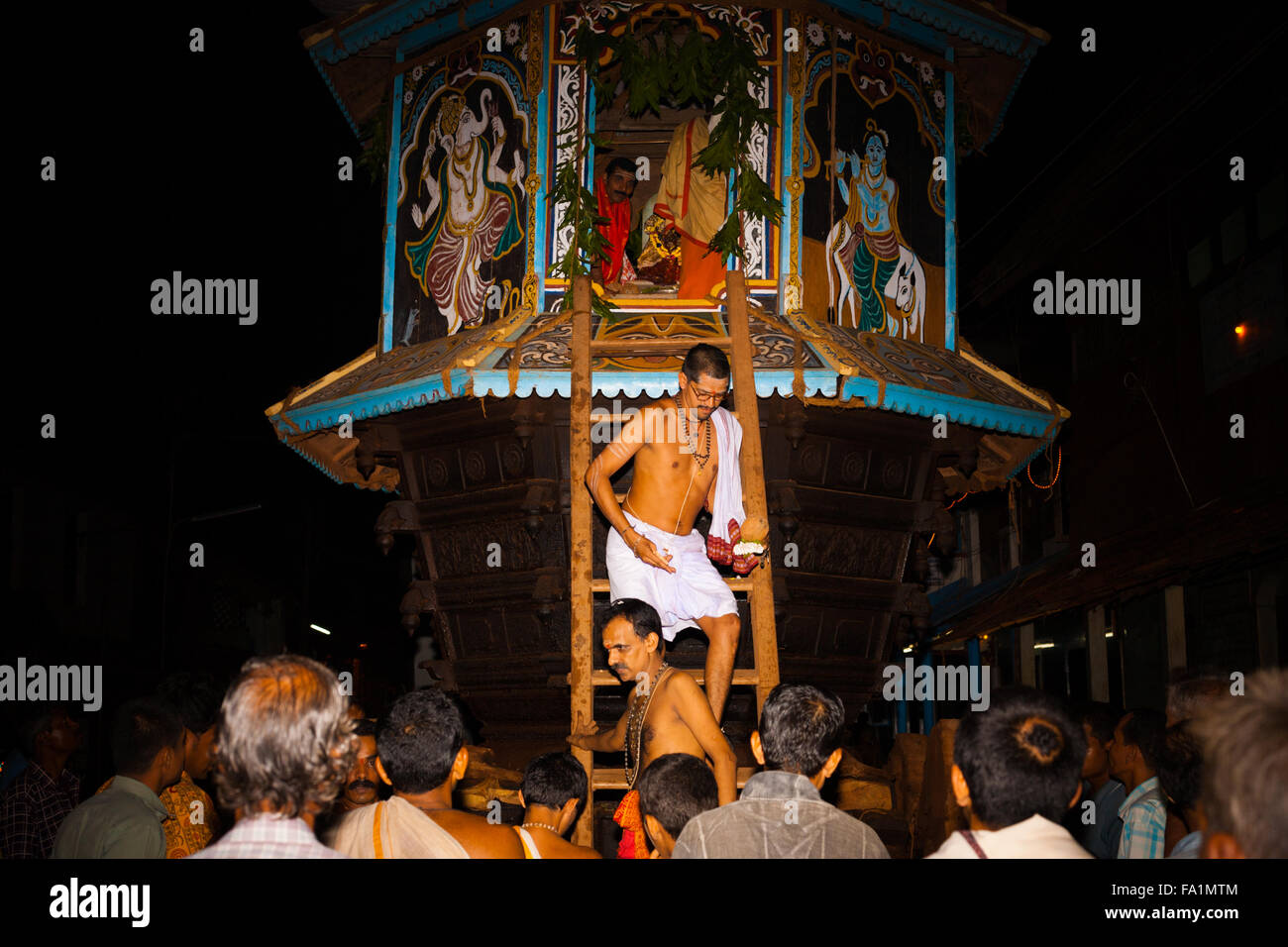 Brahmin priest exiting the stairs of the small ratha chariot among a crowd of hindus during a monthly full moon hindu festival Stock Photohttps://www.alamy.com/image-license-details/?v=1https://www.alamy.com/stock-photo-brahmin-priest-exiting-the-stairs-of-the-small-ratha-chariot-among-92236724.html
Brahmin priest exiting the stairs of the small ratha chariot among a crowd of hindus during a monthly full moon hindu festival Stock Photohttps://www.alamy.com/image-license-details/?v=1https://www.alamy.com/stock-photo-brahmin-priest-exiting-the-stairs-of-the-small-ratha-chariot-among-92236724.htmlRMFA1MTM–Brahmin priest exiting the stairs of the small ratha chariot among a crowd of hindus during a monthly full moon hindu festival
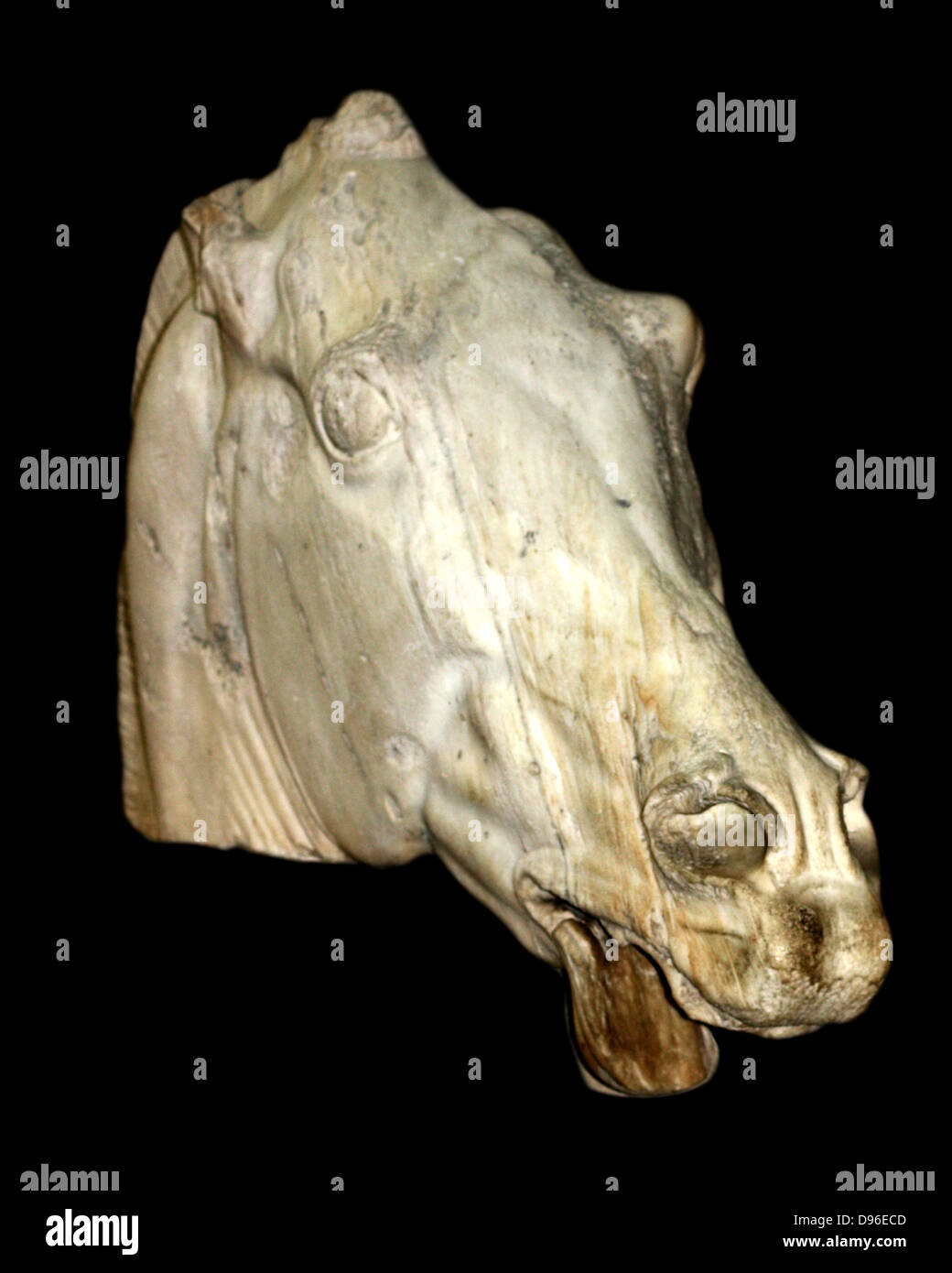 Statue of a horses head from the chariot of the moon-goddess Selene. Acropolis, Athens, 438-432 BC. From the east pediment of the Parthenon. It shows the horse as weary from it's night-long labour. Stock Photohttps://www.alamy.com/image-license-details/?v=1https://www.alamy.com/stock-photo-statue-of-a-horses-head-from-the-chariot-of-the-moon-goddess-selene-57306045.html
Statue of a horses head from the chariot of the moon-goddess Selene. Acropolis, Athens, 438-432 BC. From the east pediment of the Parthenon. It shows the horse as weary from it's night-long labour. Stock Photohttps://www.alamy.com/image-license-details/?v=1https://www.alamy.com/stock-photo-statue-of-a-horses-head-from-the-chariot-of-the-moon-goddess-selene-57306045.htmlRMD96ECD–Statue of a horses head from the chariot of the moon-goddess Selene. Acropolis, Athens, 438-432 BC. From the east pediment of the Parthenon. It shows the horse as weary from it's night-long labour.
 Marble sarcophagus with the myth of Selene and Endymion. Culture: Roman. Dimensions: H. 28 1/2 in. (72.39 cm). Date: early 3rd century A.D.. An inscription at the center of the lid informs us that this trough-shaped sarcophagus was dedicated to a woman named Arria, who lived fifty years and ten months, by her daughter Aninia Hilara. Arria's portrait is carved just to the right of the inscription. The story of Endymion is shown in strongly undercut relief on the front of the sarcophagus. In the center, Selene, the moon goddess, alights from her chariot to visit her beloved, the shepherd Endymi Stock Photohttps://www.alamy.com/image-license-details/?v=1https://www.alamy.com/marble-sarcophagus-with-the-myth-of-selene-and-endymion-culture-roman-dimensions-h-28-12-in-7239-cm-date-early-3rd-century-ad-an-inscription-at-the-center-of-the-lid-informs-us-that-this-trough-shaped-sarcophagus-was-dedicated-to-a-woman-named-arria-who-lived-fifty-years-and-ten-months-by-her-daughter-aninia-hilara-arrias-portrait-is-carved-just-to-the-right-of-the-inscription-the-story-of-endymion-is-shown-in-strongly-undercut-relief-on-the-front-of-the-sarcophagus-in-the-center-selene-the-moon-goddess-alights-from-her-chariot-to-visit-her-beloved-the-shepherd-endymi-image213294502.html
Marble sarcophagus with the myth of Selene and Endymion. Culture: Roman. Dimensions: H. 28 1/2 in. (72.39 cm). Date: early 3rd century A.D.. An inscription at the center of the lid informs us that this trough-shaped sarcophagus was dedicated to a woman named Arria, who lived fifty years and ten months, by her daughter Aninia Hilara. Arria's portrait is carved just to the right of the inscription. The story of Endymion is shown in strongly undercut relief on the front of the sarcophagus. In the center, Selene, the moon goddess, alights from her chariot to visit her beloved, the shepherd Endymi Stock Photohttps://www.alamy.com/image-license-details/?v=1https://www.alamy.com/marble-sarcophagus-with-the-myth-of-selene-and-endymion-culture-roman-dimensions-h-28-12-in-7239-cm-date-early-3rd-century-ad-an-inscription-at-the-center-of-the-lid-informs-us-that-this-trough-shaped-sarcophagus-was-dedicated-to-a-woman-named-arria-who-lived-fifty-years-and-ten-months-by-her-daughter-aninia-hilara-arrias-portrait-is-carved-just-to-the-right-of-the-inscription-the-story-of-endymion-is-shown-in-strongly-undercut-relief-on-the-front-of-the-sarcophagus-in-the-center-selene-the-moon-goddess-alights-from-her-chariot-to-visit-her-beloved-the-shepherd-endymi-image213294502.htmlRMPB0B8P–Marble sarcophagus with the myth of Selene and Endymion. Culture: Roman. Dimensions: H. 28 1/2 in. (72.39 cm). Date: early 3rd century A.D.. An inscription at the center of the lid informs us that this trough-shaped sarcophagus was dedicated to a woman named Arria, who lived fifty years and ten months, by her daughter Aninia Hilara. Arria's portrait is carved just to the right of the inscription. The story of Endymion is shown in strongly undercut relief on the front of the sarcophagus. In the center, Selene, the moon goddess, alights from her chariot to visit her beloved, the shepherd Endymi
 Luna, the moon, with a hunting horn in her hand, is sitting in a chariot, which is pulled across the sky by two girls. The sign of Cancer indicates wh Stock Photohttps://www.alamy.com/image-license-details/?v=1https://www.alamy.com/luna-the-moon-with-a-hunting-horn-in-her-hand-is-sitting-in-a-chariot-which-is-pulled-across-the-sky-by-two-girls-the-sign-of-cancer-indicates-wh-image418878861.html
Luna, the moon, with a hunting horn in her hand, is sitting in a chariot, which is pulled across the sky by two girls. The sign of Cancer indicates wh Stock Photohttps://www.alamy.com/image-license-details/?v=1https://www.alamy.com/luna-the-moon-with-a-hunting-horn-in-her-hand-is-sitting-in-a-chariot-which-is-pulled-across-the-sky-by-two-girls-the-sign-of-cancer-indicates-wh-image418878861.htmlRF2F9DG79–Luna, the moon, with a hunting horn in her hand, is sitting in a chariot, which is pulled across the sky by two girls. The sign of Cancer indicates wh
 Cute Christmas greeting card. Flat illustration of Santa Claus riding reindeers chariot passing by a large full moon on Xmas eve Stock Vectorhttps://www.alamy.com/image-license-details/?v=1https://www.alamy.com/cute-christmas-greeting-card-flat-illustration-of-santa-claus-riding-reindeers-chariot-passing-by-a-large-full-moon-on-xmas-eve-image452029123.html
Cute Christmas greeting card. Flat illustration of Santa Claus riding reindeers chariot passing by a large full moon on Xmas eve Stock Vectorhttps://www.alamy.com/image-license-details/?v=1https://www.alamy.com/cute-christmas-greeting-card-flat-illustration-of-santa-claus-riding-reindeers-chariot-passing-by-a-large-full-moon-on-xmas-eve-image452029123.htmlRF2H7BKN7–Cute Christmas greeting card. Flat illustration of Santa Claus riding reindeers chariot passing by a large full moon on Xmas eve
 Luna, the moon, with a hunting horn in hand, sits in a chariot, which is pulled in the sky by two girls. The sign of Cancer indicates who belong to th Stock Photohttps://www.alamy.com/image-license-details/?v=1https://www.alamy.com/luna-the-moon-with-a-hunting-horn-in-hand-sits-in-a-chariot-which-is-pulled-in-the-sky-by-two-girls-the-sign-of-cancer-indicates-who-belong-to-th-image488040487.html
Luna, the moon, with a hunting horn in hand, sits in a chariot, which is pulled in the sky by two girls. The sign of Cancer indicates who belong to th Stock Photohttps://www.alamy.com/image-license-details/?v=1https://www.alamy.com/luna-the-moon-with-a-hunting-horn-in-hand-sits-in-a-chariot-which-is-pulled-in-the-sky-by-two-girls-the-sign-of-cancer-indicates-who-belong-to-th-image488040487.htmlRF2KA04HB–Luna, the moon, with a hunting horn in hand, sits in a chariot, which is pulled in the sky by two girls. The sign of Cancer indicates who belong to th
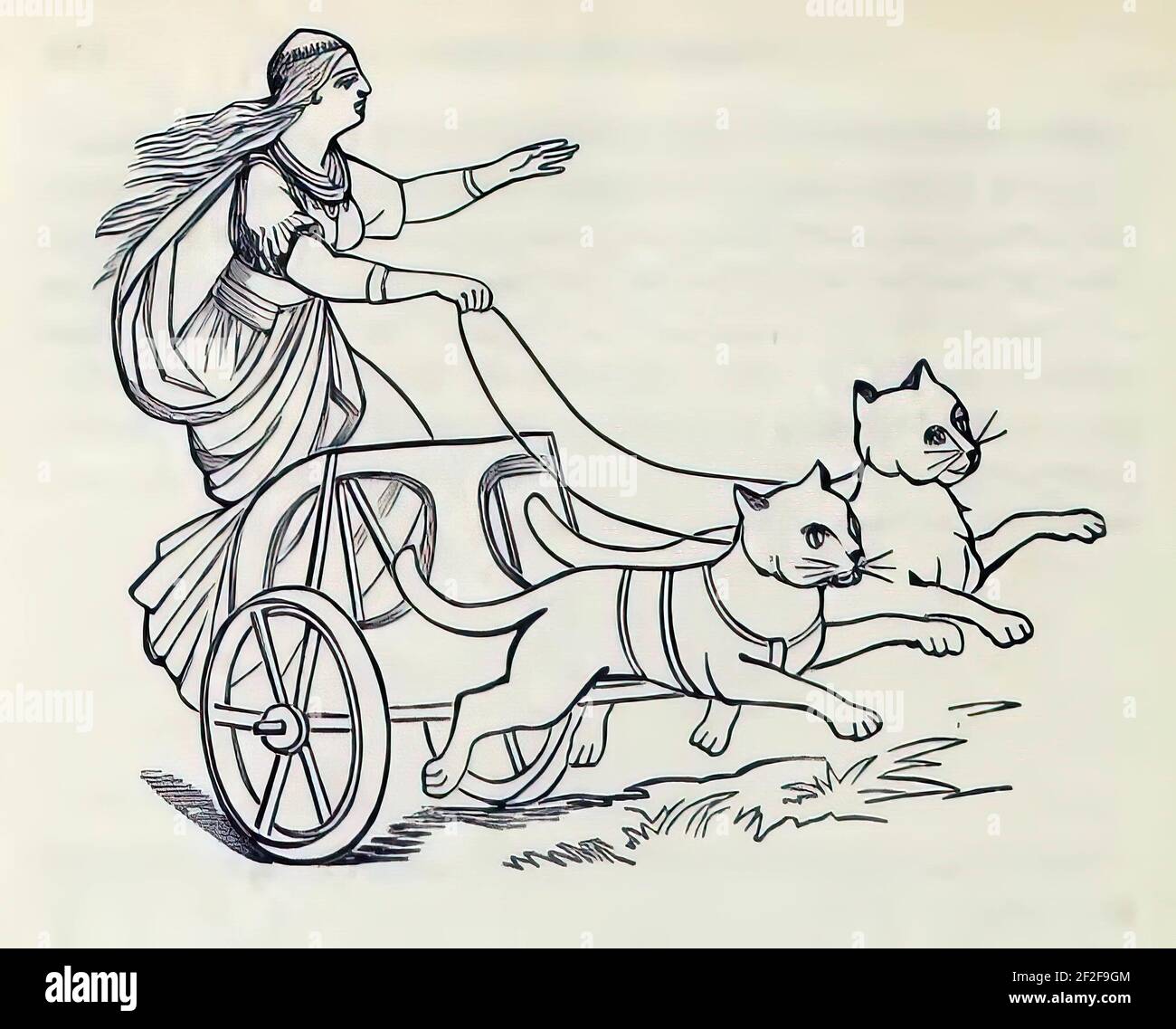 The goddess Freya in her chariot pulled by cats Stock Photohttps://www.alamy.com/image-license-details/?v=1https://www.alamy.com/the-goddess-freya-in-her-chariot-pulled-by-cats-image414614948.html
The goddess Freya in her chariot pulled by cats Stock Photohttps://www.alamy.com/image-license-details/?v=1https://www.alamy.com/the-goddess-freya-in-her-chariot-pulled-by-cats-image414614948.htmlRF2F2F9GM–The goddess Freya in her chariot pulled by cats
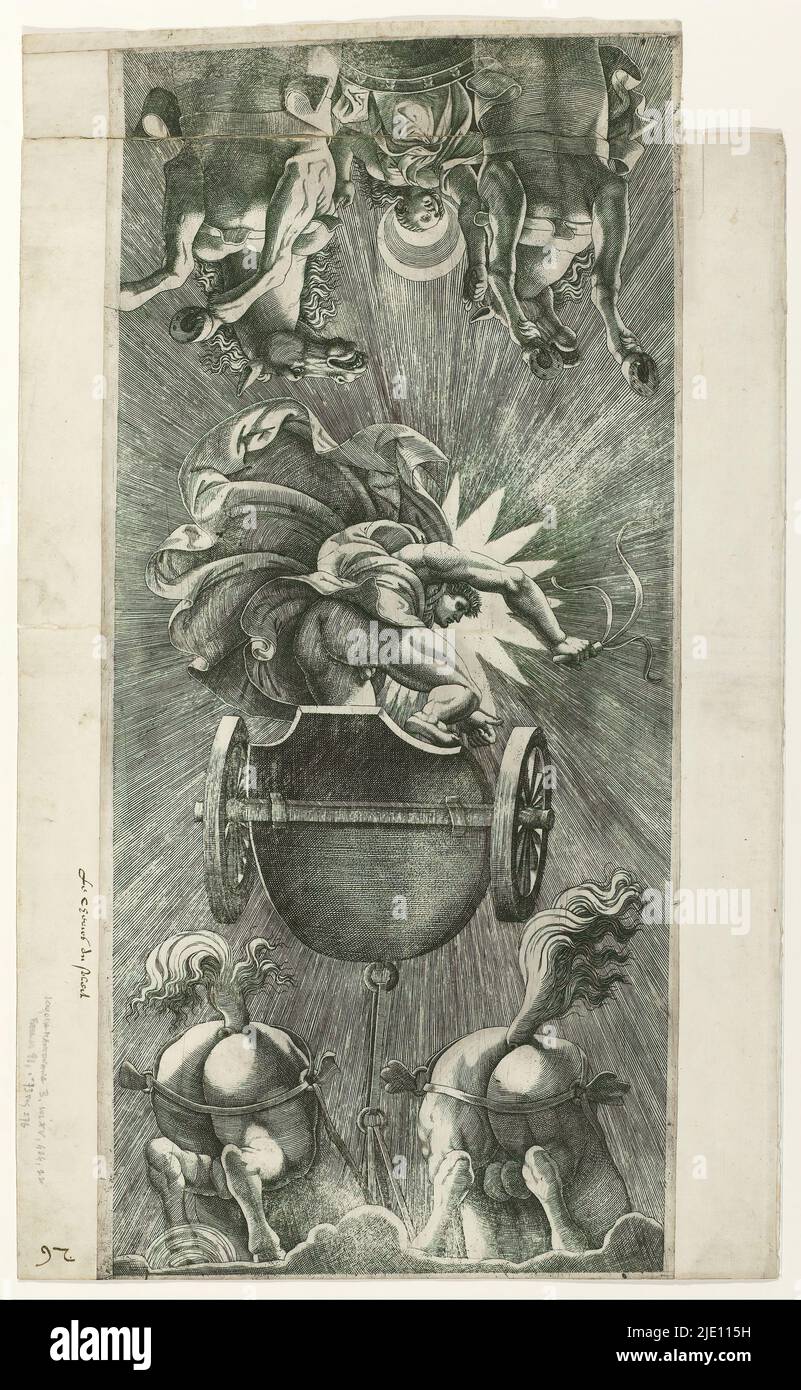 Apollo in his chariot of triumph and Diana as moon goddess, Apollo in his chariot of triumph drawn by two horses seen from below, followed by Diana as moon goddess (Luna) in a chariot drawn by two horses., print maker: Adamo Scultori, (attributed to), print maker: Diana Mantuana, (attributed to), after design by: Giulio Romano, Mantua, c. 1550 - c. 1580, paper, engraving, height 249 mm × width 540 mm Stock Photohttps://www.alamy.com/image-license-details/?v=1https://www.alamy.com/apollo-in-his-chariot-of-triumph-and-diana-as-moon-goddess-apollo-in-his-chariot-of-triumph-drawn-by-two-horses-seen-from-below-followed-by-diana-as-moon-goddess-luna-in-a-chariot-drawn-by-two-horses-print-maker-adamo-scultori-attributed-to-print-maker-diana-mantuana-attributed-to-after-design-by-giulio-romano-mantua-c-1550-c-1580-paper-engraving-height-249-mm-width-540-mm-image473308013.html
Apollo in his chariot of triumph and Diana as moon goddess, Apollo in his chariot of triumph drawn by two horses seen from below, followed by Diana as moon goddess (Luna) in a chariot drawn by two horses., print maker: Adamo Scultori, (attributed to), print maker: Diana Mantuana, (attributed to), after design by: Giulio Romano, Mantua, c. 1550 - c. 1580, paper, engraving, height 249 mm × width 540 mm Stock Photohttps://www.alamy.com/image-license-details/?v=1https://www.alamy.com/apollo-in-his-chariot-of-triumph-and-diana-as-moon-goddess-apollo-in-his-chariot-of-triumph-drawn-by-two-horses-seen-from-below-followed-by-diana-as-moon-goddess-luna-in-a-chariot-drawn-by-two-horses-print-maker-adamo-scultori-attributed-to-print-maker-diana-mantuana-attributed-to-after-design-by-giulio-romano-mantua-c-1550-c-1580-paper-engraving-height-249-mm-width-540-mm-image473308013.htmlRM2JE115H–Apollo in his chariot of triumph and Diana as moon goddess, Apollo in his chariot of triumph drawn by two horses seen from below, followed by Diana as moon goddess (Luna) in a chariot drawn by two horses., print maker: Adamo Scultori, (attributed to), print maker: Diana Mantuana, (attributed to), after design by: Giulio Romano, Mantua, c. 1550 - c. 1580, paper, engraving, height 249 mm × width 540 mm
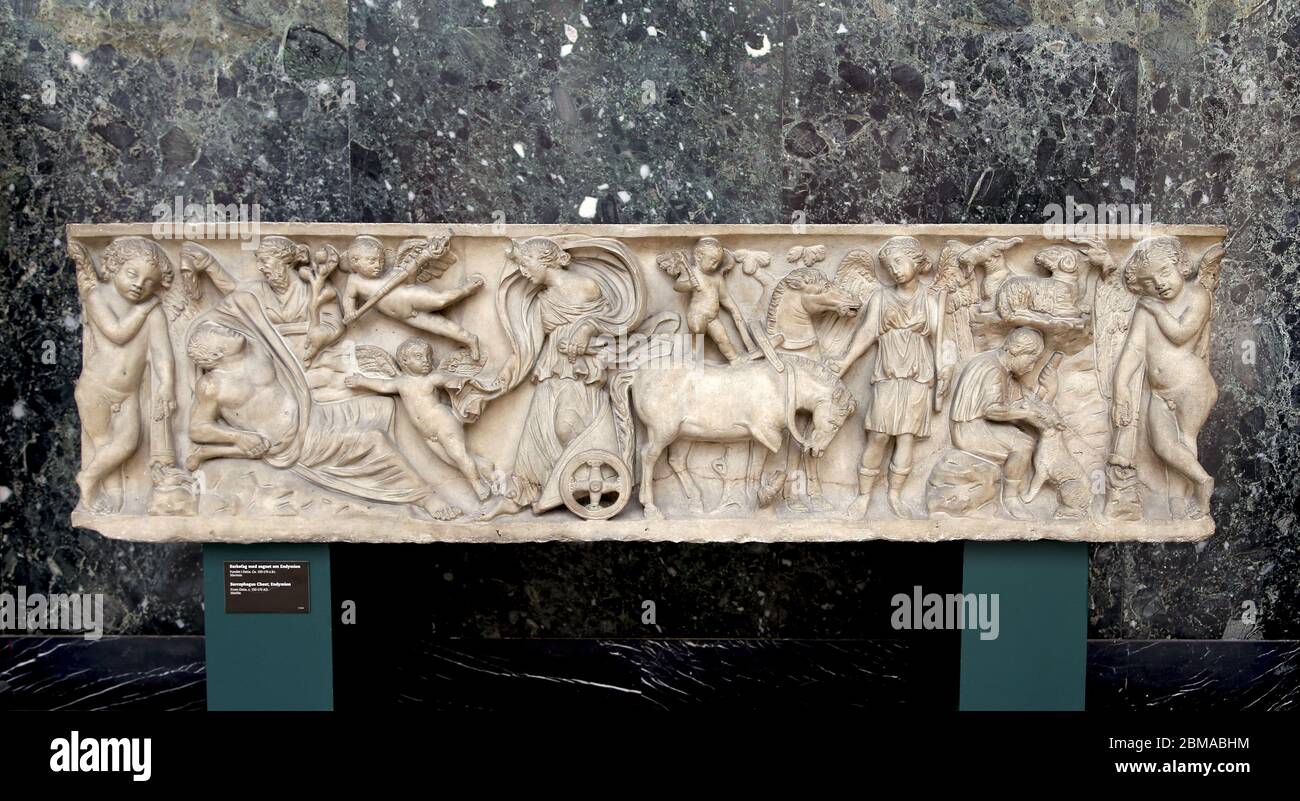 Roman sarcophagus with Endymion and Selene (150-170 AD). Marble relief from Ostia. NY Carlsberg Glyptotek, Copenhagen, Denmark. Stock Photohttps://www.alamy.com/image-license-details/?v=1https://www.alamy.com/roman-sarcophagus-with-endymion-and-selene-150-170-ad-marble-relief-from-ostia-ny-carlsberg-glyptotek-copenhagen-denmark-image356729120.html
Roman sarcophagus with Endymion and Selene (150-170 AD). Marble relief from Ostia. NY Carlsberg Glyptotek, Copenhagen, Denmark. Stock Photohttps://www.alamy.com/image-license-details/?v=1https://www.alamy.com/roman-sarcophagus-with-endymion-and-selene-150-170-ad-marble-relief-from-ostia-ny-carlsberg-glyptotek-copenhagen-denmark-image356729120.htmlRM2BMABHM–Roman sarcophagus with Endymion and Selene (150-170 AD). Marble relief from Ostia. NY Carlsberg Glyptotek, Copenhagen, Denmark.
 Couple take a romantic night drive with full moon, old print Stock Photohttps://www.alamy.com/image-license-details/?v=1https://www.alamy.com/couple-take-a-romantic-night-drive-with-full-moon-old-print-image187588350.html
Couple take a romantic night drive with full moon, old print Stock Photohttps://www.alamy.com/image-license-details/?v=1https://www.alamy.com/couple-take-a-romantic-night-drive-with-full-moon-old-print-image187588350.htmlRFMW5ARX–Couple take a romantic night drive with full moon, old print
 . English: 'Figure with sword and trisula, in antelope chariot, with caption, Chandra, the moon. Water-colour on paper.' . 19th century. Unknown 105 Chandra on chariot Stock Photohttps://www.alamy.com/image-license-details/?v=1https://www.alamy.com/english-figure-with-sword-and-trisula-in-antelope-chariot-with-caption-chandra-the-moon-water-colour-on-paper-19th-century-unknown-105-chandra-on-chariot-image188960796.html
. English: 'Figure with sword and trisula, in antelope chariot, with caption, Chandra, the moon. Water-colour on paper.' . 19th century. Unknown 105 Chandra on chariot Stock Photohttps://www.alamy.com/image-license-details/?v=1https://www.alamy.com/english-figure-with-sword-and-trisula-in-antelope-chariot-with-caption-chandra-the-moon-water-colour-on-paper-19th-century-unknown-105-chandra-on-chariot-image188960796.htmlRMMYBWBT–. English: 'Figure with sword and trisula, in antelope chariot, with caption, Chandra, the moon. Water-colour on paper.' . 19th century. Unknown 105 Chandra on chariot
 Mithraic relief. Remains of the origianl colour and gilding, shows a tauroctonia, the slaughtering of the bull by Mithras. From Mithraeum of the Castr Stock Photohttps://www.alamy.com/image-license-details/?v=1https://www.alamy.com/mithraic-relief-remains-of-the-origianl-colour-and-gilding-shows-a-tauroctonia-the-slaughtering-of-the-bull-by-mithras-from-mithraeum-of-the-castr-image630773001.html
Mithraic relief. Remains of the origianl colour and gilding, shows a tauroctonia, the slaughtering of the bull by Mithras. From Mithraeum of the Castr Stock Photohttps://www.alamy.com/image-license-details/?v=1https://www.alamy.com/mithraic-relief-remains-of-the-origianl-colour-and-gilding-shows-a-tauroctonia-the-slaughtering-of-the-bull-by-mithras-from-mithraeum-of-the-castr-image630773001.htmlRM2YJ65B5–Mithraic relief. Remains of the origianl colour and gilding, shows a tauroctonia, the slaughtering of the bull by Mithras. From Mithraeum of the Castr
 Harlequin, Emperor on the Moon.n.d. Stock Photohttps://www.alamy.com/image-license-details/?v=1https://www.alamy.com/harlequin-emperor-on-the-moonnd-image349000877.html
Harlequin, Emperor on the Moon.n.d. Stock Photohttps://www.alamy.com/image-license-details/?v=1https://www.alamy.com/harlequin-emperor-on-the-moonnd-image349000877.htmlRM2B7PA51–Harlequin, Emperor on the Moon.n.d.
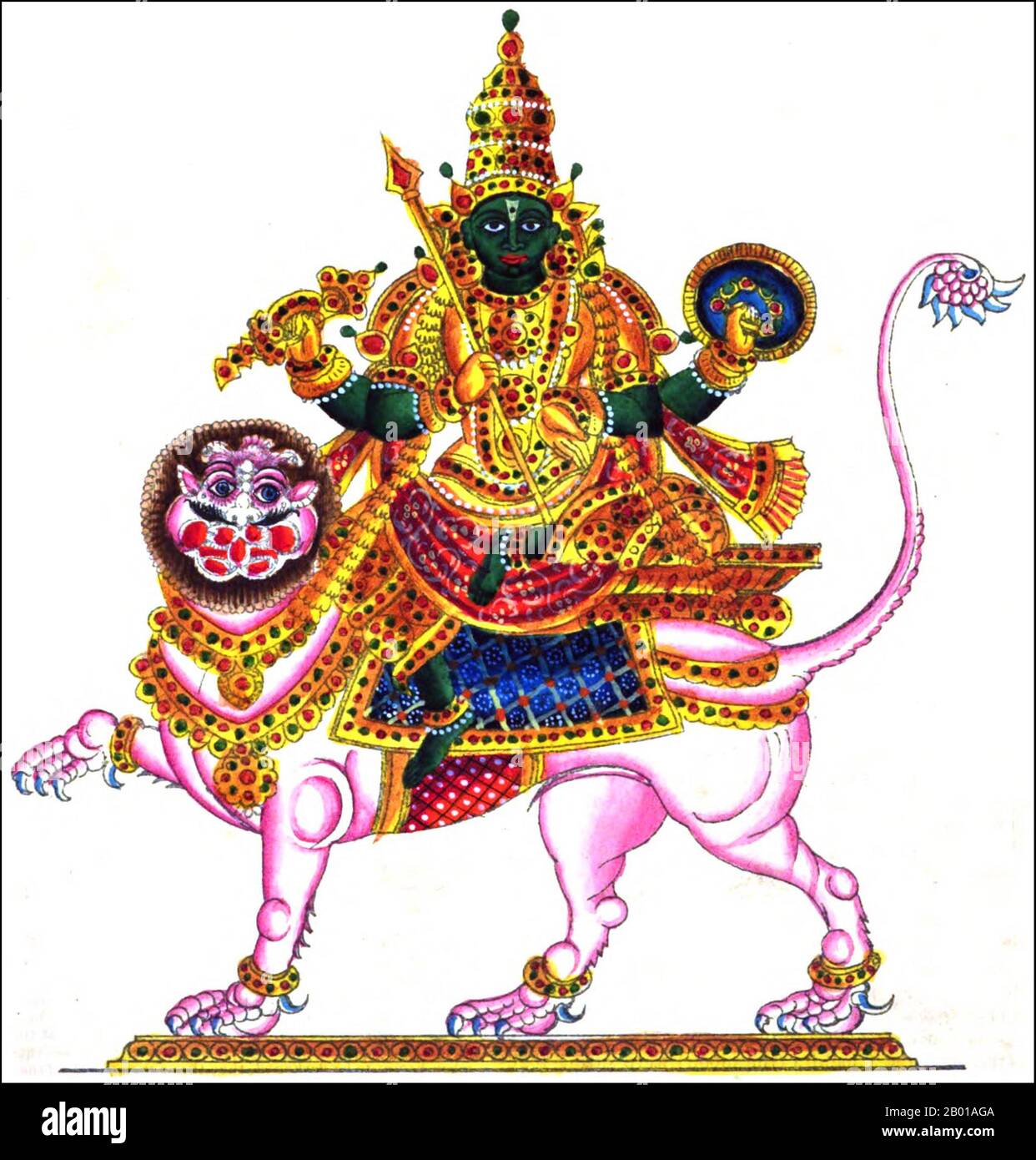 India: An Indian representation of Rahu, Snake Demon and causer of solar and lunar eclipses, 1842. In Hindu mythology, Rahu is a snake that swallows the sun or the moon causing eclipses. He is depicted in art as a dragon with no body riding a chariot drawn by eight black horses. Rahu is one of the navagrahas (nine planets) in Vedic astrology. The Rahu kala (time of day under the influence of Rahu) is considered inauspicious. Stock Photohttps://www.alamy.com/image-license-details/?v=1https://www.alamy.com/india-an-indian-representation-of-rahu-snake-demon-and-causer-of-solar-and-lunar-eclipses-1842-in-hindu-mythology-rahu-is-a-snake-that-swallows-the-sun-or-the-moon-causing-eclipses-he-is-depicted-in-art-as-a-dragon-with-no-body-riding-a-chariot-drawn-by-eight-black-horses-rahu-is-one-of-the-navagrahas-nine-planets-in-vedic-astrology-the-rahu-kala-time-of-day-under-the-influence-of-rahu-is-considered-inauspicious-image344237610.html
India: An Indian representation of Rahu, Snake Demon and causer of solar and lunar eclipses, 1842. In Hindu mythology, Rahu is a snake that swallows the sun or the moon causing eclipses. He is depicted in art as a dragon with no body riding a chariot drawn by eight black horses. Rahu is one of the navagrahas (nine planets) in Vedic astrology. The Rahu kala (time of day under the influence of Rahu) is considered inauspicious. Stock Photohttps://www.alamy.com/image-license-details/?v=1https://www.alamy.com/india-an-indian-representation-of-rahu-snake-demon-and-causer-of-solar-and-lunar-eclipses-1842-in-hindu-mythology-rahu-is-a-snake-that-swallows-the-sun-or-the-moon-causing-eclipses-he-is-depicted-in-art-as-a-dragon-with-no-body-riding-a-chariot-drawn-by-eight-black-horses-rahu-is-one-of-the-navagrahas-nine-planets-in-vedic-astrology-the-rahu-kala-time-of-day-under-the-influence-of-rahu-is-considered-inauspicious-image344237610.htmlRM2B01AGA–India: An Indian representation of Rahu, Snake Demon and causer of solar and lunar eclipses, 1842. In Hindu mythology, Rahu is a snake that swallows the sun or the moon causing eclipses. He is depicted in art as a dragon with no body riding a chariot drawn by eight black horses. Rahu is one of the navagrahas (nine planets) in Vedic astrology. The Rahu kala (time of day under the influence of Rahu) is considered inauspicious.
 Supermoon over Quadriga statue on Brandenburg Gate, Berlin Stock Photohttps://www.alamy.com/image-license-details/?v=1https://www.alamy.com/supermoon-over-quadriga-statue-on-brandenburg-gate-berlin-image352710050.html
Supermoon over Quadriga statue on Brandenburg Gate, Berlin Stock Photohttps://www.alamy.com/image-license-details/?v=1https://www.alamy.com/supermoon-over-quadriga-statue-on-brandenburg-gate-berlin-image352710050.htmlRF2BDR97E–Supermoon over Quadriga statue on Brandenburg Gate, Berlin
 A male devotee pulling a heavy chariot during the festival.Thaipusam Festival is celebrated on the full moon in the Tamil month (January/February) by the Tamil community. The word ‘Thaipusam’ is a combination of the name of a month, Thai, and the name of a star, Pusam. Stock Photohttps://www.alamy.com/image-license-details/?v=1https://www.alamy.com/a-male-devotee-pulling-a-heavy-chariot-during-the-festivalthaipusam-festival-is-celebrated-on-the-full-moon-in-the-tamil-month-januaryfebruary-by-the-tamil-community-the-word-thaipusam-is-a-combination-of-the-name-of-a-month-thai-and-the-name-of-a-star-pusam-image344429235.html
A male devotee pulling a heavy chariot during the festival.Thaipusam Festival is celebrated on the full moon in the Tamil month (January/February) by the Tamil community. The word ‘Thaipusam’ is a combination of the name of a month, Thai, and the name of a star, Pusam. Stock Photohttps://www.alamy.com/image-license-details/?v=1https://www.alamy.com/a-male-devotee-pulling-a-heavy-chariot-during-the-festivalthaipusam-festival-is-celebrated-on-the-full-moon-in-the-tamil-month-januaryfebruary-by-the-tamil-community-the-word-thaipusam-is-a-combination-of-the-name-of-a-month-thai-and-the-name-of-a-star-pusam-image344429235.htmlRM2B0A303–A male devotee pulling a heavy chariot during the festival.Thaipusam Festival is celebrated on the full moon in the Tamil month (January/February) by the Tamil community. The word ‘Thaipusam’ is a combination of the name of a month, Thai, and the name of a star, Pusam.
 The worship of god Jagannath on the chariot, during “Rathyatra” festival. The annual “Rathayatra” or chariot journey is an important Hindu festival, referring primarily to the journey of the god Jagannath or Vishnu to the sea. It is observed on the second day of the new moon in Asadha, the fourth month of the Hindu calendar. The return journey takes place on the 11th day of the moon. The chariot is thus brought back to its starting point after eight days. Hindus believe that seeing Jagannath on his chariot will release them from the cycle of rebirth. Hindu devotees accordingly arrange this cha Stock Photohttps://www.alamy.com/image-license-details/?v=1https://www.alamy.com/the-worship-of-god-jagannath-on-the-chariot-during-rathyatra-festival-the-annual-rathayatra-or-chariot-journey-is-an-important-hindu-festival-referring-primarily-to-the-journey-of-the-god-jagannath-or-vishnu-to-the-sea-it-is-observed-on-the-second-day-of-the-new-moon-in-asadha-the-fourth-month-of-the-hindu-calendar-the-return-journey-takes-place-on-the-11th-day-of-the-moon-the-chariot-is-thus-brought-back-to-its-starting-point-after-eight-days-hindus-believe-that-seeing-jagannath-on-his-chariot-will-release-them-from-the-cycle-of-rebirth-hindu-devotees-accordingly-arrange-this-cha-image431512651.html
The worship of god Jagannath on the chariot, during “Rathyatra” festival. The annual “Rathayatra” or chariot journey is an important Hindu festival, referring primarily to the journey of the god Jagannath or Vishnu to the sea. It is observed on the second day of the new moon in Asadha, the fourth month of the Hindu calendar. The return journey takes place on the 11th day of the moon. The chariot is thus brought back to its starting point after eight days. Hindus believe that seeing Jagannath on his chariot will release them from the cycle of rebirth. Hindu devotees accordingly arrange this cha Stock Photohttps://www.alamy.com/image-license-details/?v=1https://www.alamy.com/the-worship-of-god-jagannath-on-the-chariot-during-rathyatra-festival-the-annual-rathayatra-or-chariot-journey-is-an-important-hindu-festival-referring-primarily-to-the-journey-of-the-god-jagannath-or-vishnu-to-the-sea-it-is-observed-on-the-second-day-of-the-new-moon-in-asadha-the-fourth-month-of-the-hindu-calendar-the-return-journey-takes-place-on-the-11th-day-of-the-moon-the-chariot-is-thus-brought-back-to-its-starting-point-after-eight-days-hindus-believe-that-seeing-jagannath-on-his-chariot-will-release-them-from-the-cycle-of-rebirth-hindu-devotees-accordingly-arrange-this-cha-image431512651.htmlRM2G212P3–The worship of god Jagannath on the chariot, during “Rathyatra” festival. The annual “Rathayatra” or chariot journey is an important Hindu festival, referring primarily to the journey of the god Jagannath or Vishnu to the sea. It is observed on the second day of the new moon in Asadha, the fourth month of the Hindu calendar. The return journey takes place on the 11th day of the moon. The chariot is thus brought back to its starting point after eight days. Hindus believe that seeing Jagannath on his chariot will release them from the cycle of rebirth. Hindu devotees accordingly arrange this cha
 RÄvaṇa sends out Vajradaṃṣá¹ra, a boar-headed demon, whose chariot-horses stumble and whose battle standard of a crescent moon is laid low as he leaves the city. Consternation is expressed by Vajradaṃṣá¹ra as blood falls from the sky in an ill-omen. He is slain by Aá¹…gada with a huge rock and his charioteer holds up his hands in horror. Aá¹…gada is congratulated by RÄma and the other leaders on the left, and messengers return to RÄvaṇa on the right. Ramayana. Udaipur, c.1653. Source: Add.15297(1), f.50. Stock Photohttps://www.alamy.com/image-license-details/?v=1https://www.alamy.com/rvaa-sends-out-vajradara-a-boar-headed-demon-whose-chariot-horses-stumble-and-whose-battle-standard-of-a-crescent-moon-is-laid-low-as-he-leaves-the-city-consternation-is-expressed-by-vajradara-as-blood-falls-from-the-sky-in-an-ill-omen-he-is-slain-by-agada-with-a-huge-rock-and-his-charioteer-holds-up-his-hands-in-horror-agada-is-congratulated-by-rma-and-the-other-leaders-on-the-left-and-messengers-return-to-rvaa-on-the-right-ramayana-udaipur-c1653-source-add152971-f50-image227158889.html
RÄvaṇa sends out Vajradaṃṣá¹ra, a boar-headed demon, whose chariot-horses stumble and whose battle standard of a crescent moon is laid low as he leaves the city. Consternation is expressed by Vajradaṃṣá¹ra as blood falls from the sky in an ill-omen. He is slain by Aá¹…gada with a huge rock and his charioteer holds up his hands in horror. Aá¹…gada is congratulated by RÄma and the other leaders on the left, and messengers return to RÄvaṇa on the right. Ramayana. Udaipur, c.1653. Source: Add.15297(1), f.50. Stock Photohttps://www.alamy.com/image-license-details/?v=1https://www.alamy.com/rvaa-sends-out-vajradara-a-boar-headed-demon-whose-chariot-horses-stumble-and-whose-battle-standard-of-a-crescent-moon-is-laid-low-as-he-leaves-the-city-consternation-is-expressed-by-vajradara-as-blood-falls-from-the-sky-in-an-ill-omen-he-is-slain-by-agada-with-a-huge-rock-and-his-charioteer-holds-up-his-hands-in-horror-agada-is-congratulated-by-rma-and-the-other-leaders-on-the-left-and-messengers-return-to-rvaa-on-the-right-ramayana-udaipur-c1653-source-add152971-f50-image227158889.htmlRMR5FYDD–RÄvaṇa sends out Vajradaṃṣá¹ra, a boar-headed demon, whose chariot-horses stumble and whose battle standard of a crescent moon is laid low as he leaves the city. Consternation is expressed by Vajradaṃṣá¹ra as blood falls from the sky in an ill-omen. He is slain by Aá¹…gada with a huge rock and his charioteer holds up his hands in horror. Aá¹…gada is congratulated by RÄma and the other leaders on the left, and messengers return to RÄvaṇa on the right. Ramayana. Udaipur, c.1653. Source: Add.15297(1), f.50.
 Head of a horse from the chariot of Selene. East pediment. Marble. C. 447-438 BC. Supervision of Phidias and his assistants. Parthenon of Acropolis of Athens, Greece. British Museum. London, United Kingdom. Stock Photohttps://www.alamy.com/image-license-details/?v=1https://www.alamy.com/head-of-a-horse-from-the-chariot-of-selene-east-pediment-marble-c-447-438-bc-supervision-of-phidias-and-his-assistants-parthenon-of-acropolis-of-athens-greece-british-museum-london-united-kingdom-image179832768.html
Head of a horse from the chariot of Selene. East pediment. Marble. C. 447-438 BC. Supervision of Phidias and his assistants. Parthenon of Acropolis of Athens, Greece. British Museum. London, United Kingdom. Stock Photohttps://www.alamy.com/image-license-details/?v=1https://www.alamy.com/head-of-a-horse-from-the-chariot-of-selene-east-pediment-marble-c-447-438-bc-supervision-of-phidias-and-his-assistants-parthenon-of-acropolis-of-athens-greece-british-museum-london-united-kingdom-image179832768.htmlRMMCG2ET–Head of a horse from the chariot of Selene. East pediment. Marble. C. 447-438 BC. Supervision of Phidias and his assistants. Parthenon of Acropolis of Athens, Greece. British Museum. London, United Kingdom.
 Indian men pulling a ratha chariot car by the light of a lantern on a primitive dirt road during a monthly hindu festival Stock Photohttps://www.alamy.com/image-license-details/?v=1https://www.alamy.com/stock-photo-indian-men-pulling-a-ratha-chariot-car-by-the-light-of-a-lantern-on-92246105.html
Indian men pulling a ratha chariot car by the light of a lantern on a primitive dirt road during a monthly hindu festival Stock Photohttps://www.alamy.com/image-license-details/?v=1https://www.alamy.com/stock-photo-indian-men-pulling-a-ratha-chariot-car-by-the-light-of-a-lantern-on-92246105.htmlRMFA24RN–Indian men pulling a ratha chariot car by the light of a lantern on a primitive dirt road during a monthly hindu festival
 Statue of a horses head from the chariot of the moon-goddess Selene. Acropolis, Athens, 438-432 BC. From the east pediment of the Parthenon. It shows the horse as weary from it's night-long labour. Stock Photohttps://www.alamy.com/image-license-details/?v=1https://www.alamy.com/stock-photo-statue-of-a-horses-head-from-the-chariot-of-the-moon-goddess-selene-57306060.html
Statue of a horses head from the chariot of the moon-goddess Selene. Acropolis, Athens, 438-432 BC. From the east pediment of the Parthenon. It shows the horse as weary from it's night-long labour. Stock Photohttps://www.alamy.com/image-license-details/?v=1https://www.alamy.com/stock-photo-statue-of-a-horses-head-from-the-chariot-of-the-moon-goddess-selene-57306060.htmlRMD96ED0–Statue of a horses head from the chariot of the moon-goddess Selene. Acropolis, Athens, 438-432 BC. From the east pediment of the Parthenon. It shows the horse as weary from it's night-long labour.
 Marble sarcophagus with the myth of Endymion. Culture: Roman. Dimensions: Overall: 19 1/4 x 78 1/4 x 21 in. (48.9 x 198.8 x 53.3 cm). Date: mid-2nd century A.D.. Found on the Via Ardeatina, on the outskirts of Rome The myth of Endymion, a beautiful shepherd who was so loved by the moon goddess Selene that she gave him eternal youth with eternal sleep, became a popular funerary motif in Roman art. Here, the moon goddess alights from her chariot to visit her reclining lover. Both this sarcophagus and another that faces the open area with a fountain in the courtyard, are decorated with this sub Stock Photohttps://www.alamy.com/image-license-details/?v=1https://www.alamy.com/marble-sarcophagus-with-the-myth-of-endymion-culture-roman-dimensions-overall-19-14-x-78-14-x-21-in-489-x-1988-x-533-cm-date-mid-2nd-century-ad-found-on-the-via-ardeatina-on-the-outskirts-of-rome-the-myth-of-endymion-a-beautiful-shepherd-who-was-so-loved-by-the-moon-goddess-selene-that-she-gave-him-eternal-youth-with-eternal-sleep-became-a-popular-funerary-motif-in-roman-art-here-the-moon-goddess-alights-from-her-chariot-to-visit-her-reclining-lover-both-this-sarcophagus-and-another-that-faces-the-open-area-with-a-fountain-in-the-courtyard-are-decorated-with-this-sub-image213196913.html
Marble sarcophagus with the myth of Endymion. Culture: Roman. Dimensions: Overall: 19 1/4 x 78 1/4 x 21 in. (48.9 x 198.8 x 53.3 cm). Date: mid-2nd century A.D.. Found on the Via Ardeatina, on the outskirts of Rome The myth of Endymion, a beautiful shepherd who was so loved by the moon goddess Selene that she gave him eternal youth with eternal sleep, became a popular funerary motif in Roman art. Here, the moon goddess alights from her chariot to visit her reclining lover. Both this sarcophagus and another that faces the open area with a fountain in the courtyard, are decorated with this sub Stock Photohttps://www.alamy.com/image-license-details/?v=1https://www.alamy.com/marble-sarcophagus-with-the-myth-of-endymion-culture-roman-dimensions-overall-19-14-x-78-14-x-21-in-489-x-1988-x-533-cm-date-mid-2nd-century-ad-found-on-the-via-ardeatina-on-the-outskirts-of-rome-the-myth-of-endymion-a-beautiful-shepherd-who-was-so-loved-by-the-moon-goddess-selene-that-she-gave-him-eternal-youth-with-eternal-sleep-became-a-popular-funerary-motif-in-roman-art-here-the-moon-goddess-alights-from-her-chariot-to-visit-her-reclining-lover-both-this-sarcophagus-and-another-that-faces-the-open-area-with-a-fountain-in-the-courtyard-are-decorated-with-this-sub-image213196913.htmlRMPARXRD–Marble sarcophagus with the myth of Endymion. Culture: Roman. Dimensions: Overall: 19 1/4 x 78 1/4 x 21 in. (48.9 x 198.8 x 53.3 cm). Date: mid-2nd century A.D.. Found on the Via Ardeatina, on the outskirts of Rome The myth of Endymion, a beautiful shepherd who was so loved by the moon goddess Selene that she gave him eternal youth with eternal sleep, became a popular funerary motif in Roman art. Here, the moon goddess alights from her chariot to visit her reclining lover. Both this sarcophagus and another that faces the open area with a fountain in the courtyard, are decorated with this sub
 Horse from the chariot of the moon goddess Selene from East Pediment of Parthenon Stock Photohttps://www.alamy.com/image-license-details/?v=1https://www.alamy.com/horse-from-the-chariot-of-the-moon-goddess-selene-from-east-pediment-image7210766.html
Horse from the chariot of the moon goddess Selene from East Pediment of Parthenon Stock Photohttps://www.alamy.com/image-license-details/?v=1https://www.alamy.com/horse-from-the-chariot-of-the-moon-goddess-selene-from-east-pediment-image7210766.htmlRMAAFXTF–Horse from the chariot of the moon goddess Selene from East Pediment of Parthenon
 Quadriga on the Siegestor Gate, moon, Munich, Bavaria, Germany, Europe Stock Photohttps://www.alamy.com/image-license-details/?v=1https://www.alamy.com/stock-photo-quadriga-on-the-siegestor-gate-moon-munich-bavaria-germany-europe-24151156.html
Quadriga on the Siegestor Gate, moon, Munich, Bavaria, Germany, Europe Stock Photohttps://www.alamy.com/image-license-details/?v=1https://www.alamy.com/stock-photo-quadriga-on-the-siegestor-gate-moon-munich-bavaria-germany-europe-24151156.htmlRMBB8518–Quadriga on the Siegestor Gate, moon, Munich, Bavaria, Germany, Europe